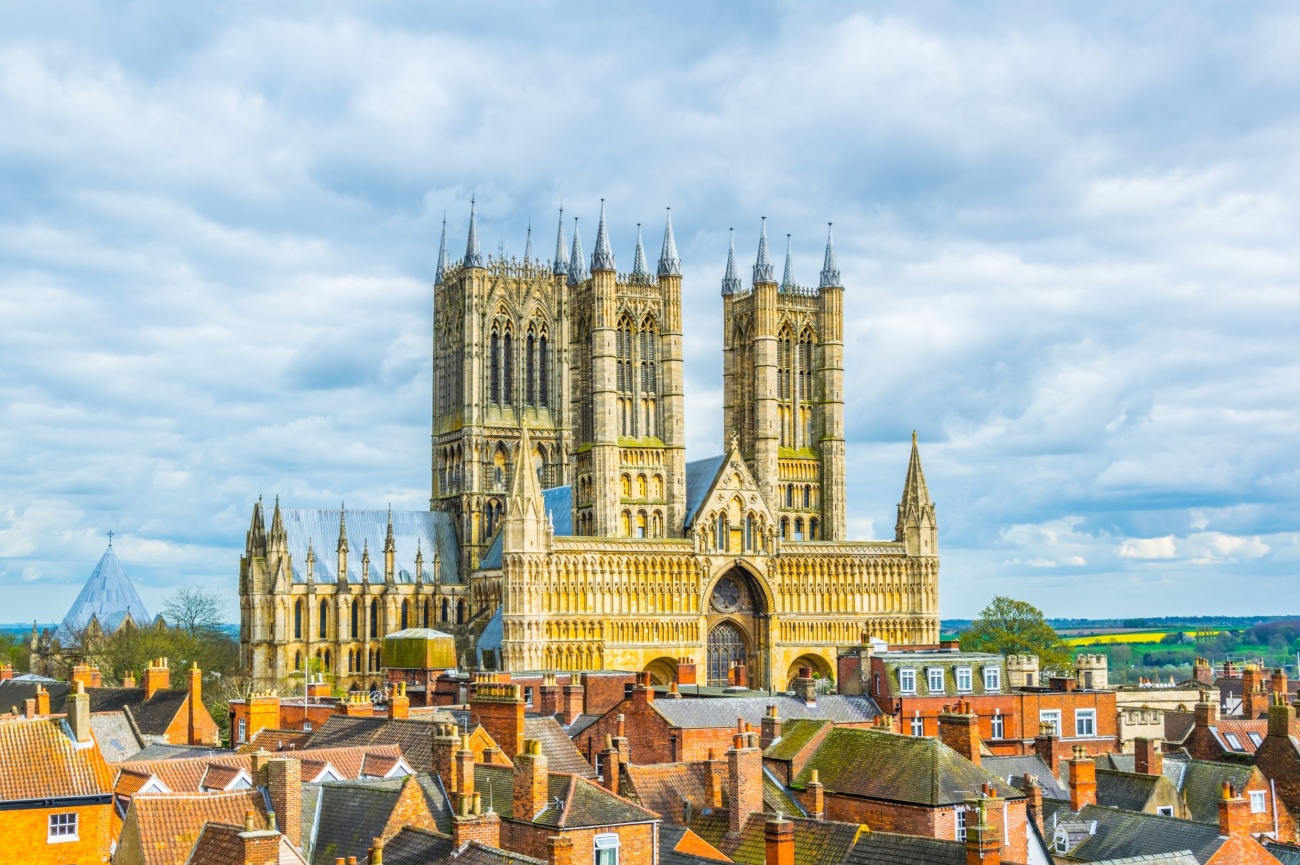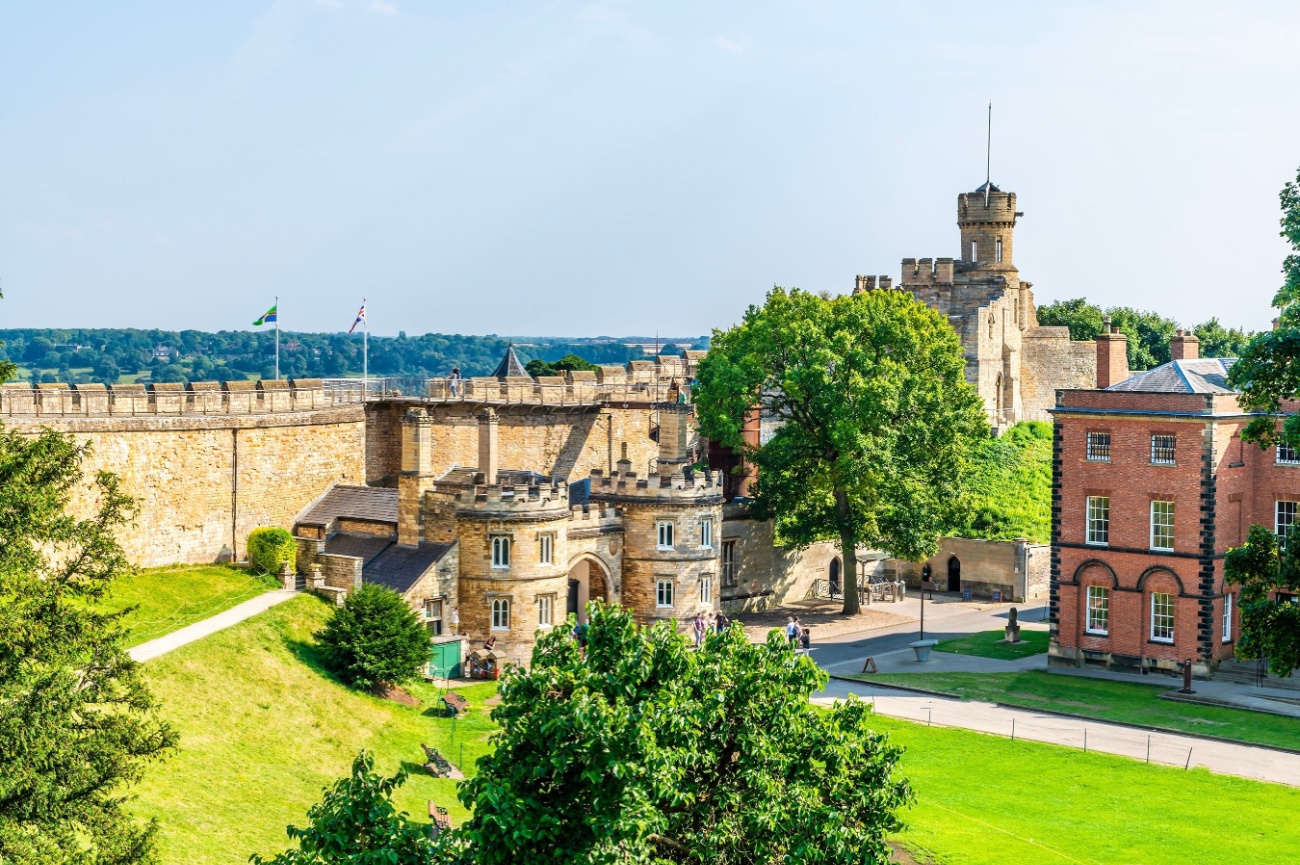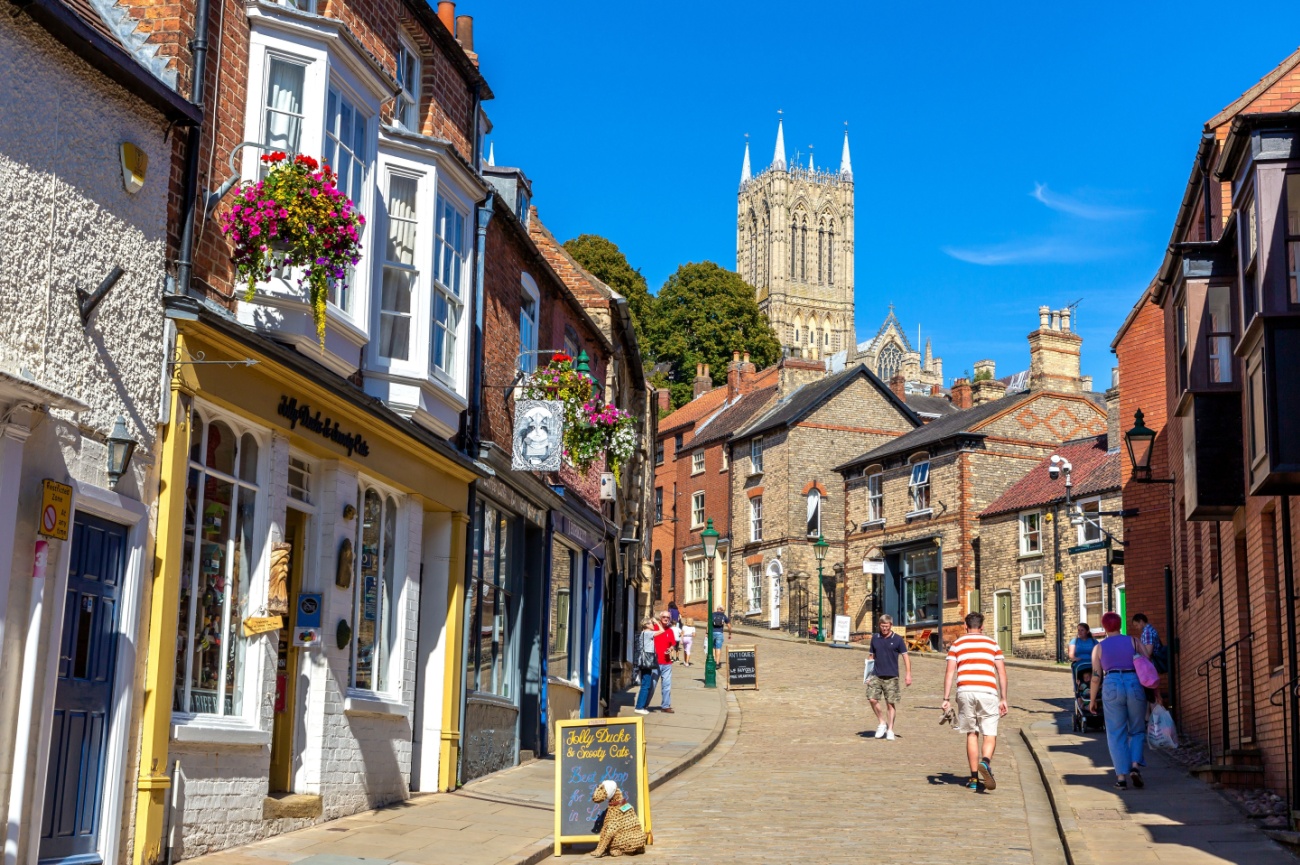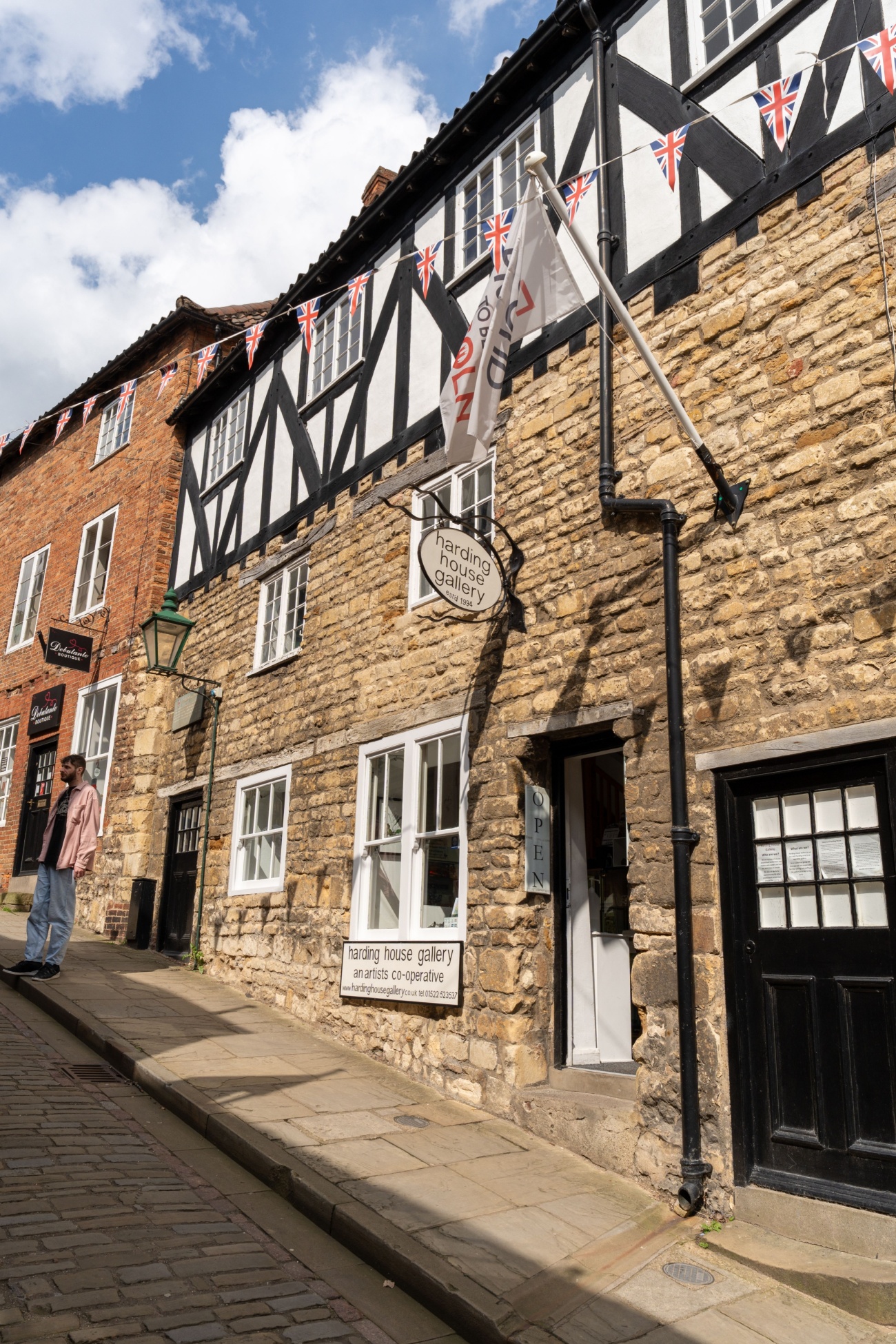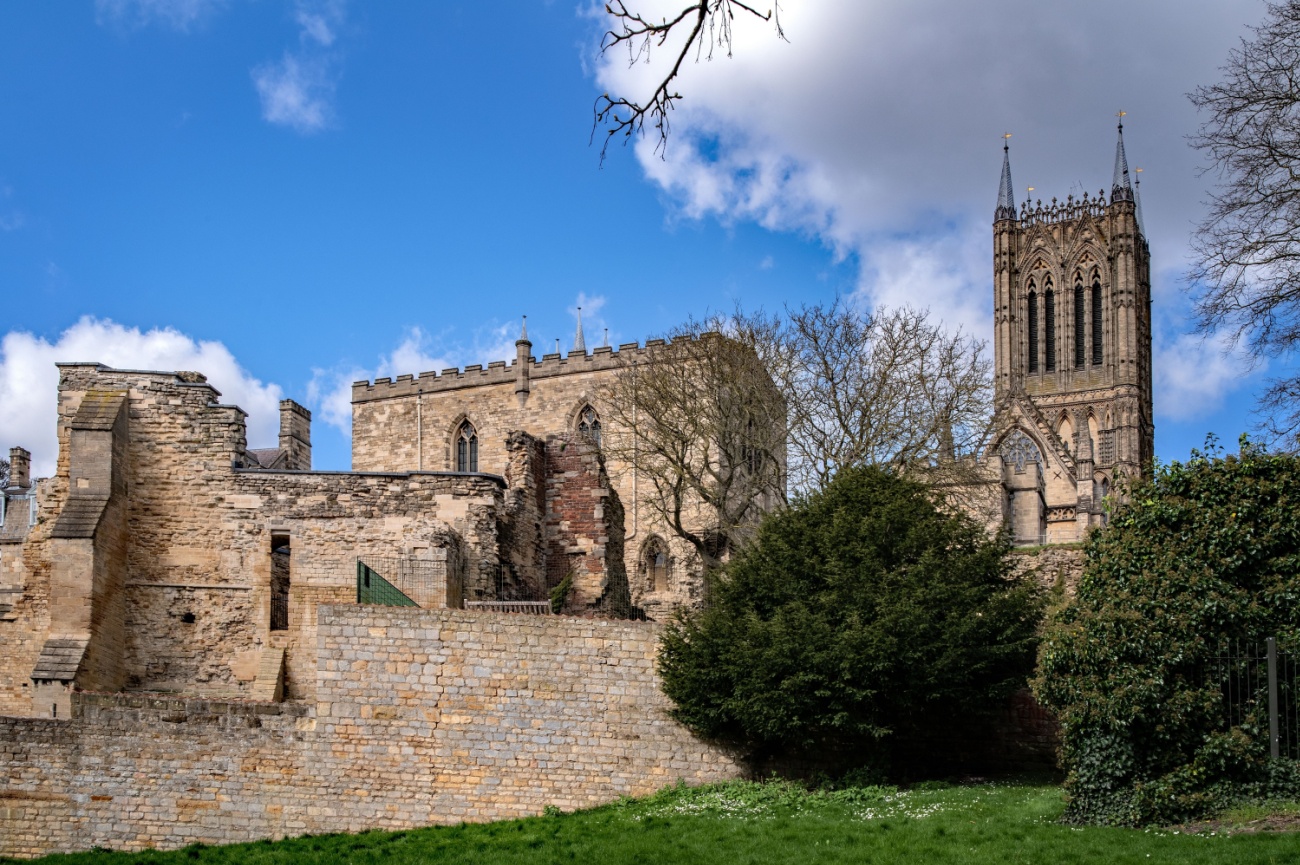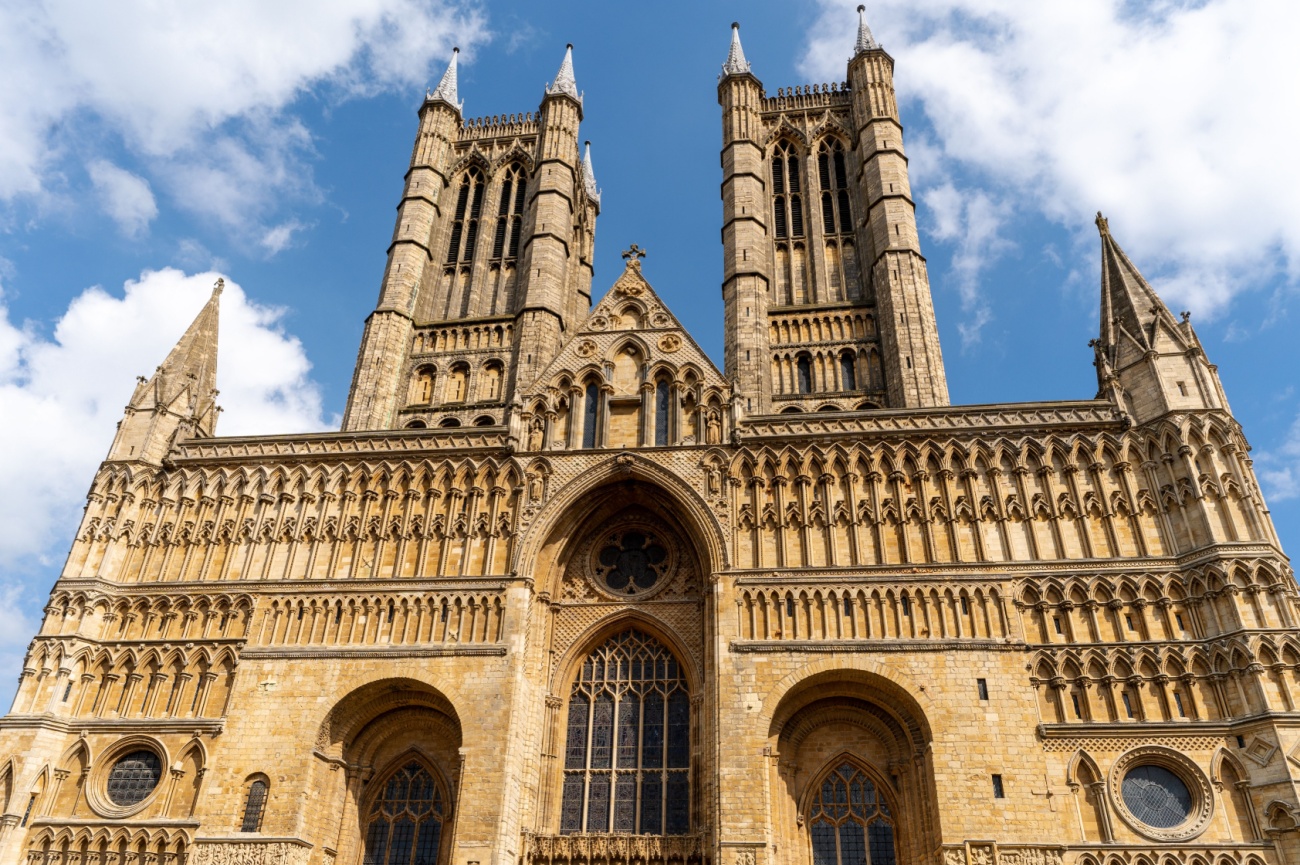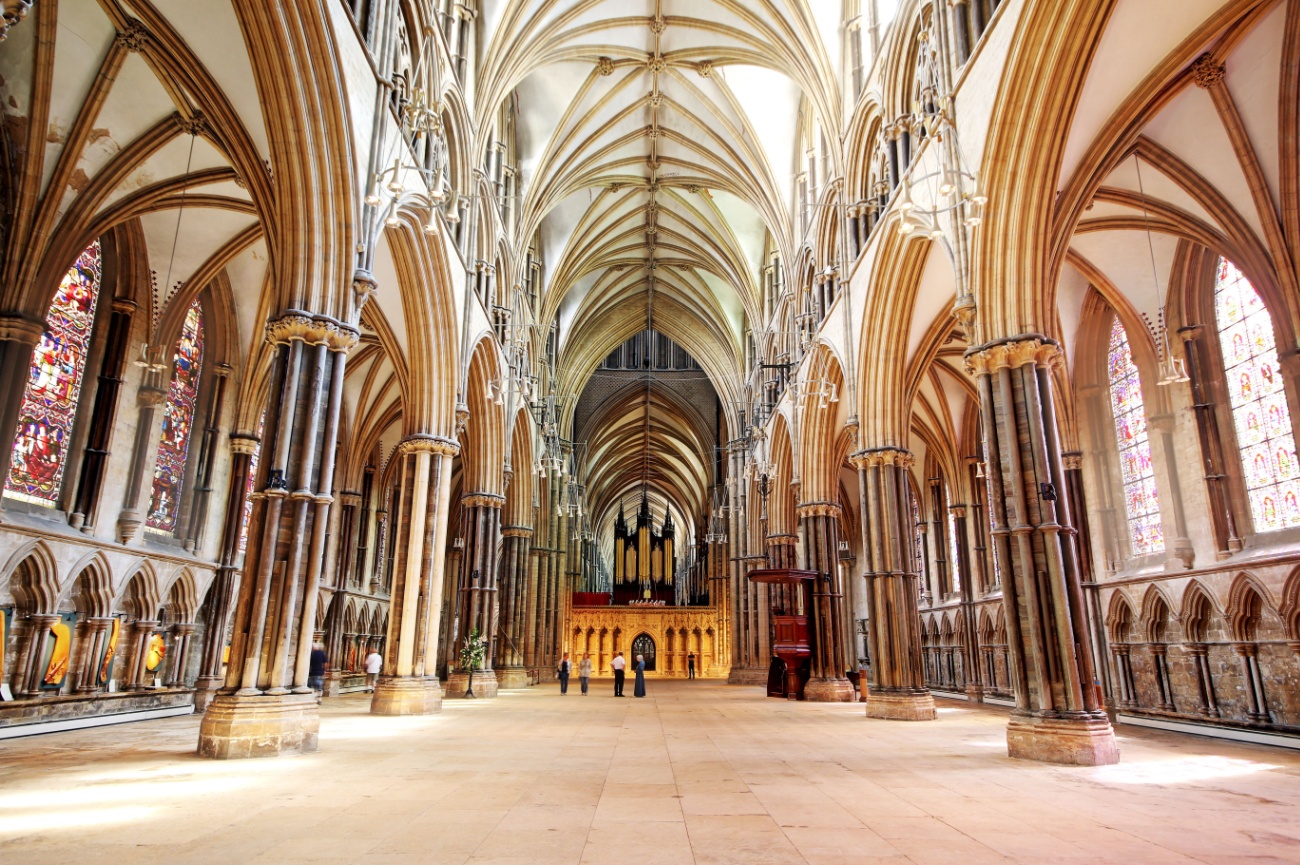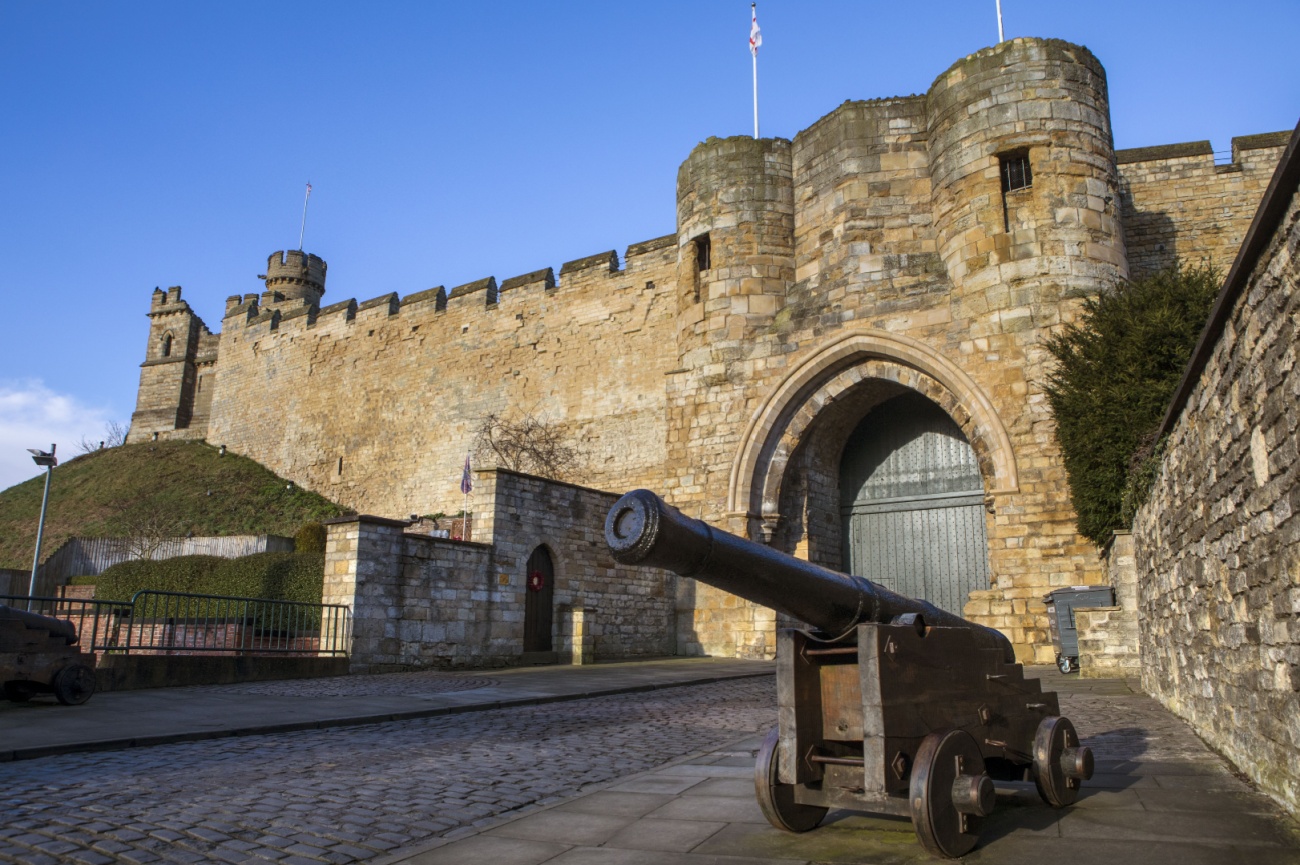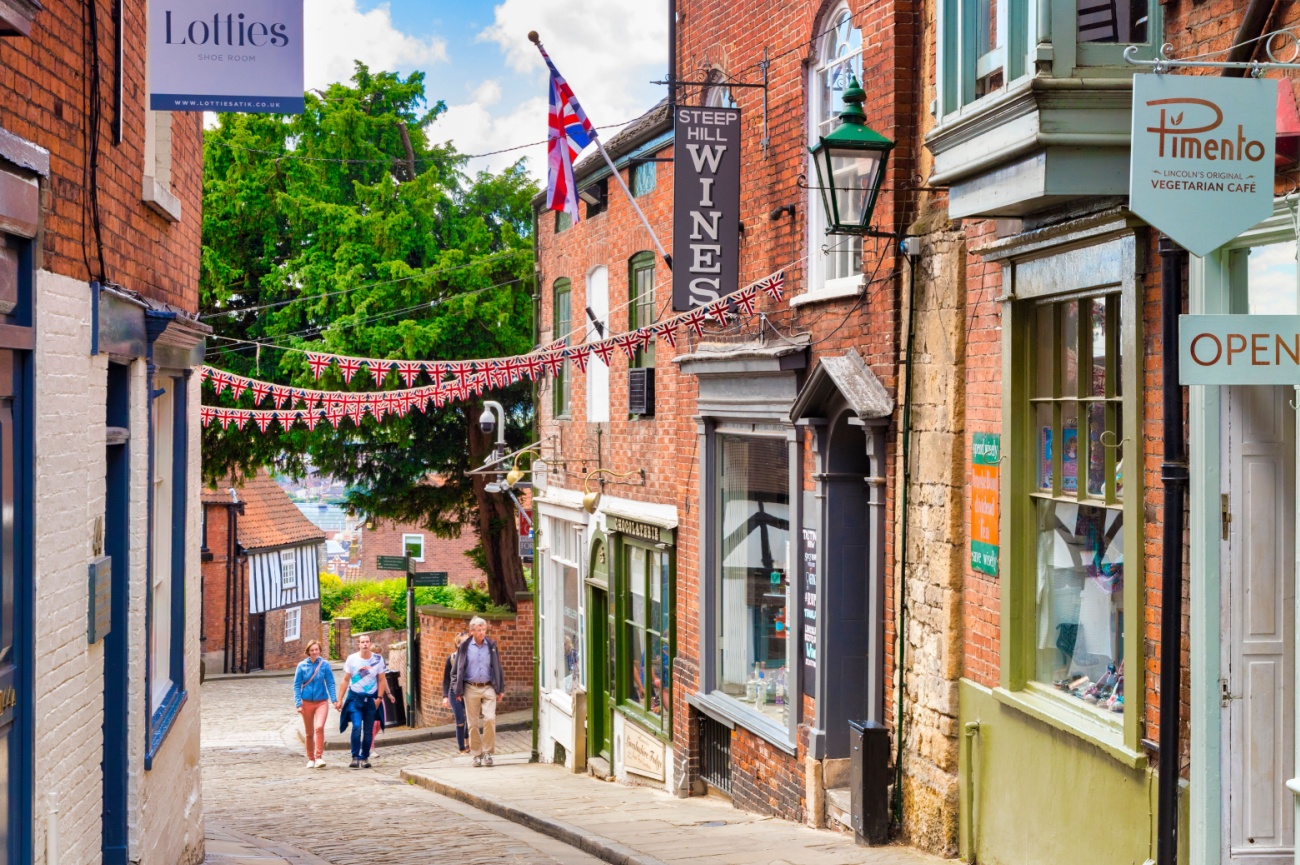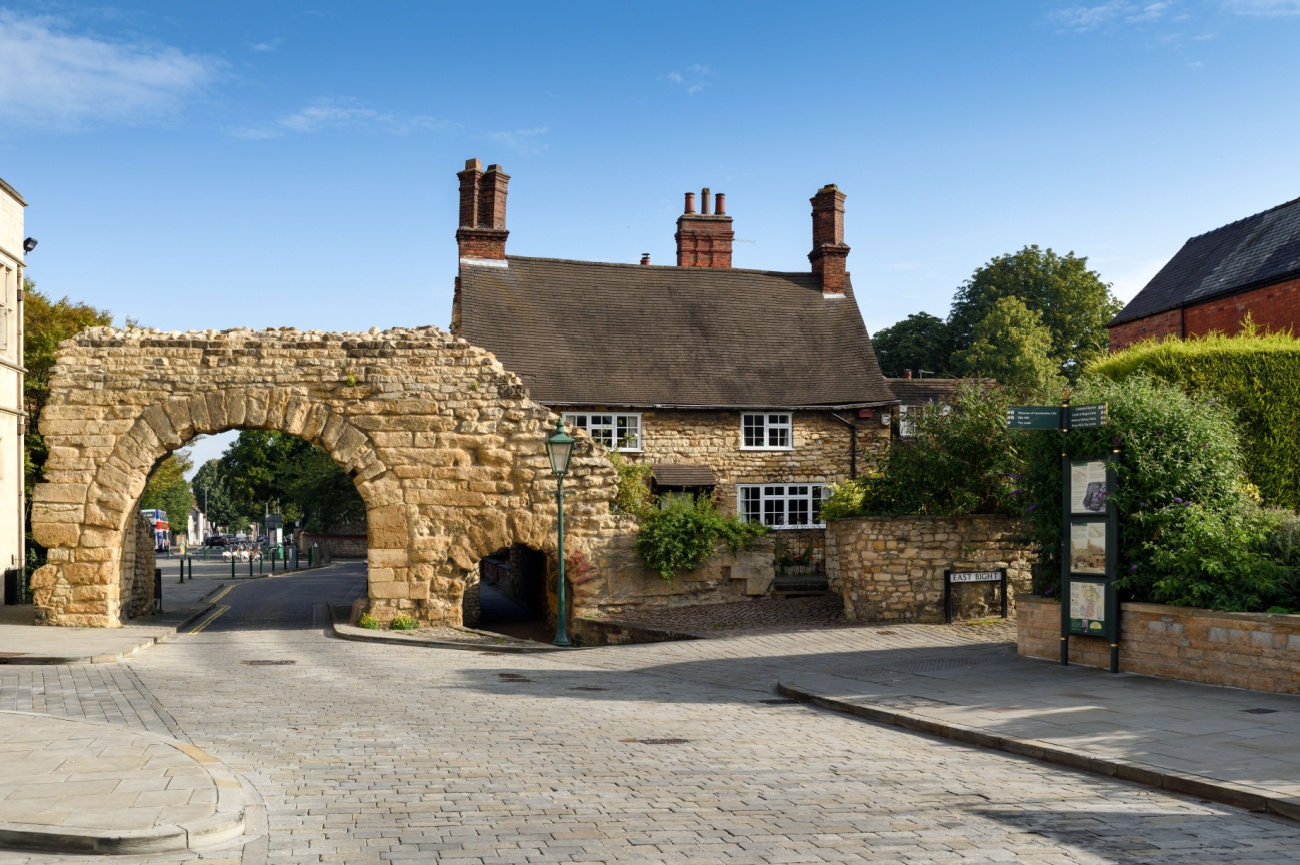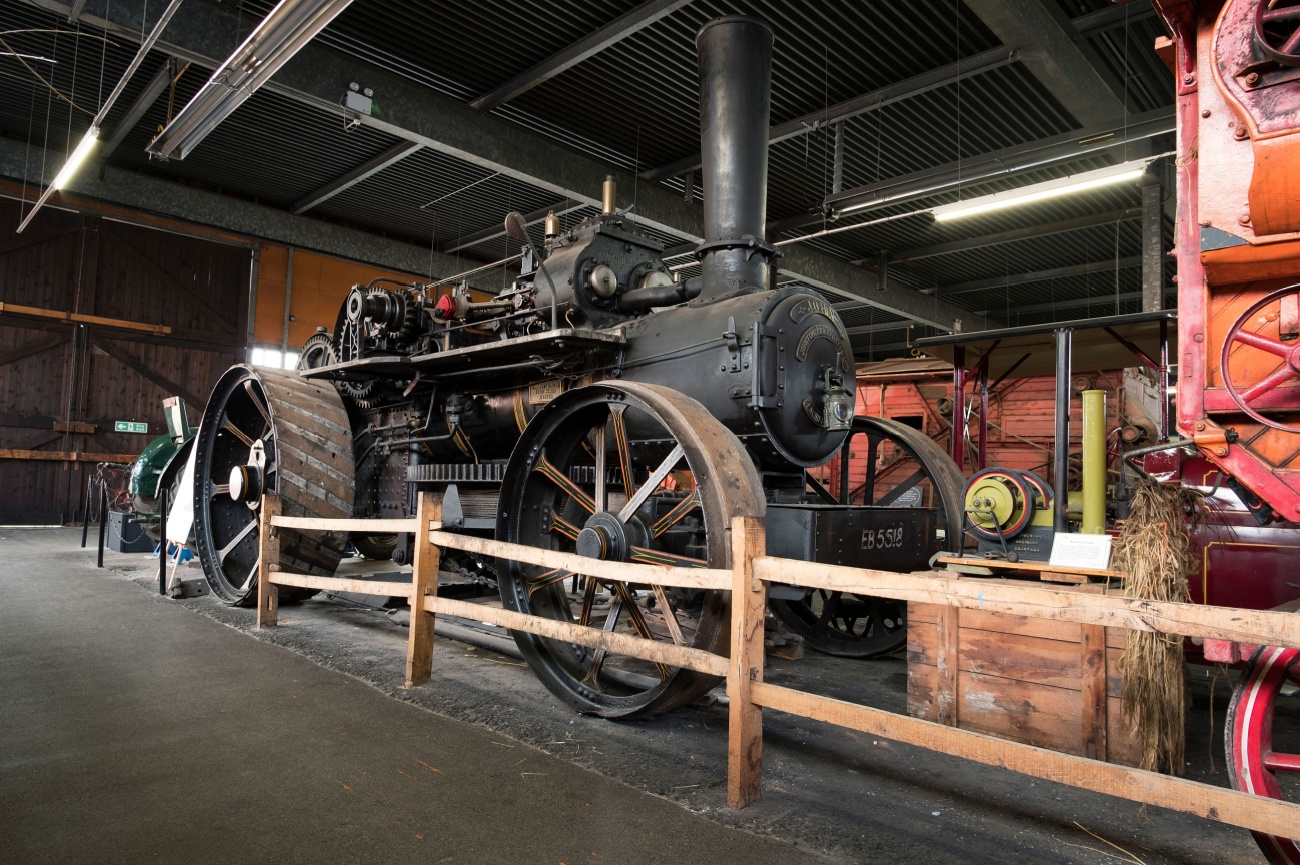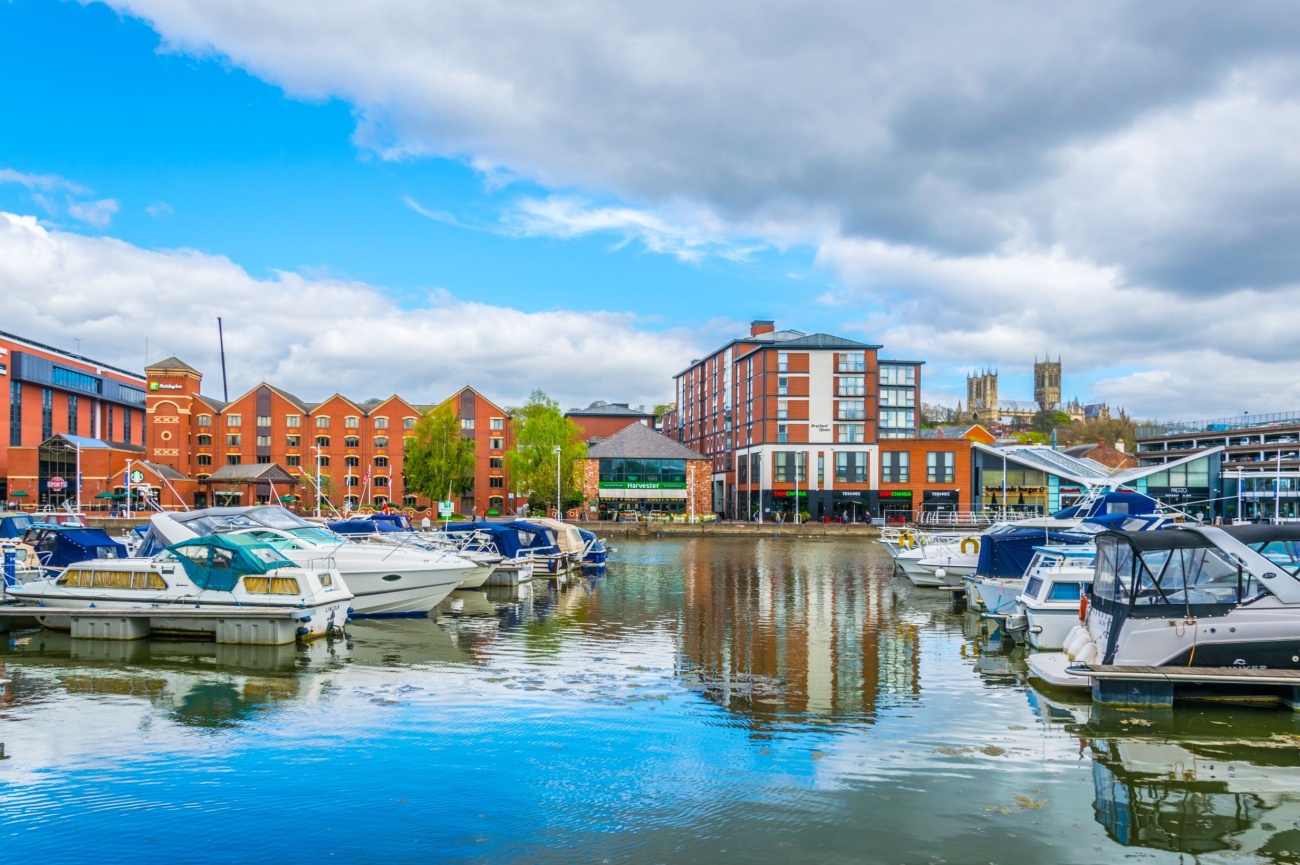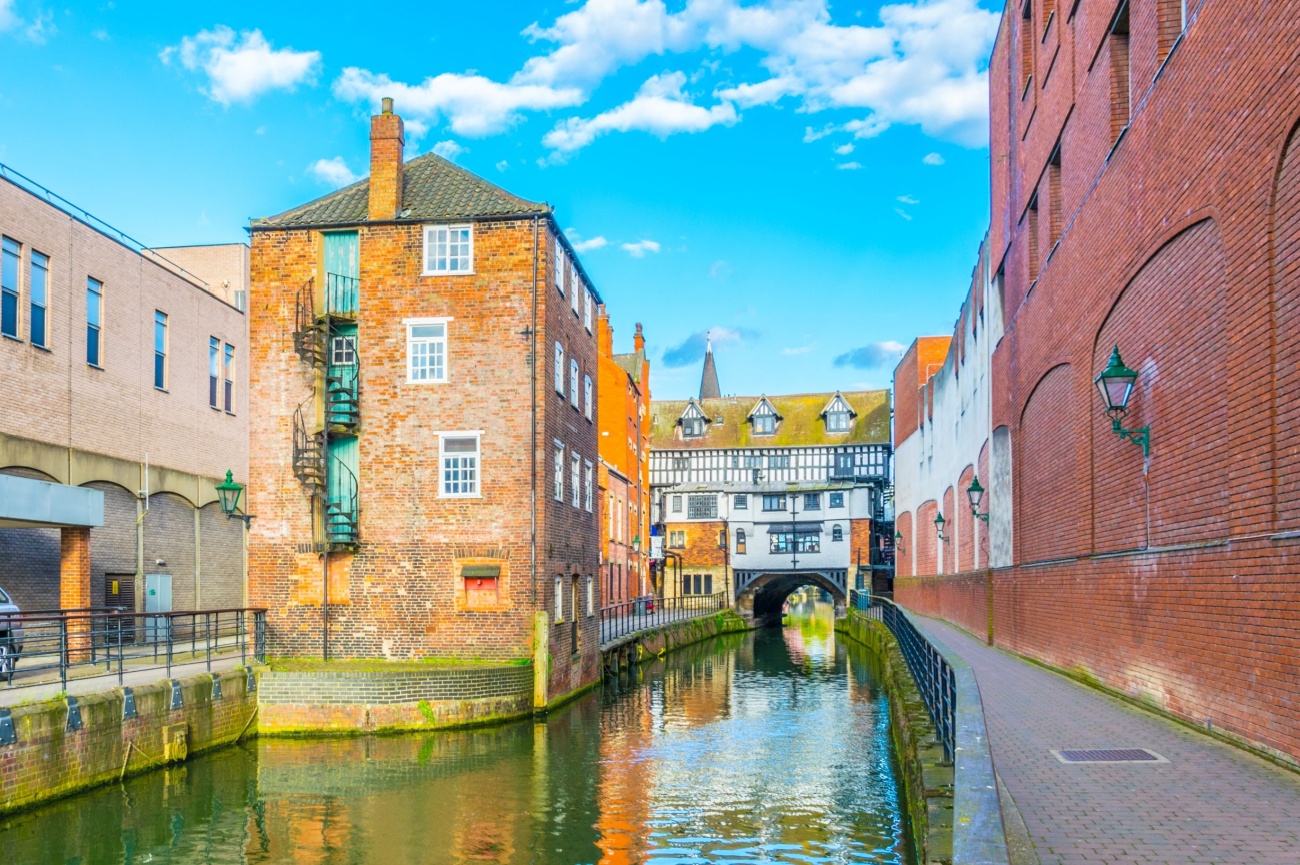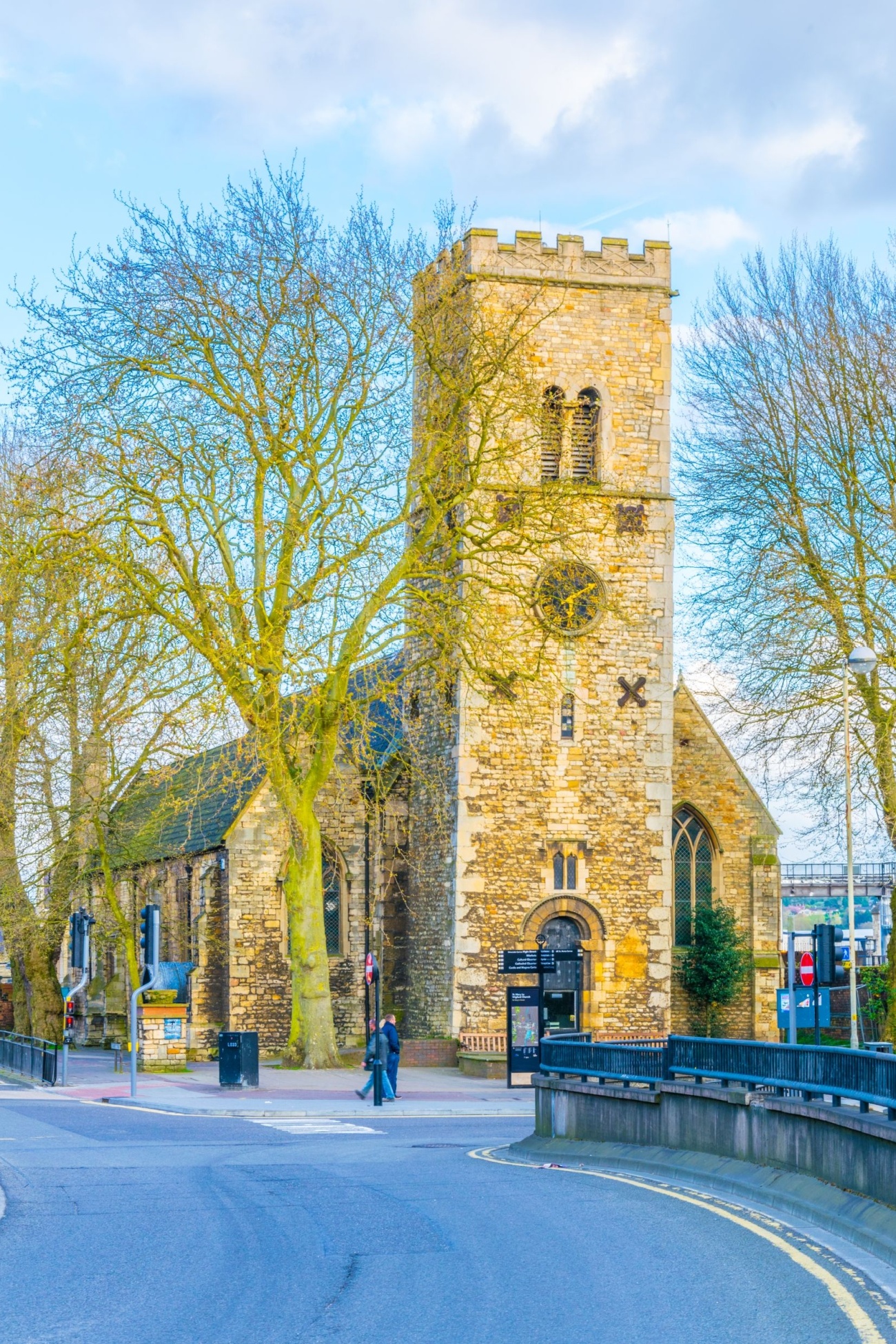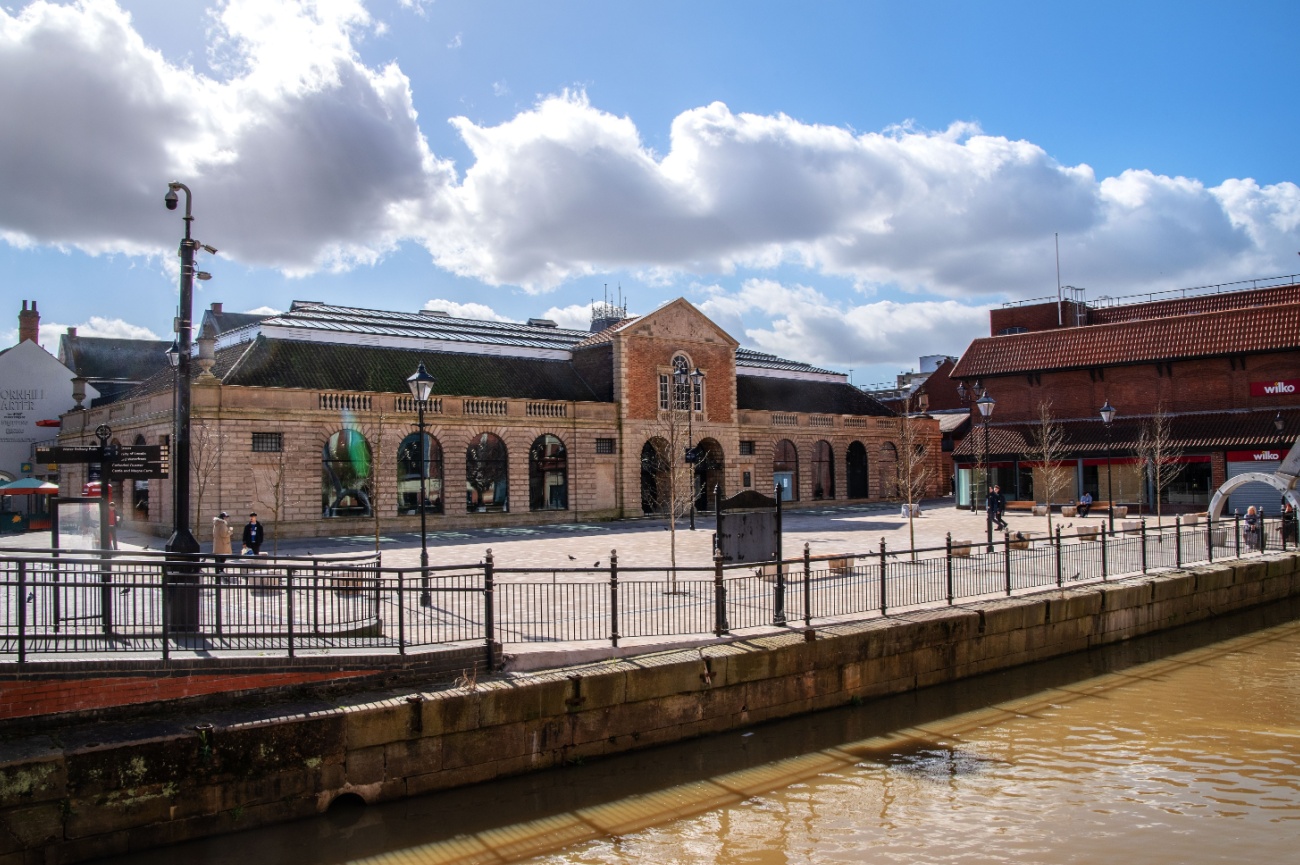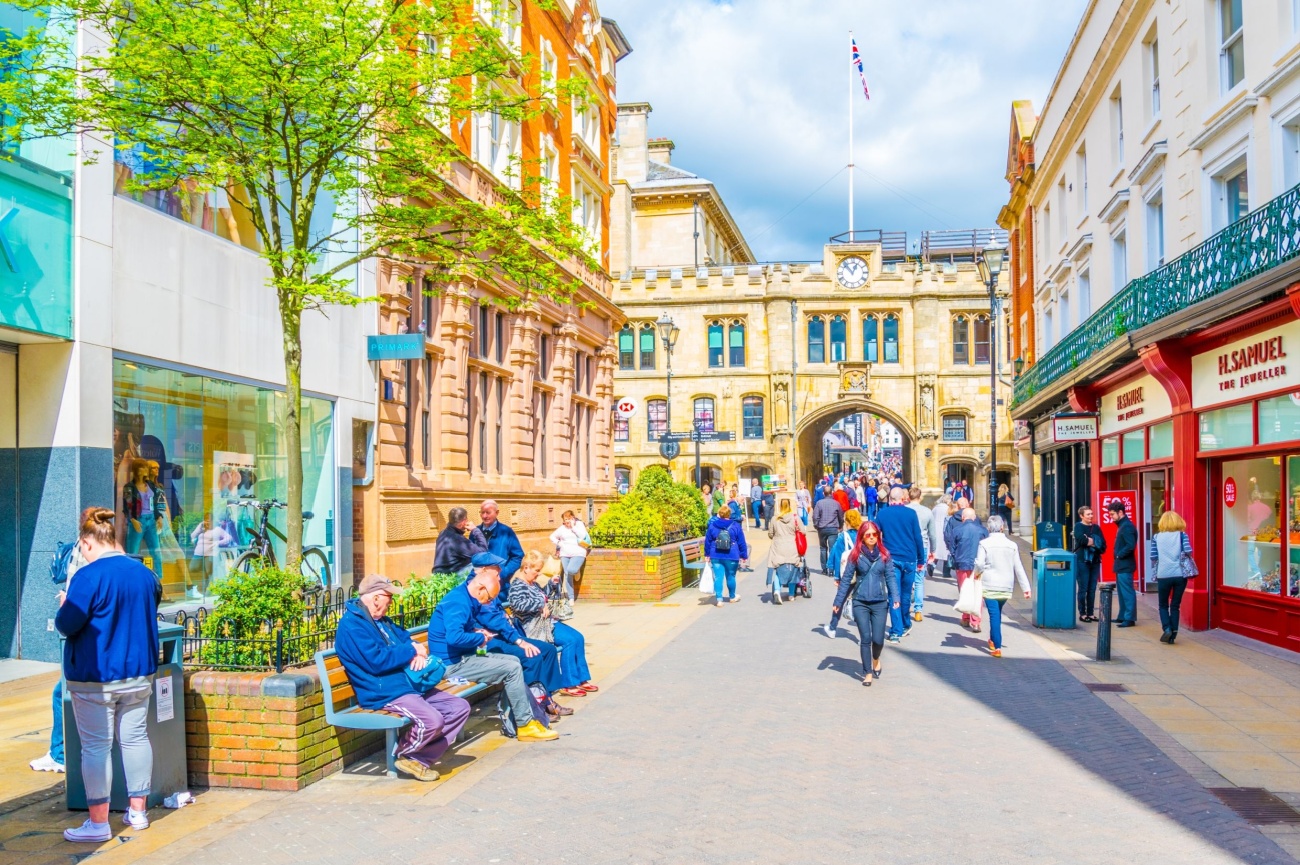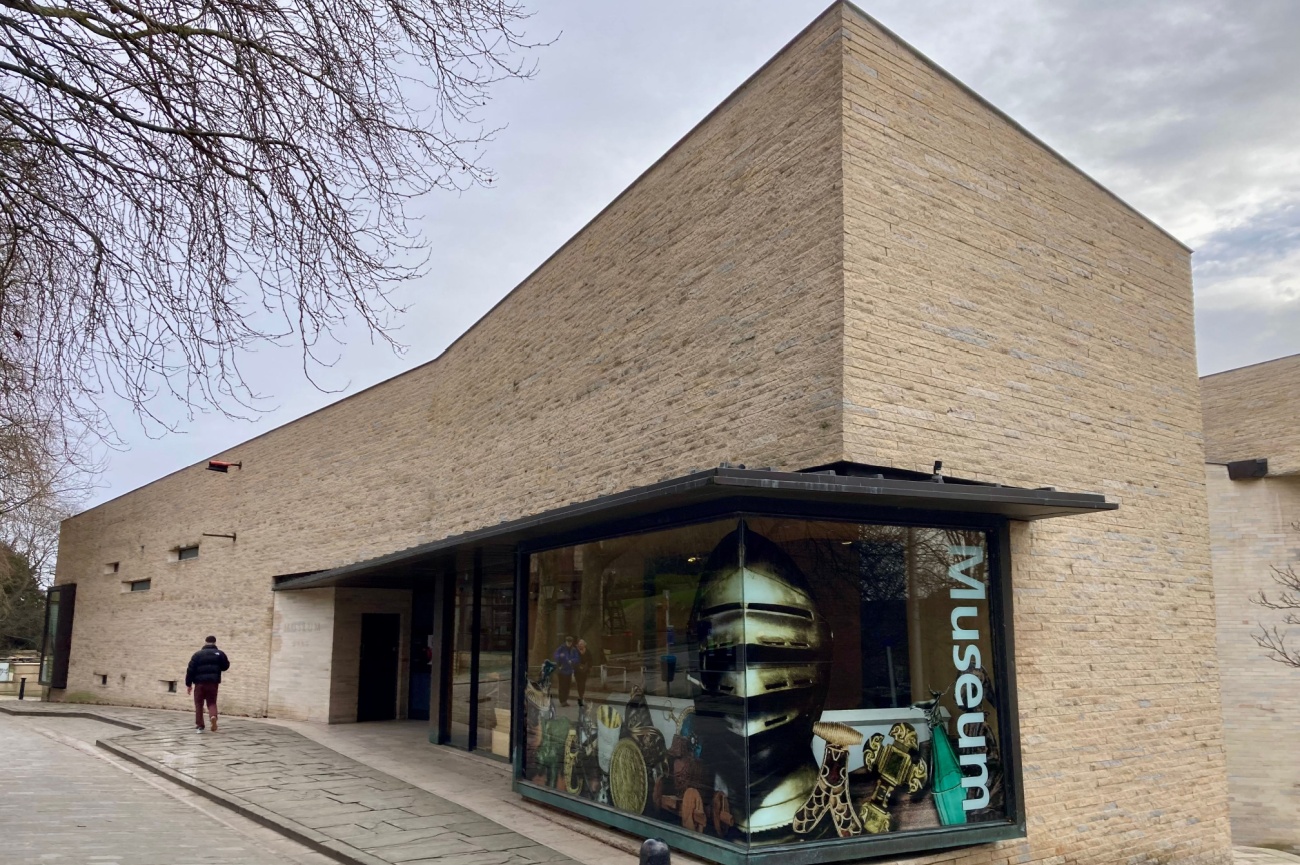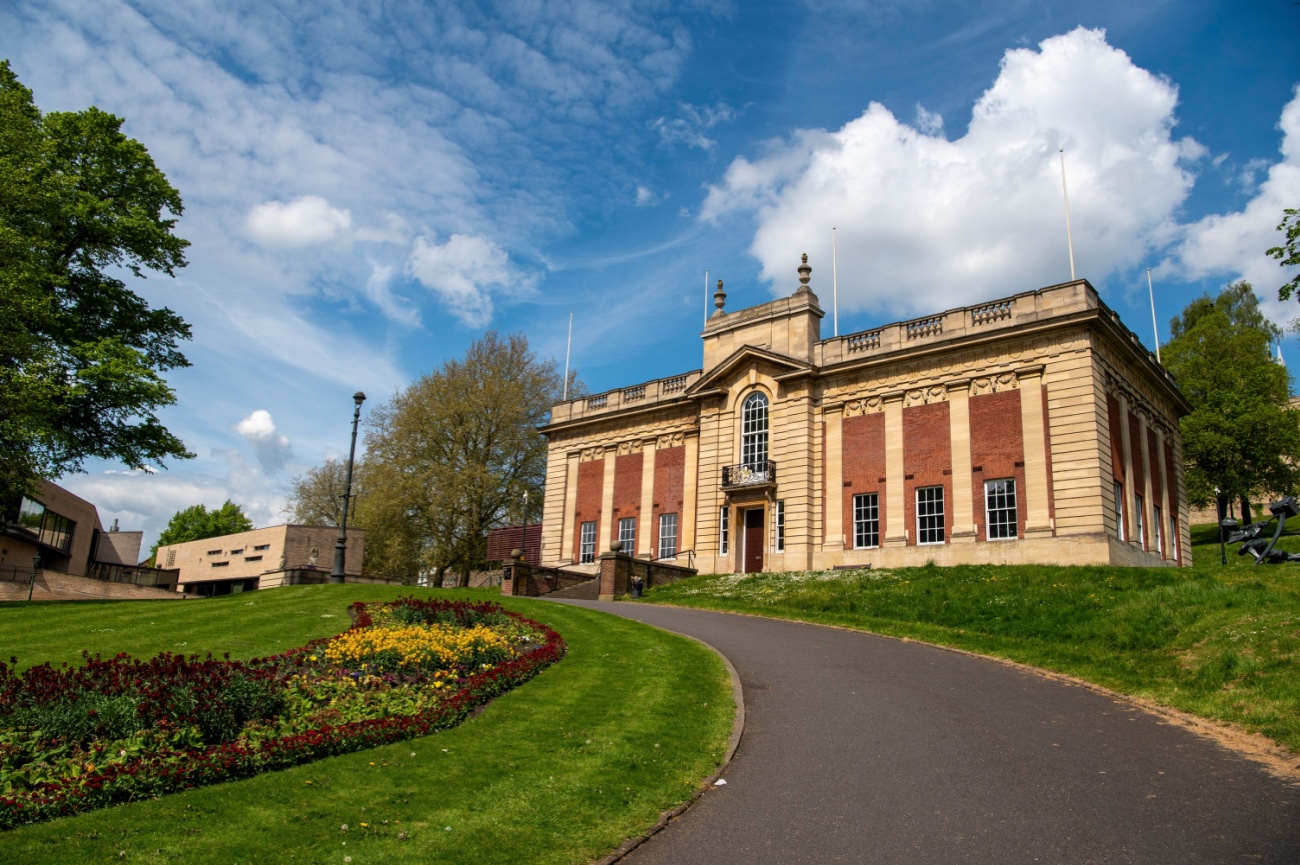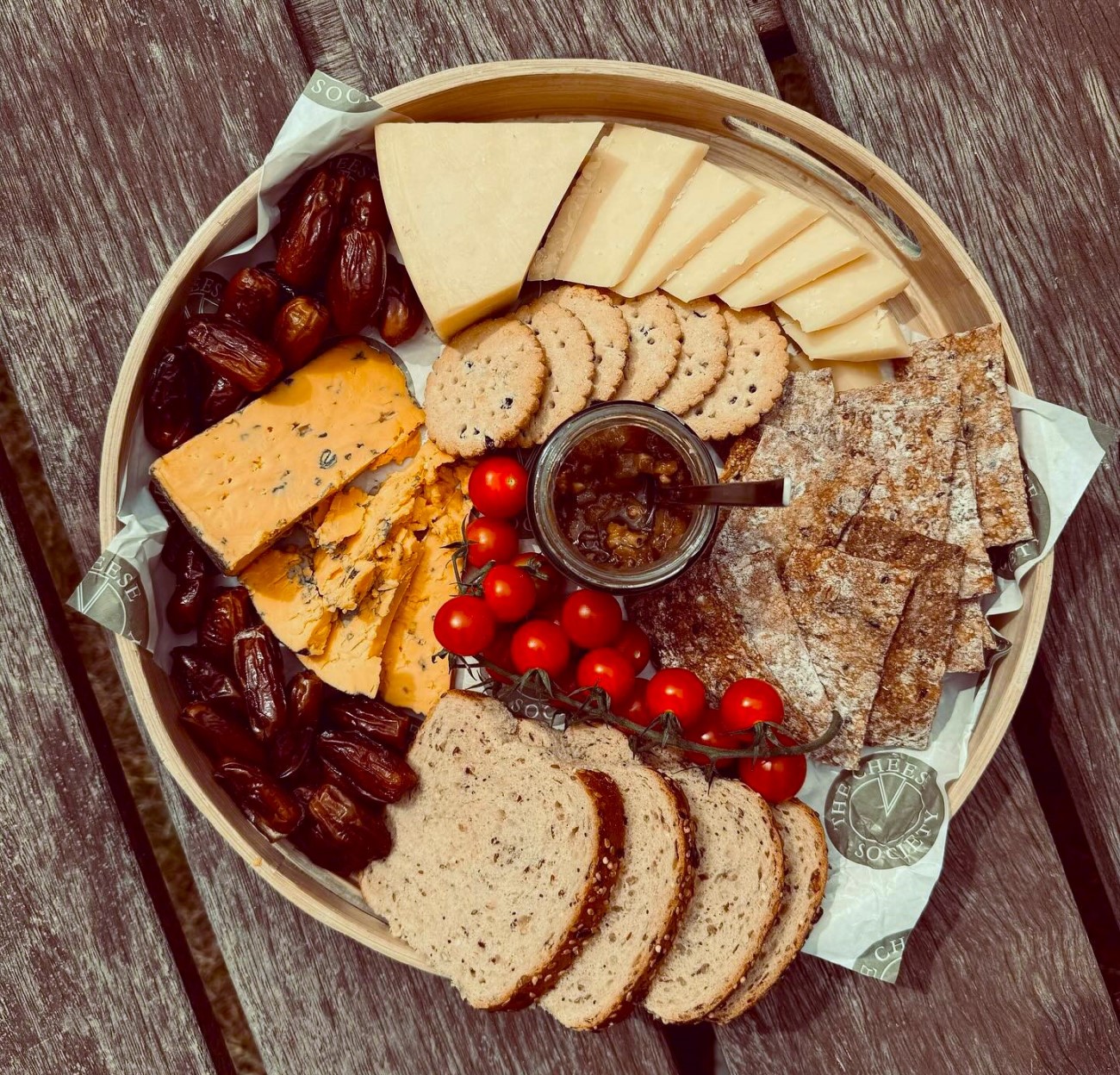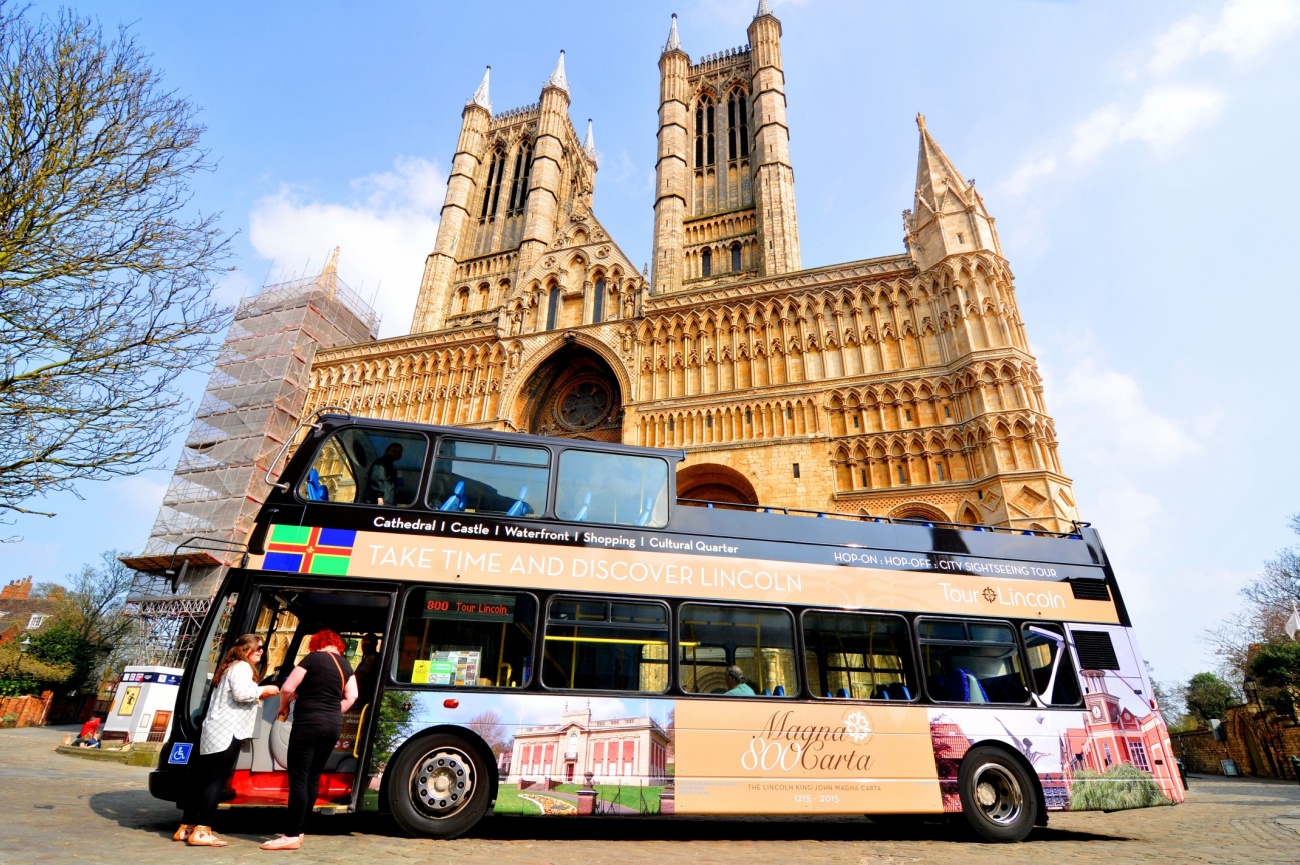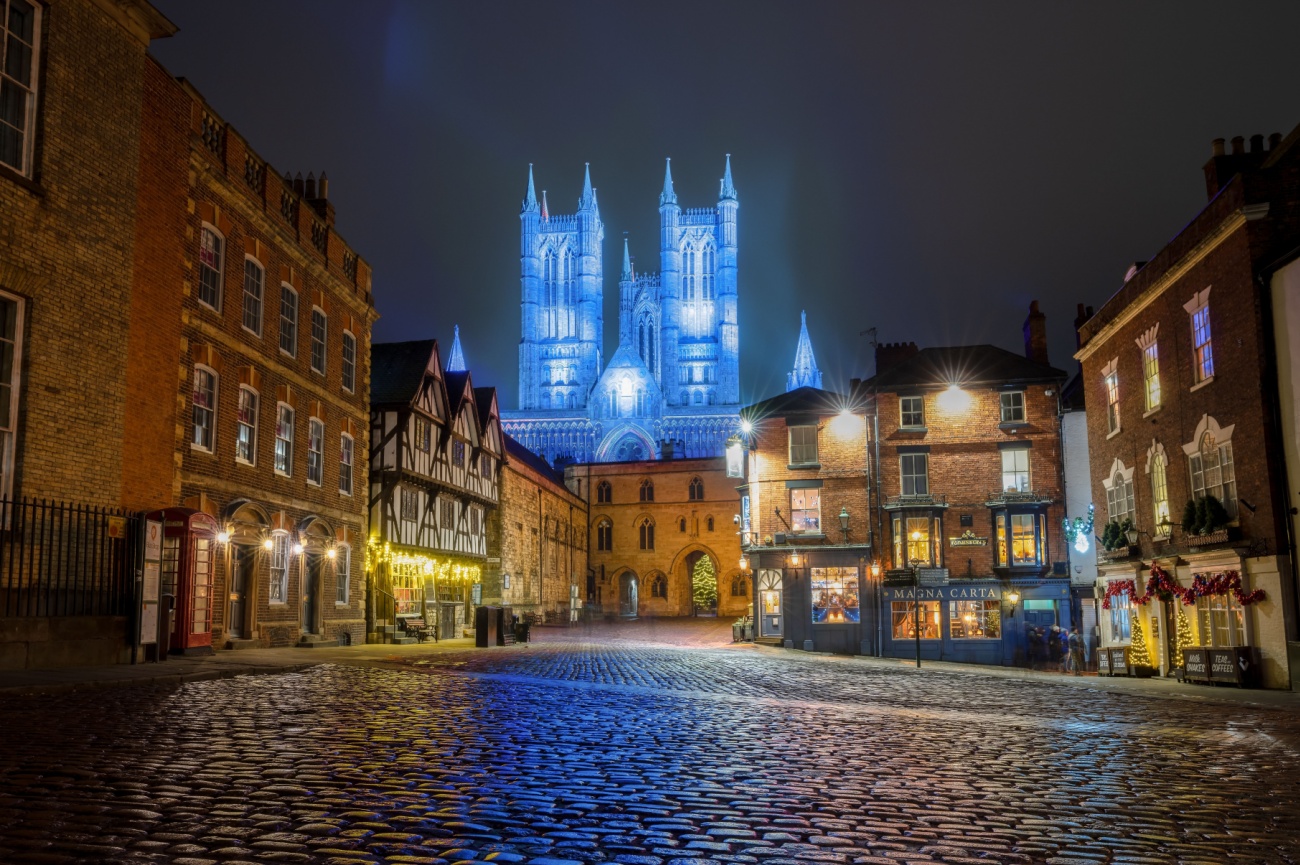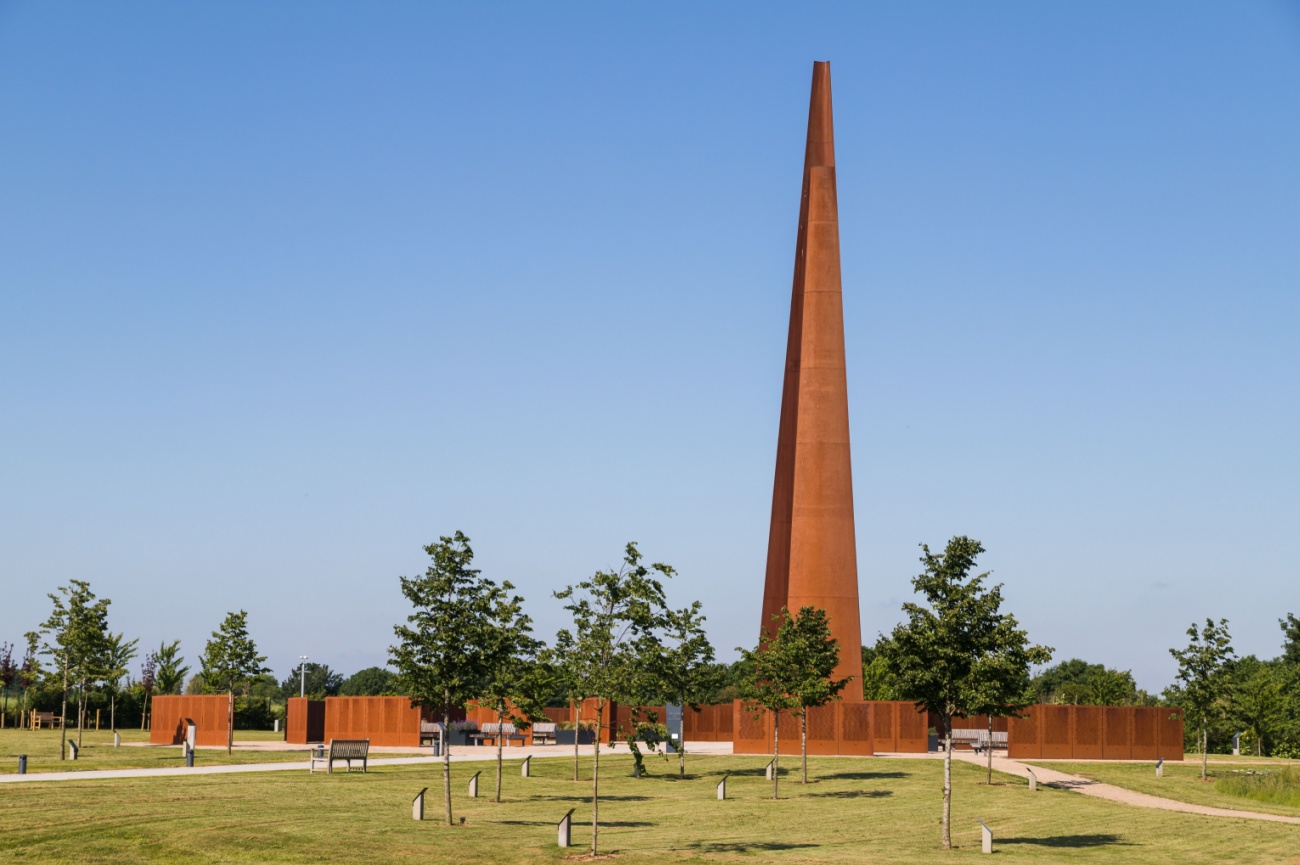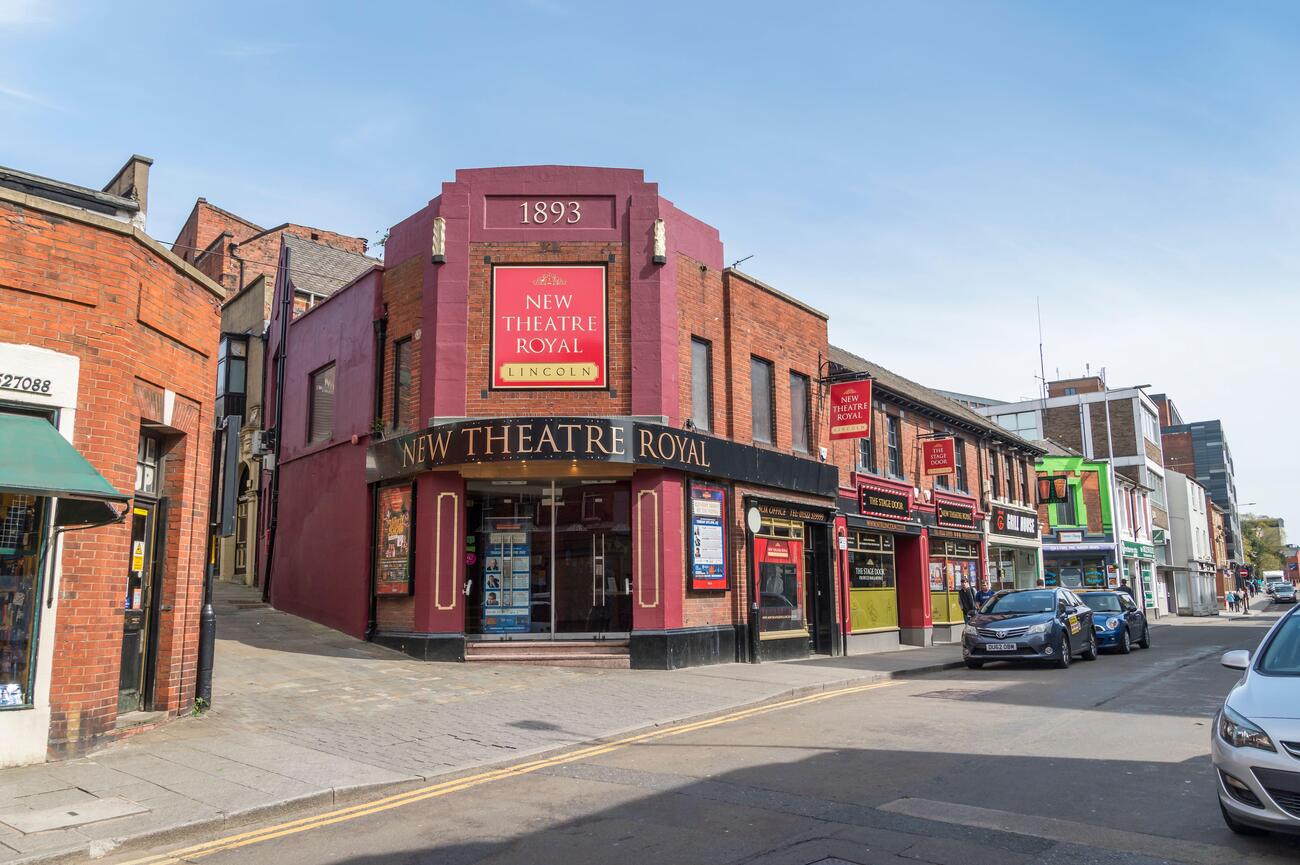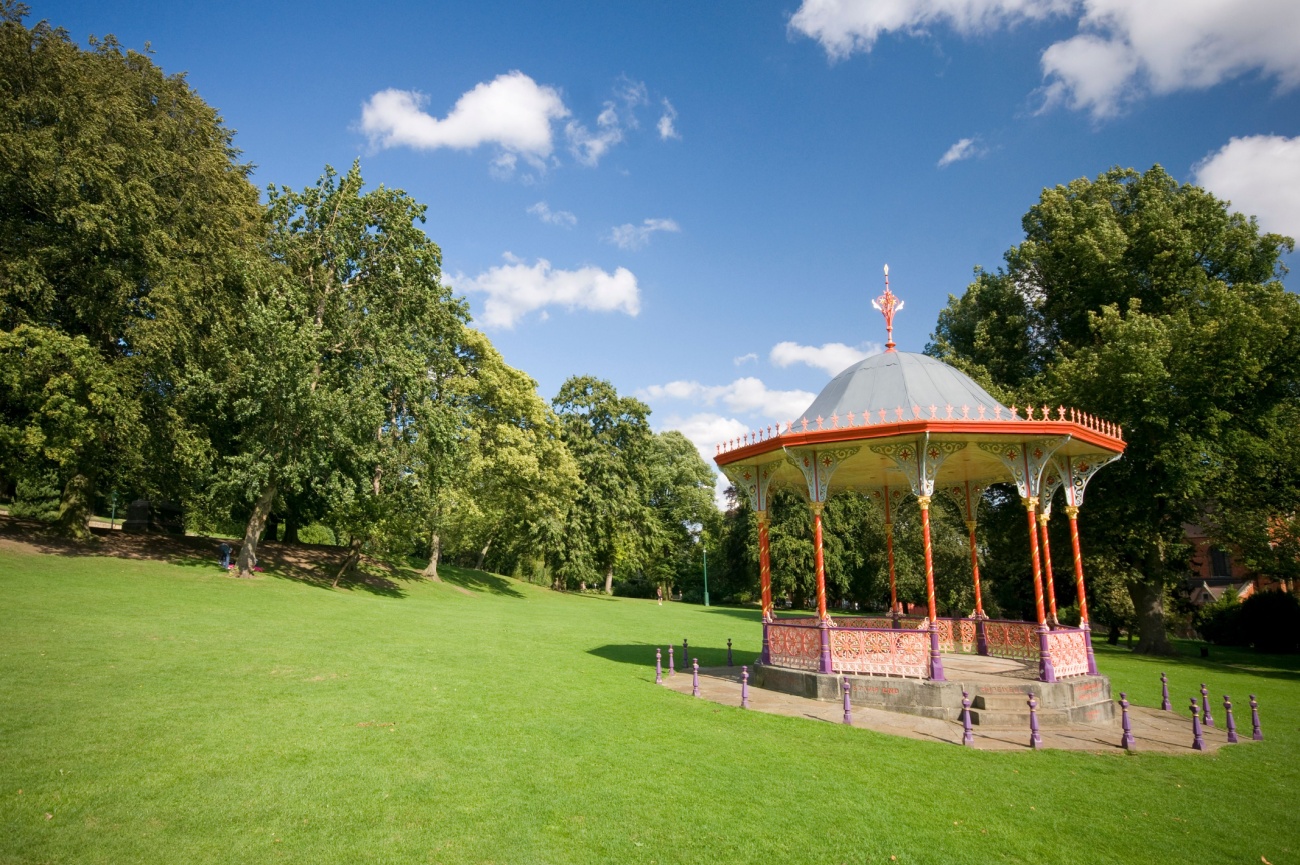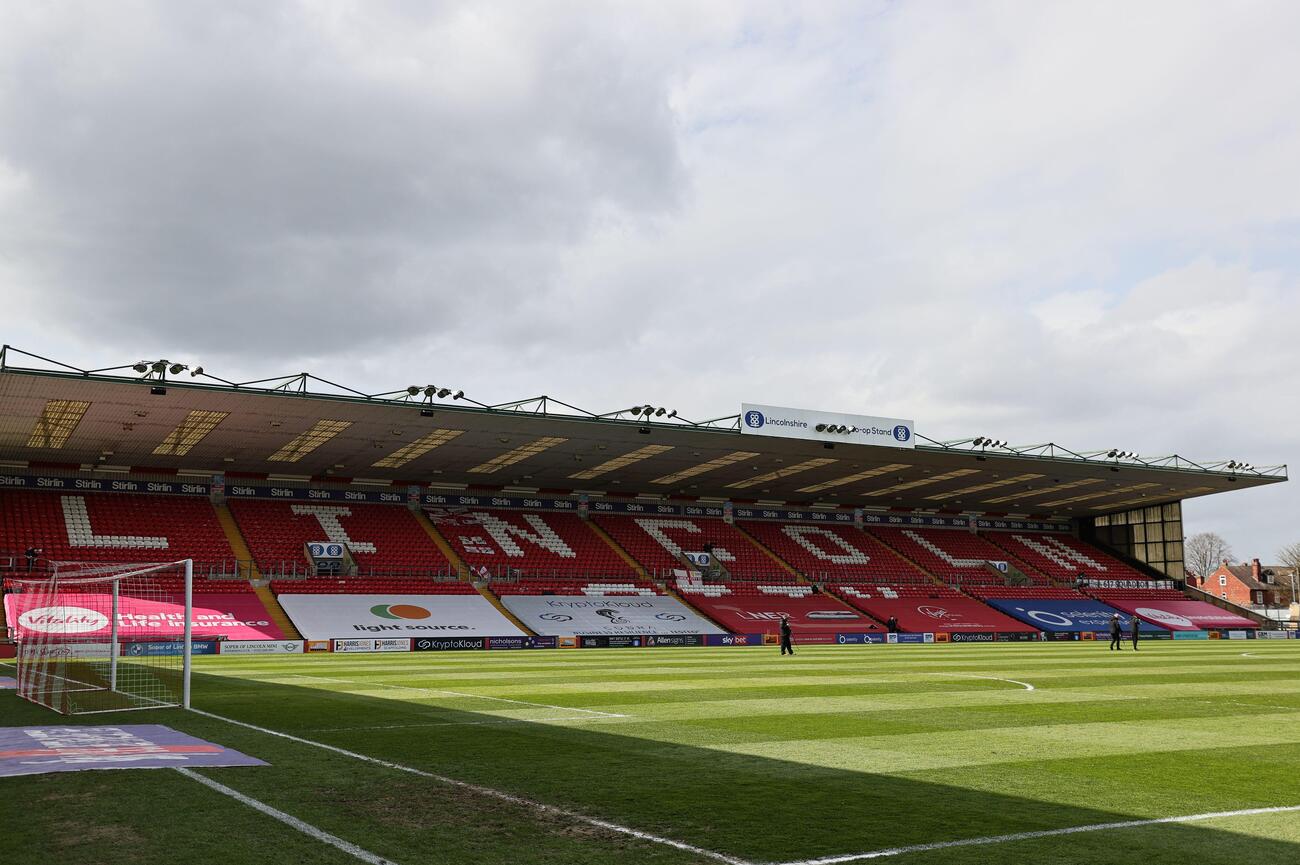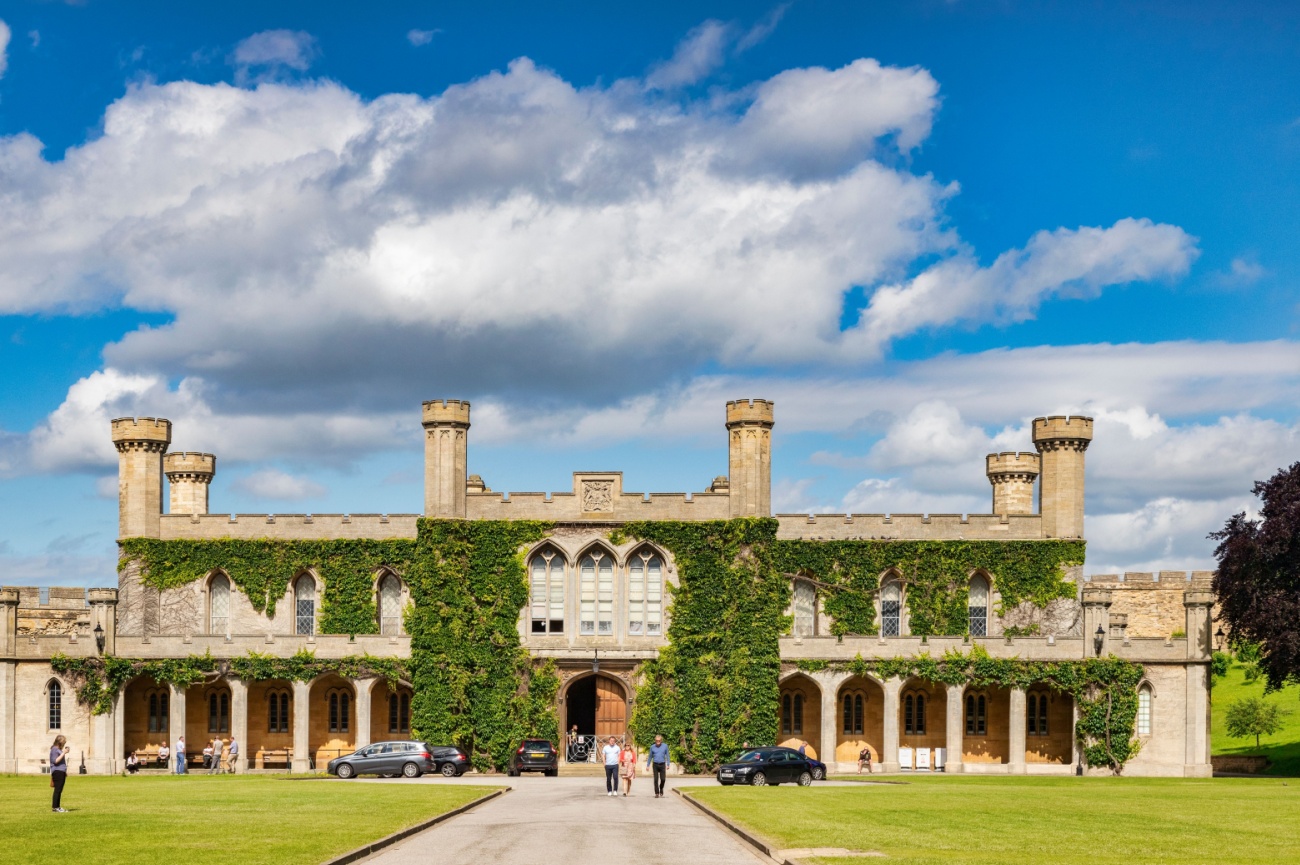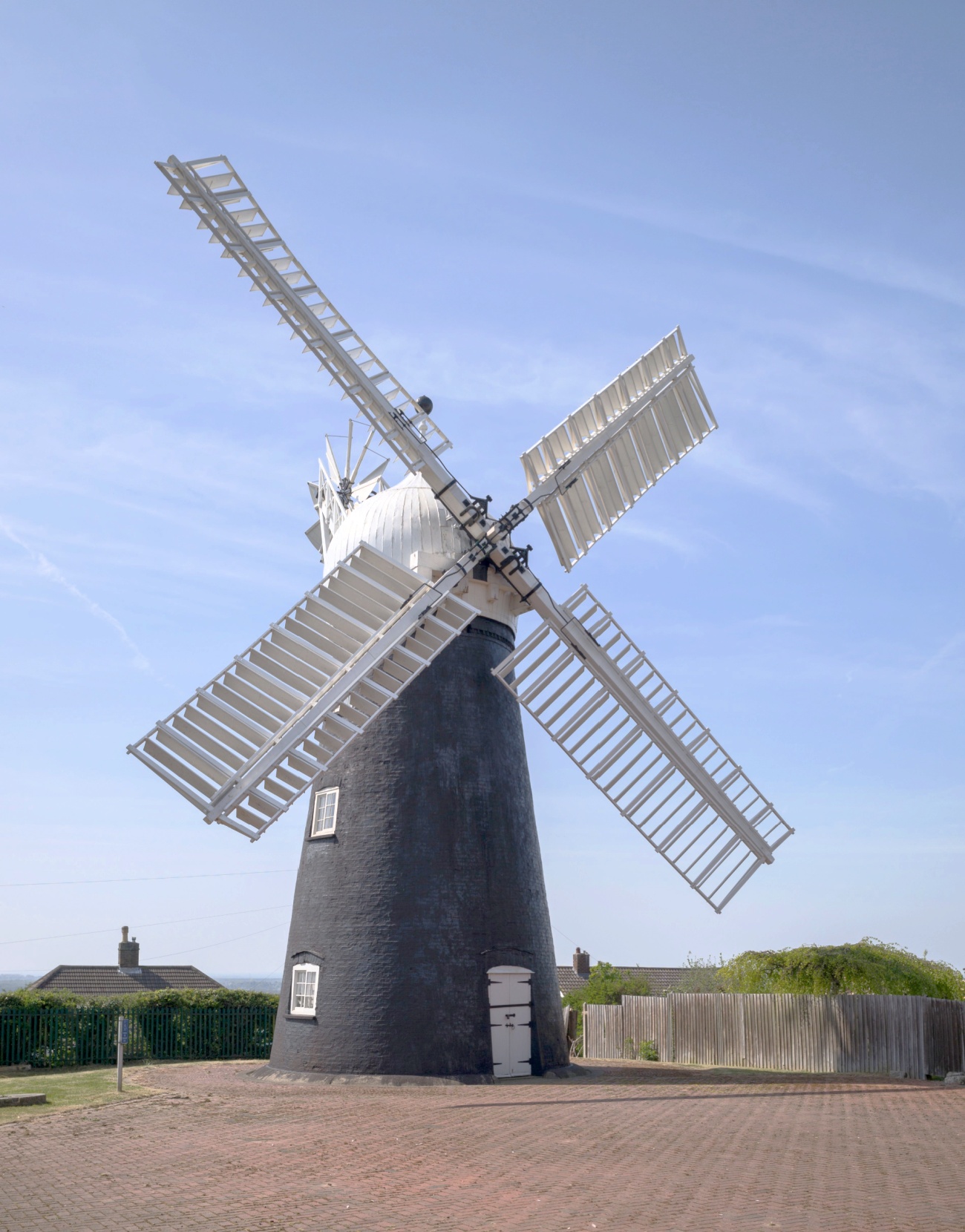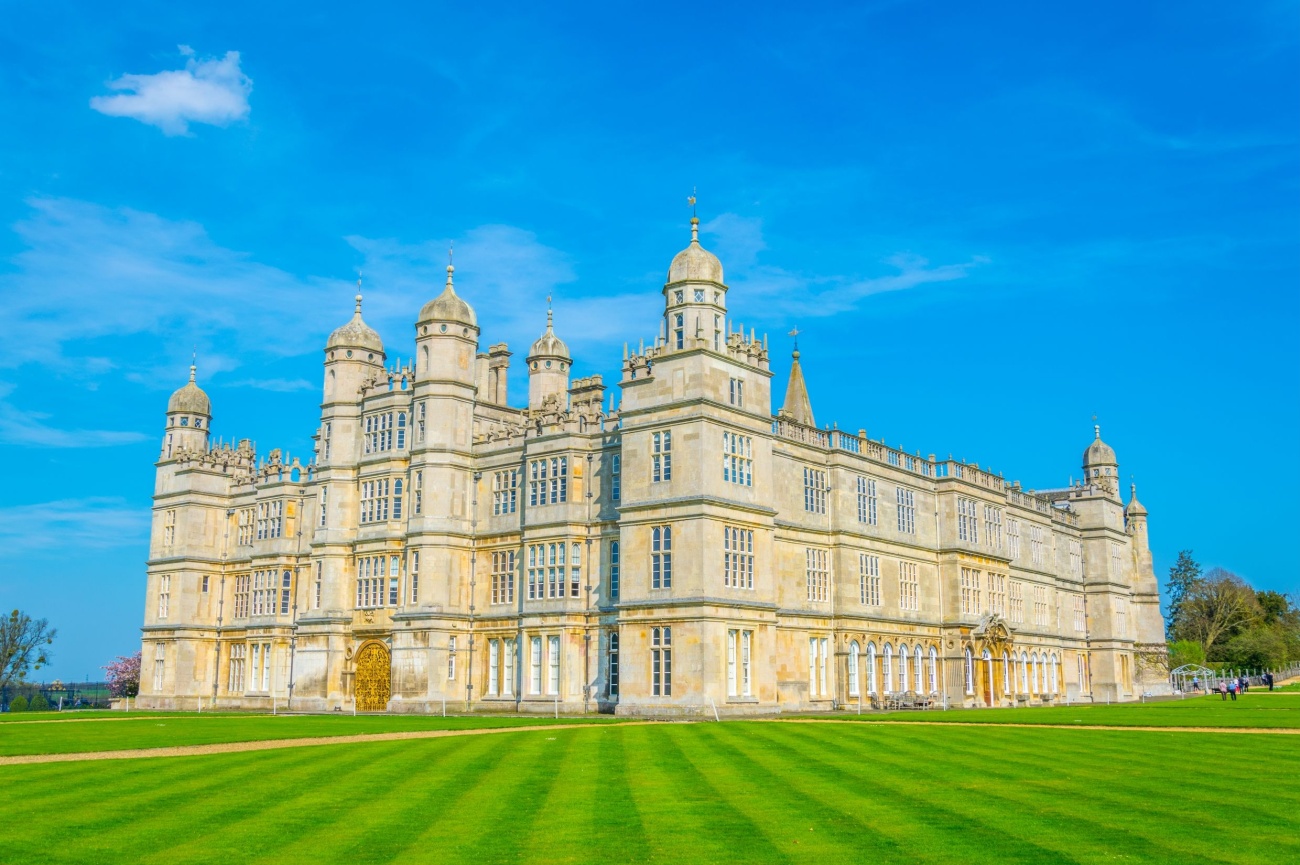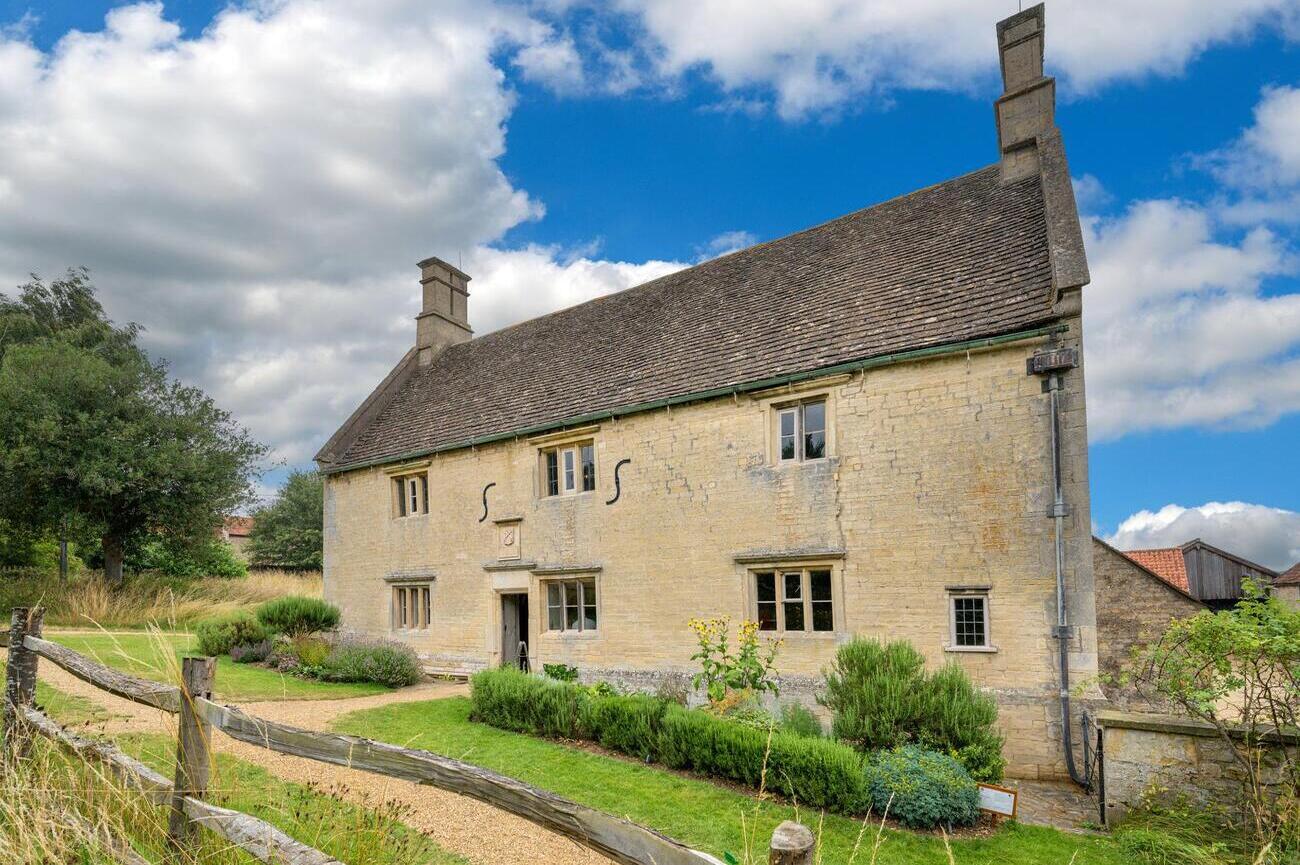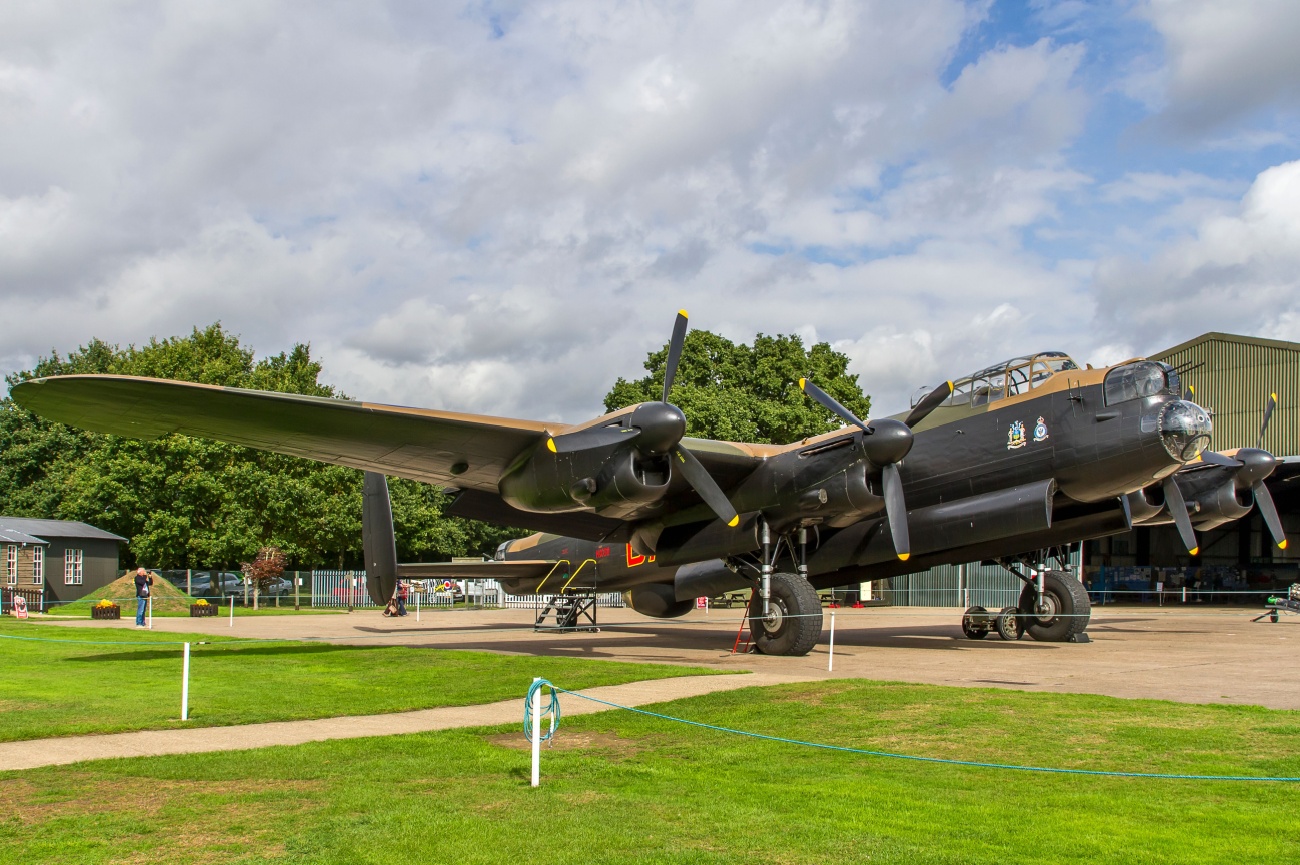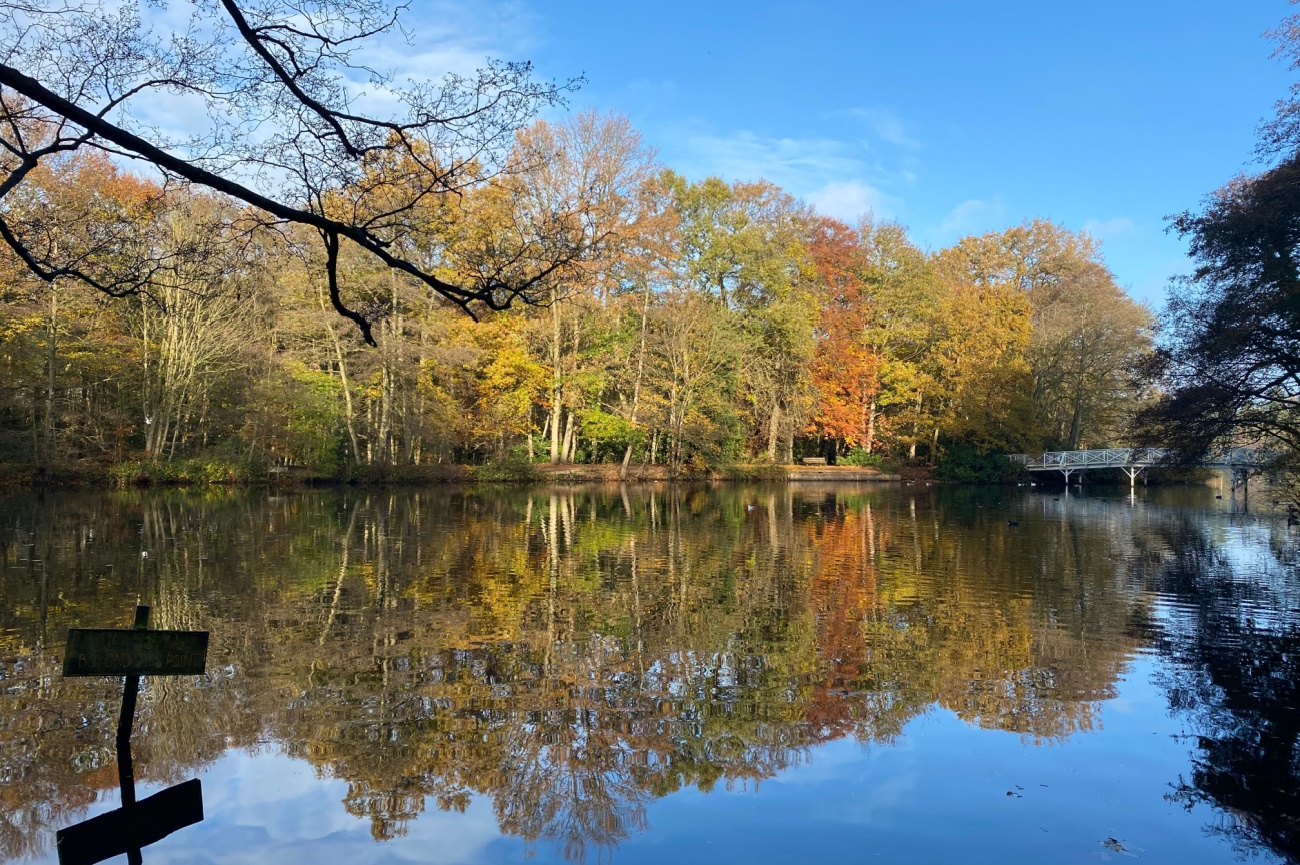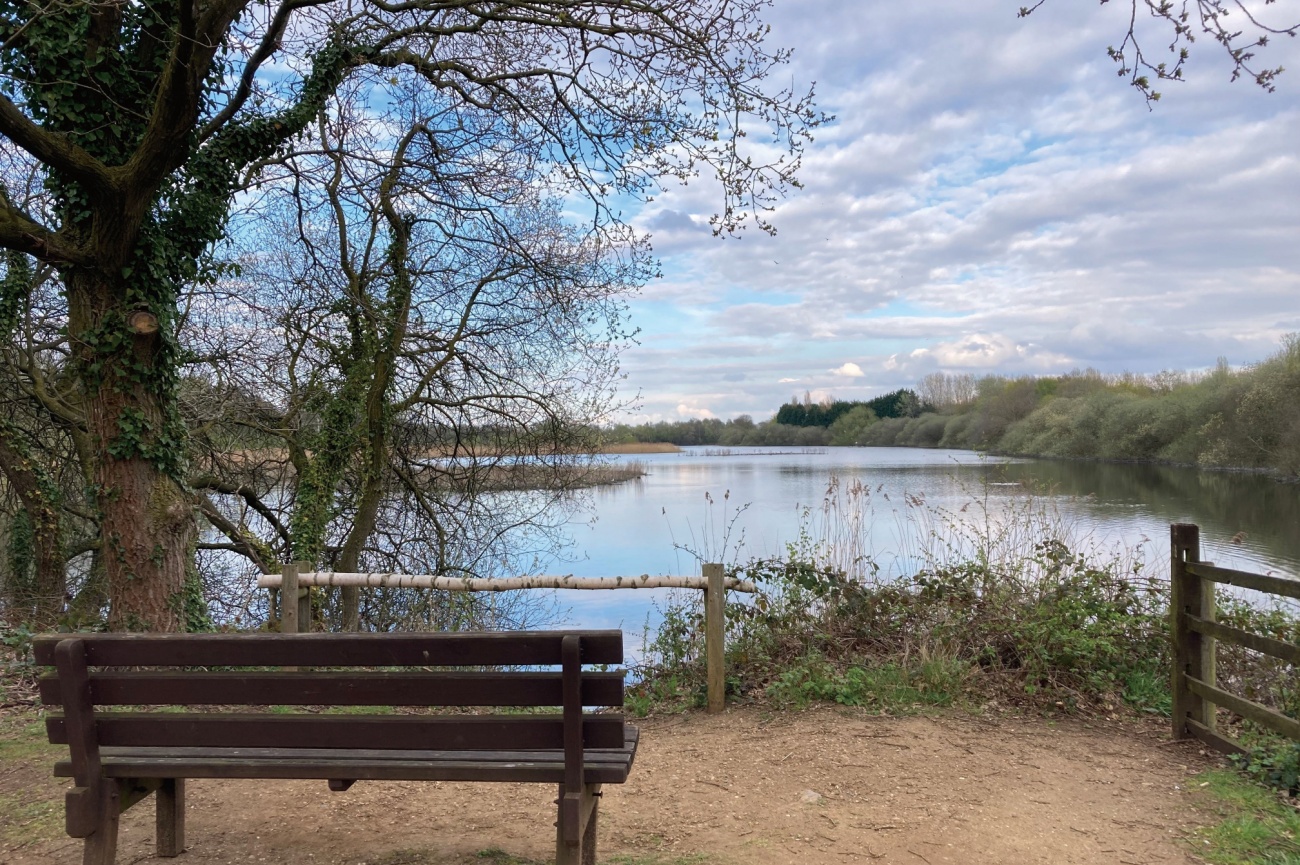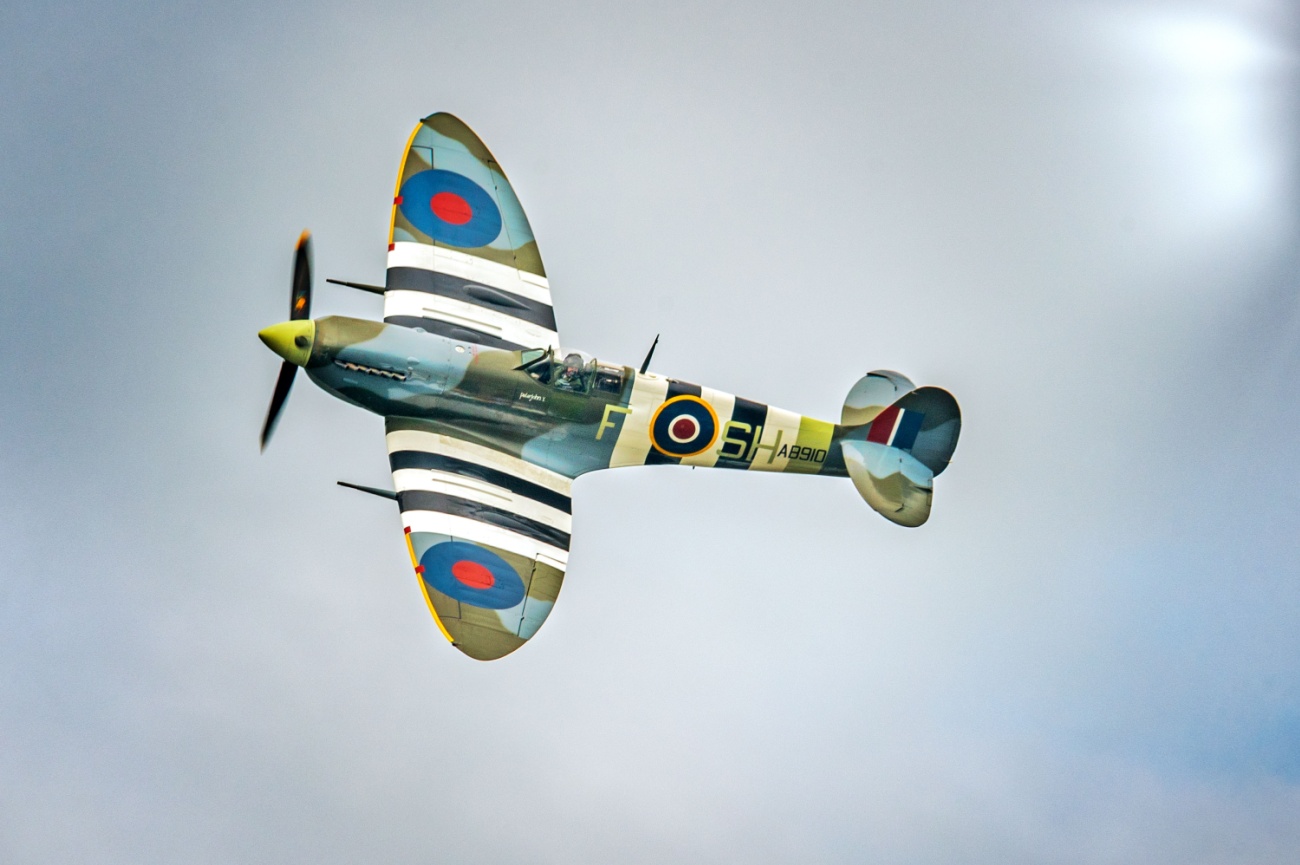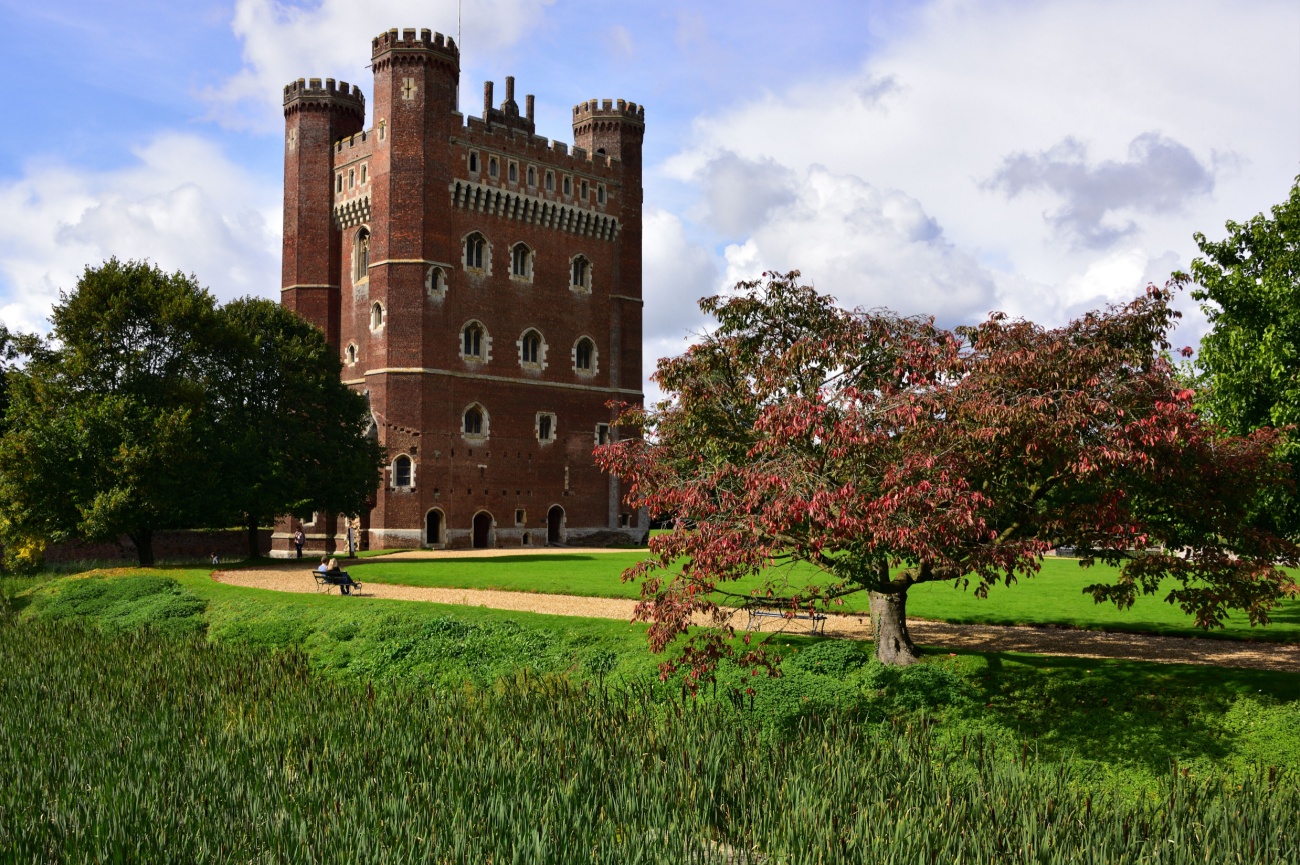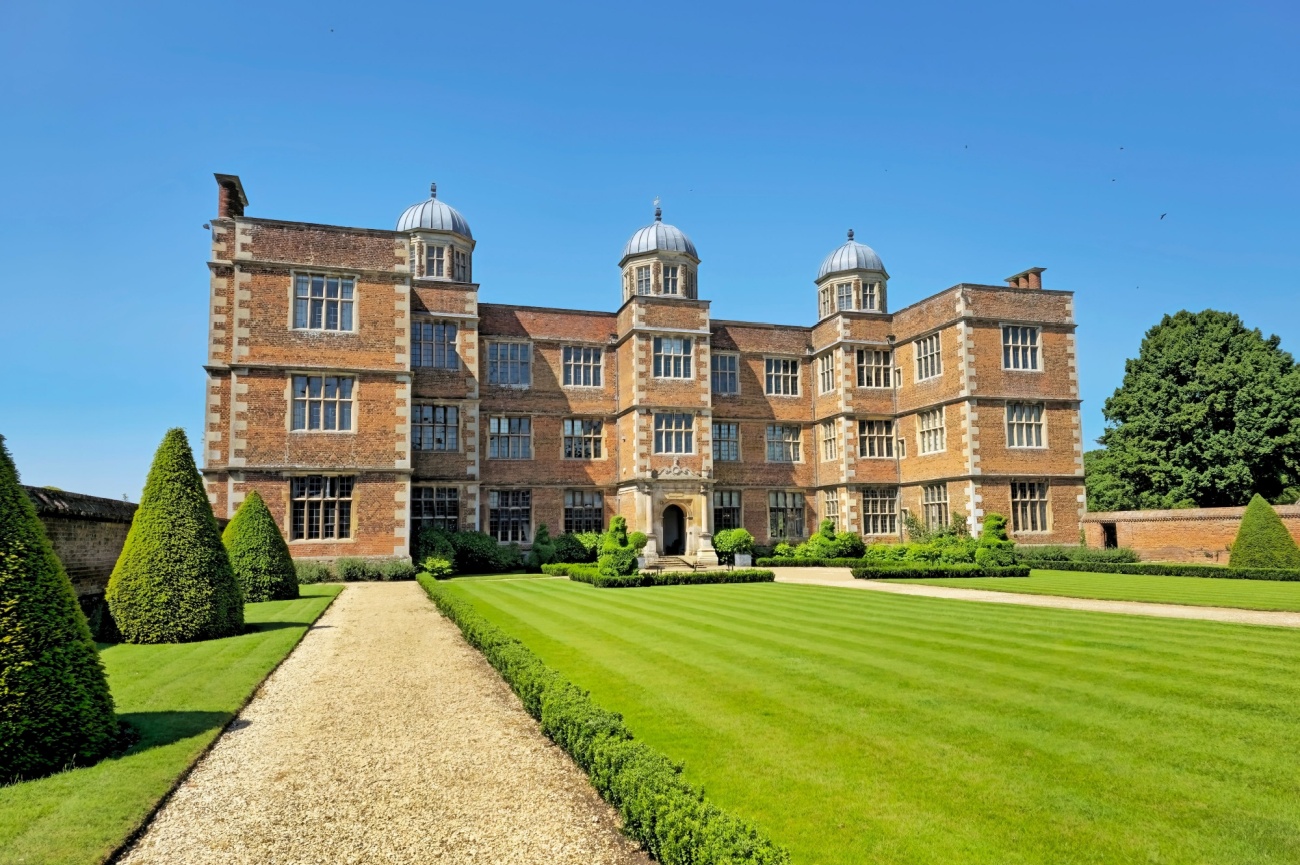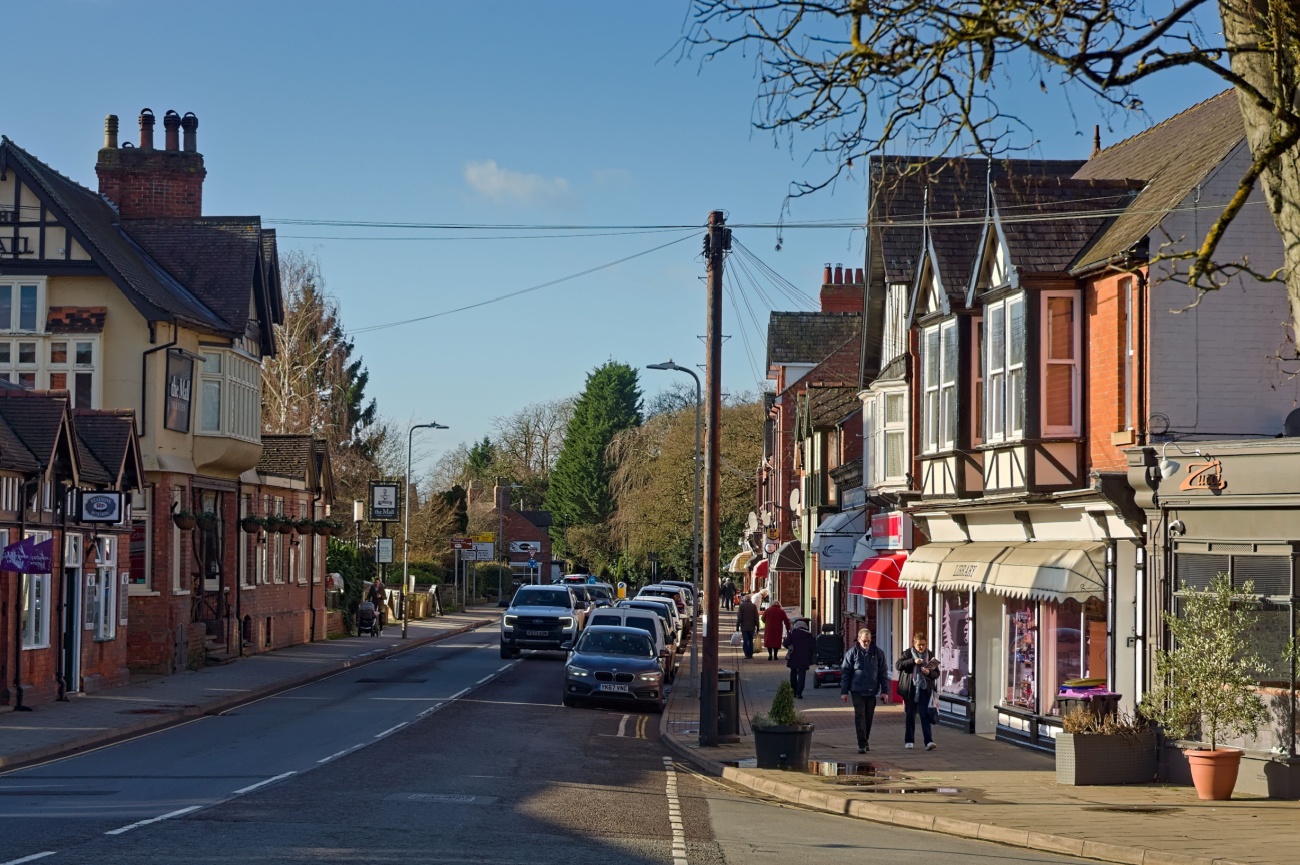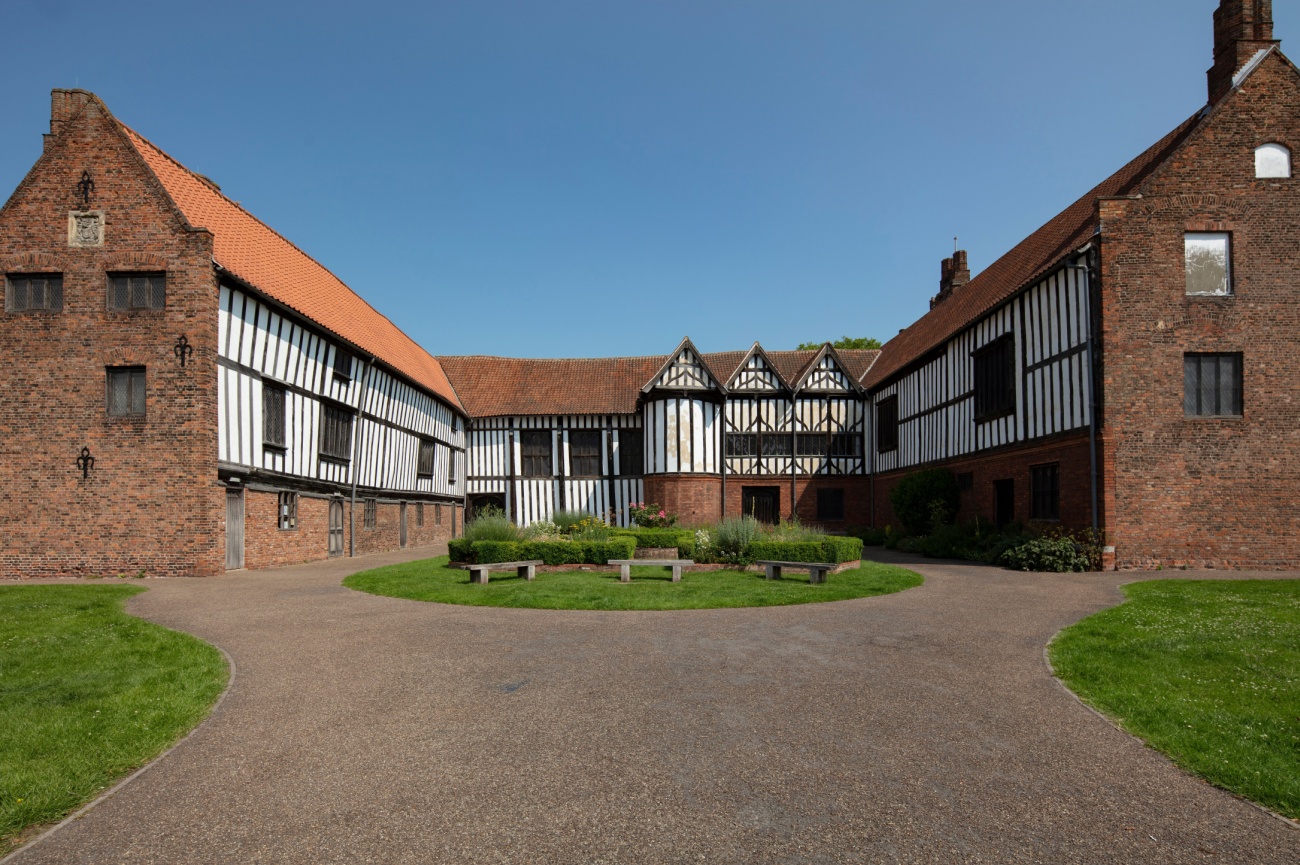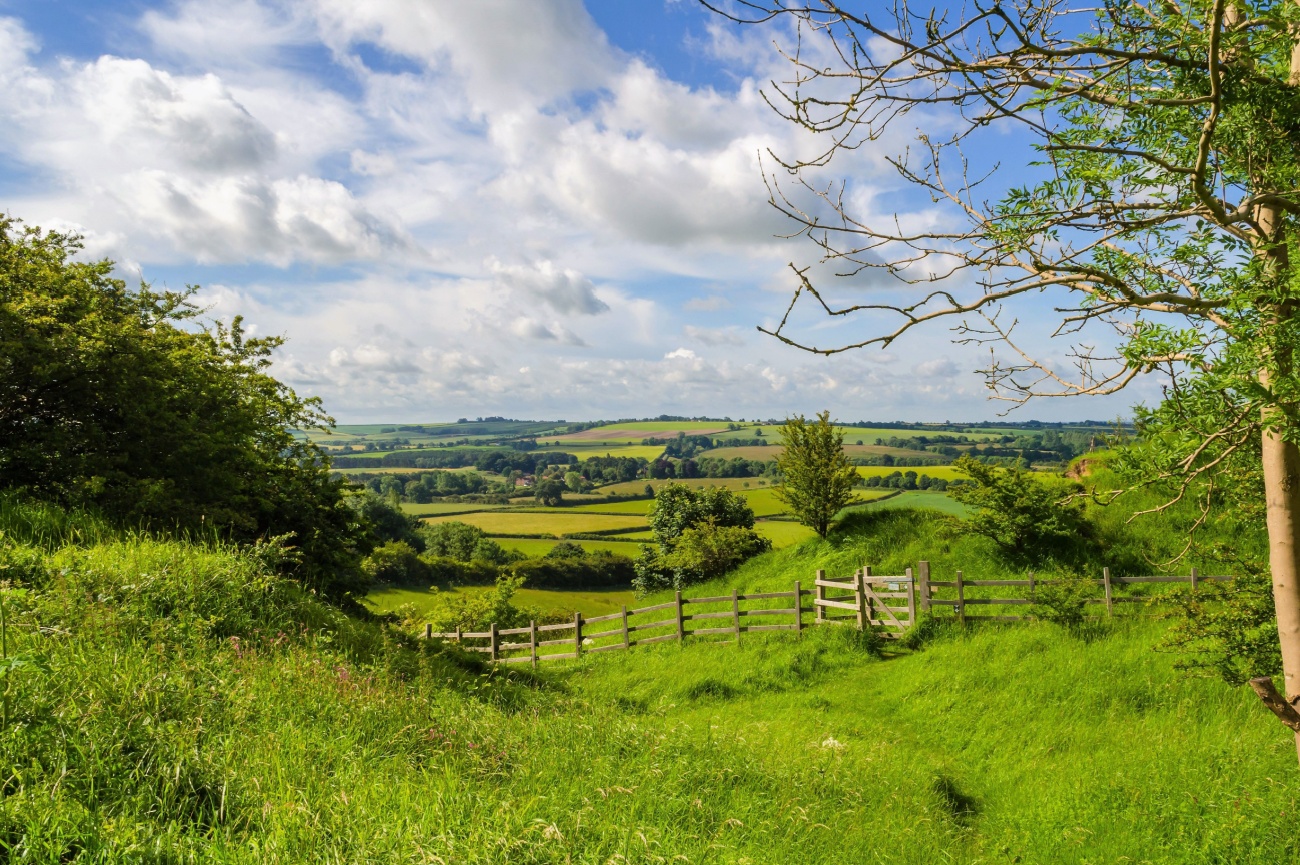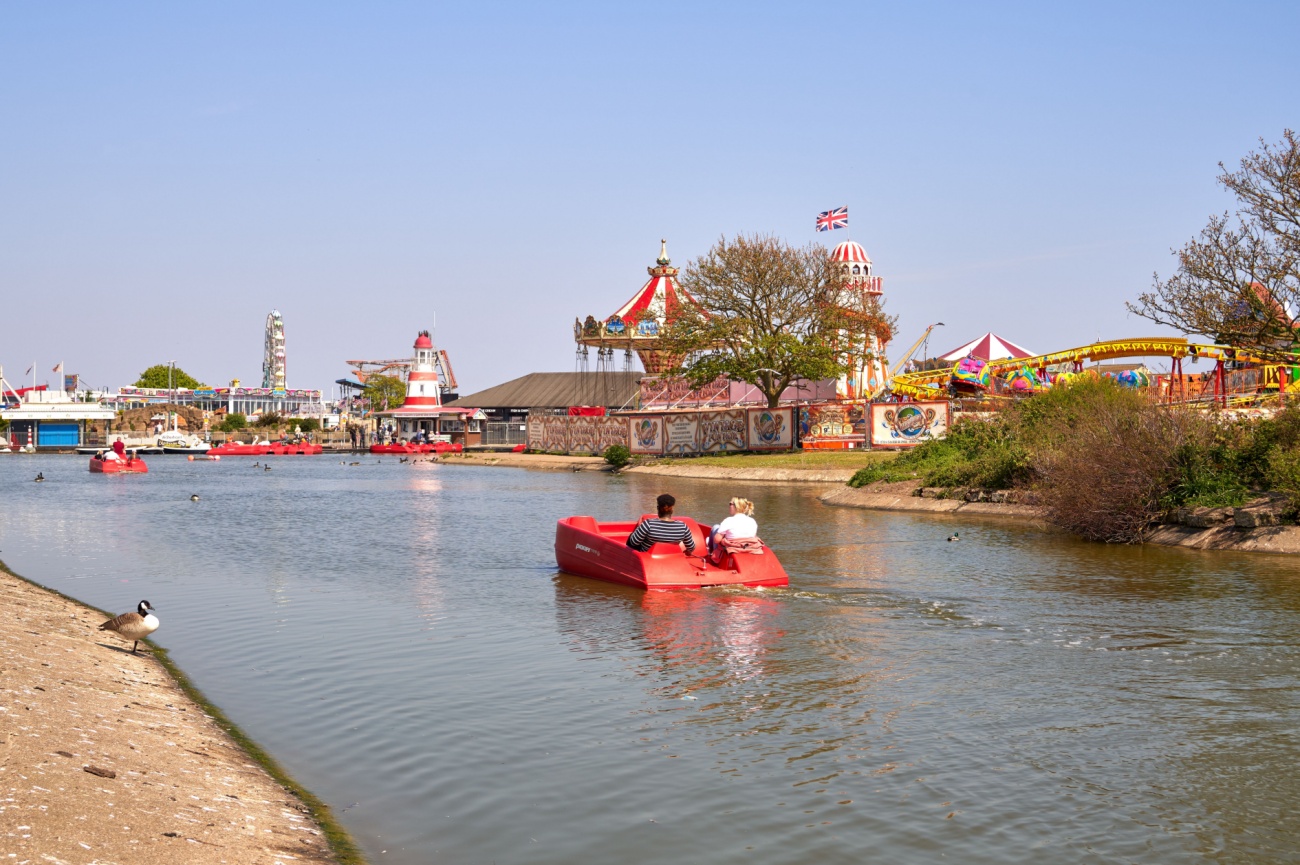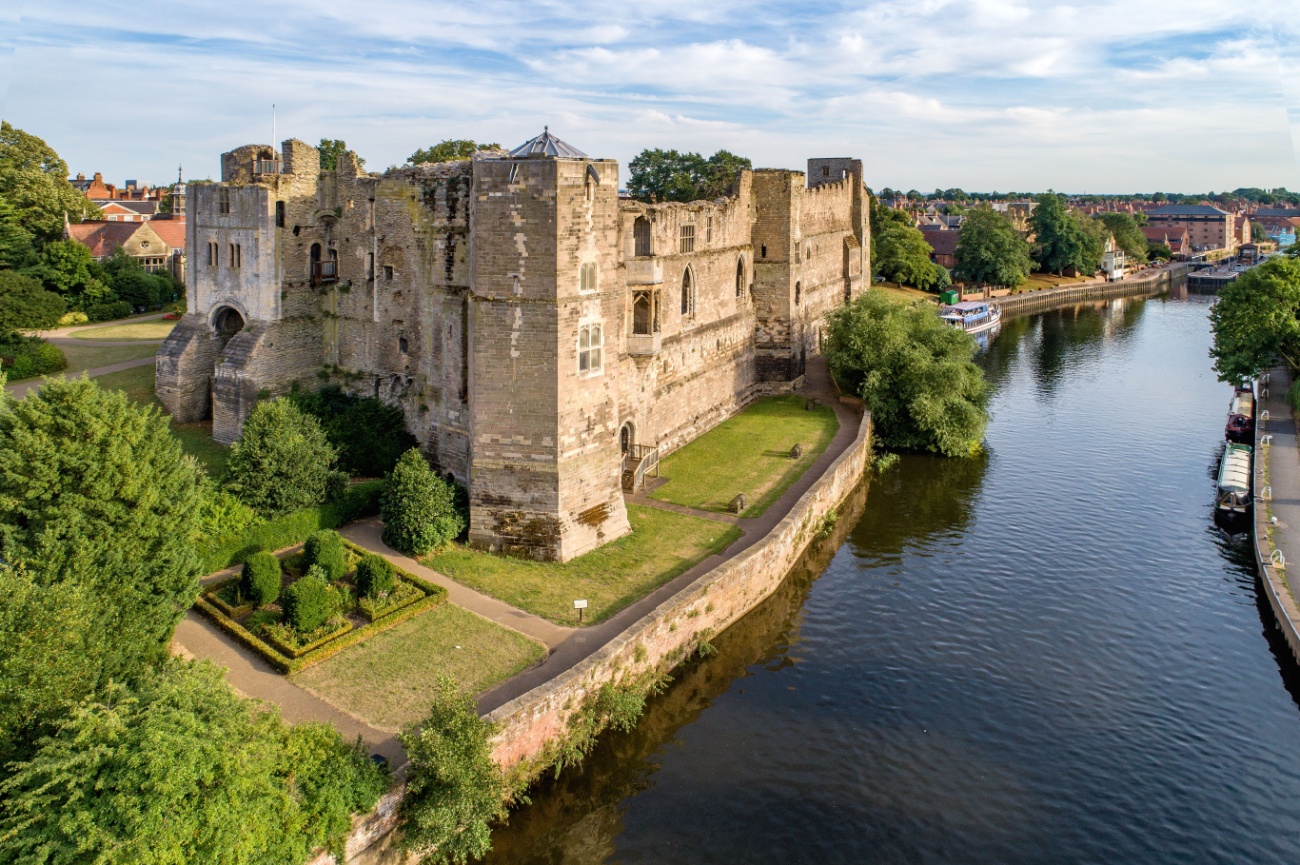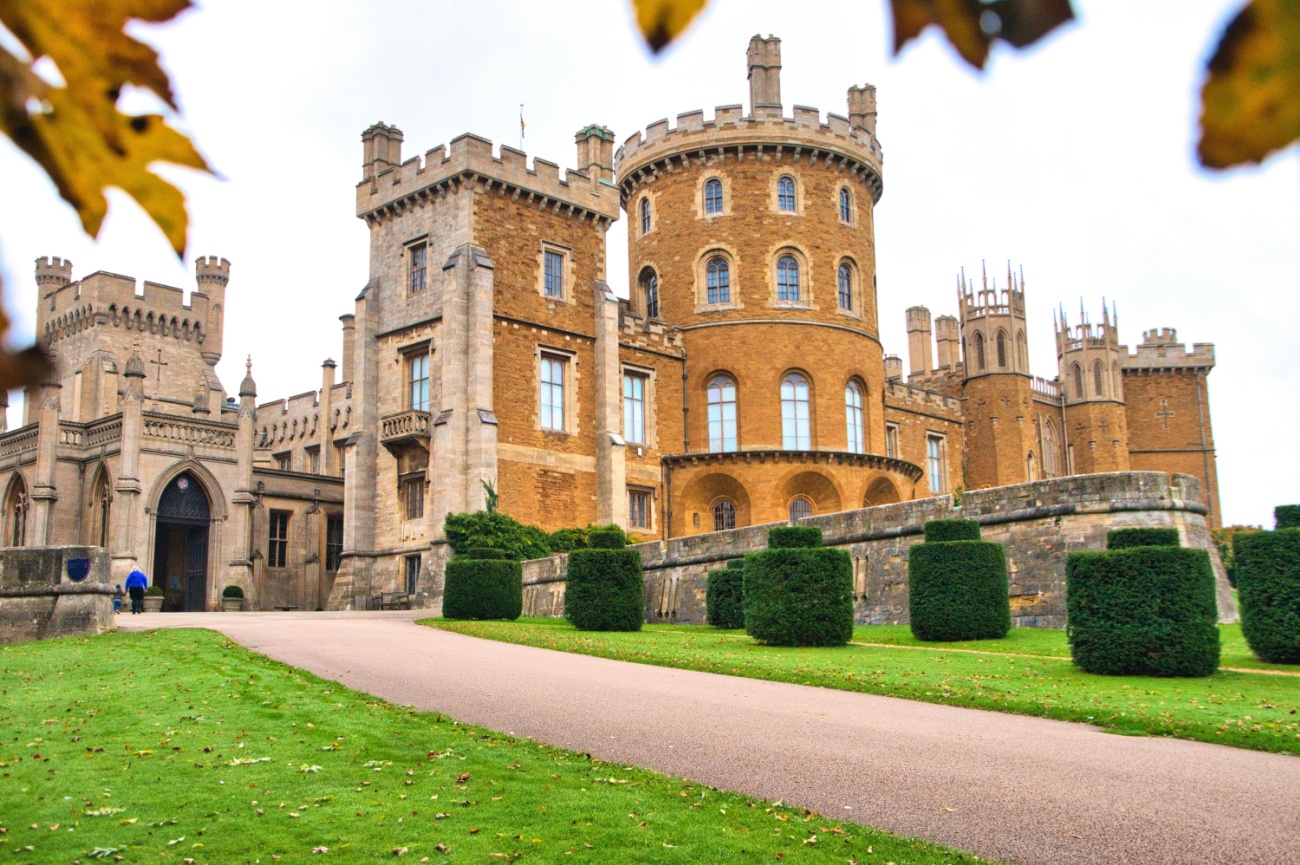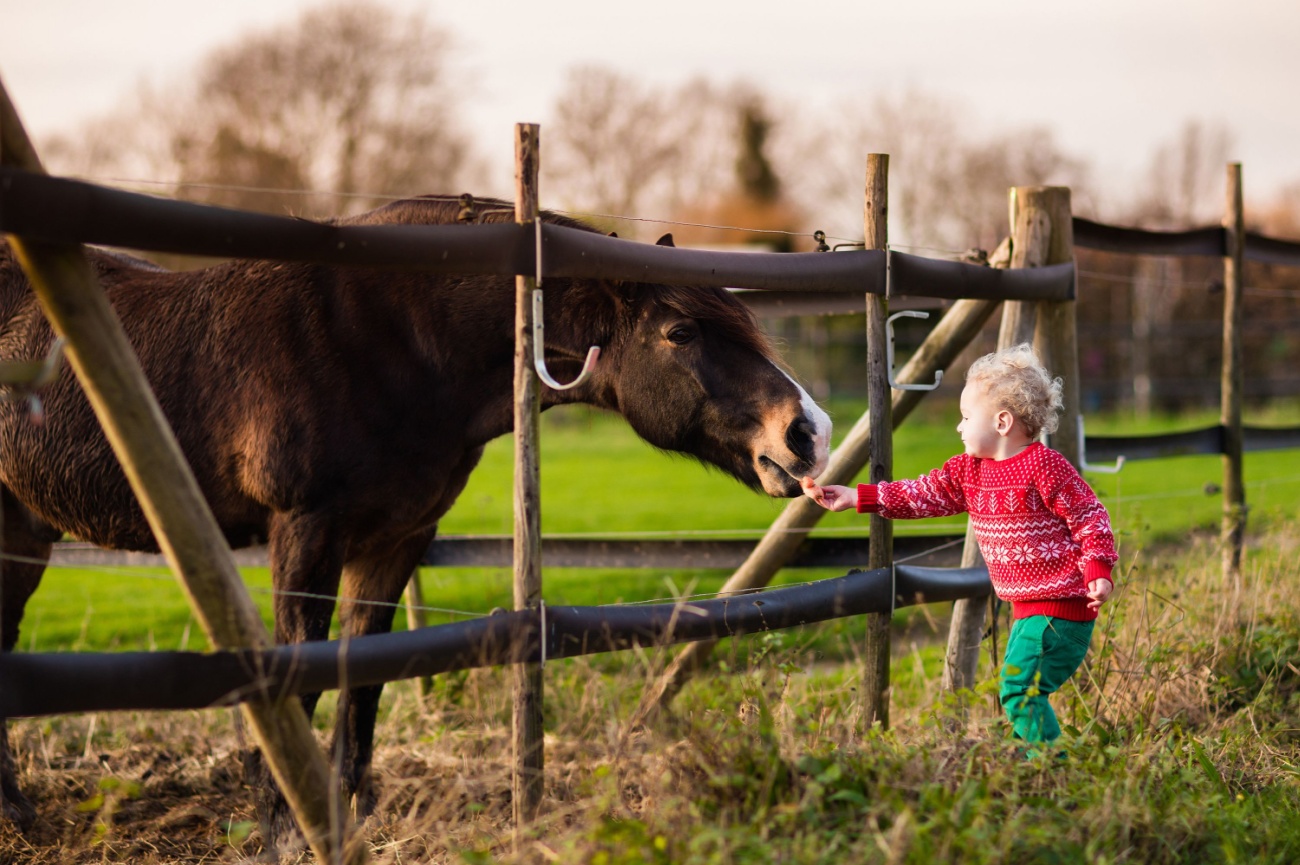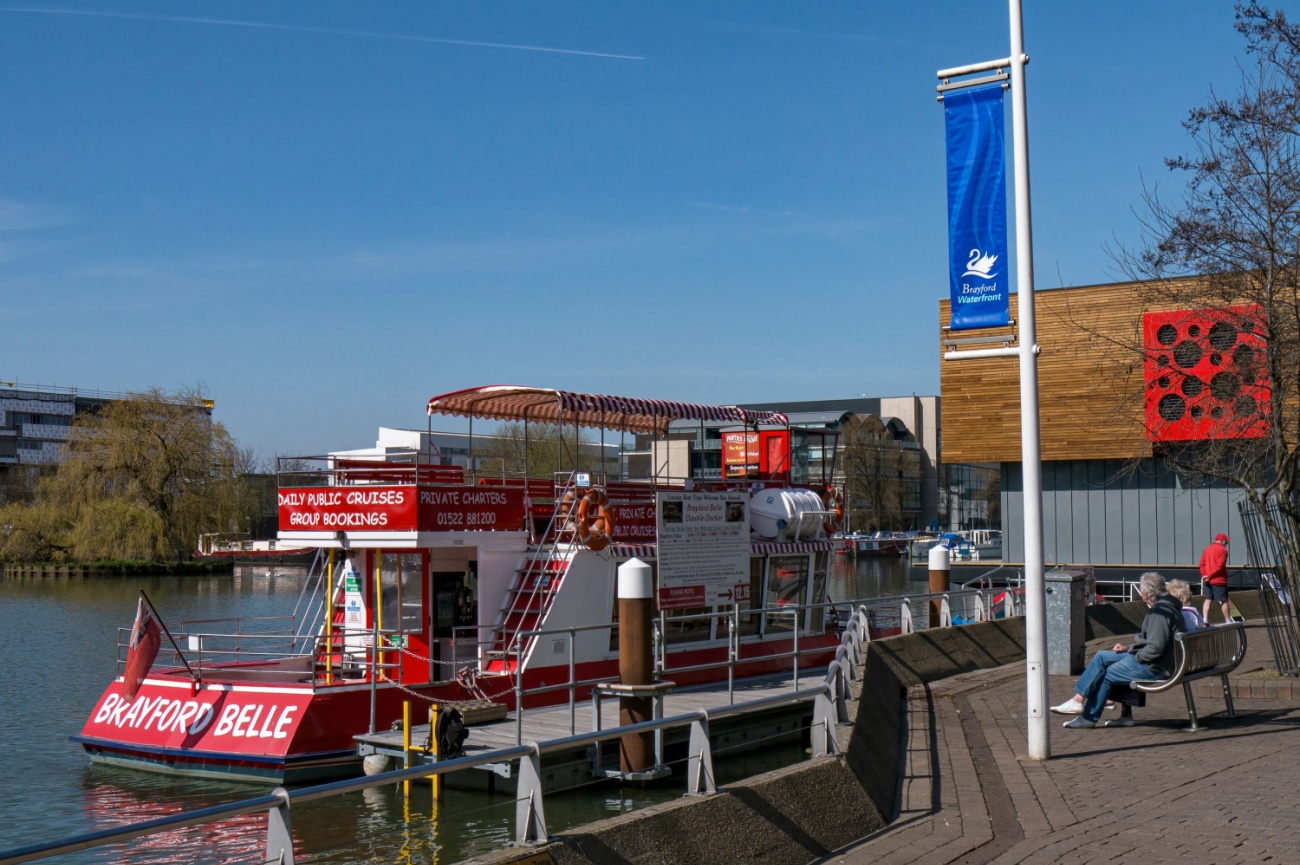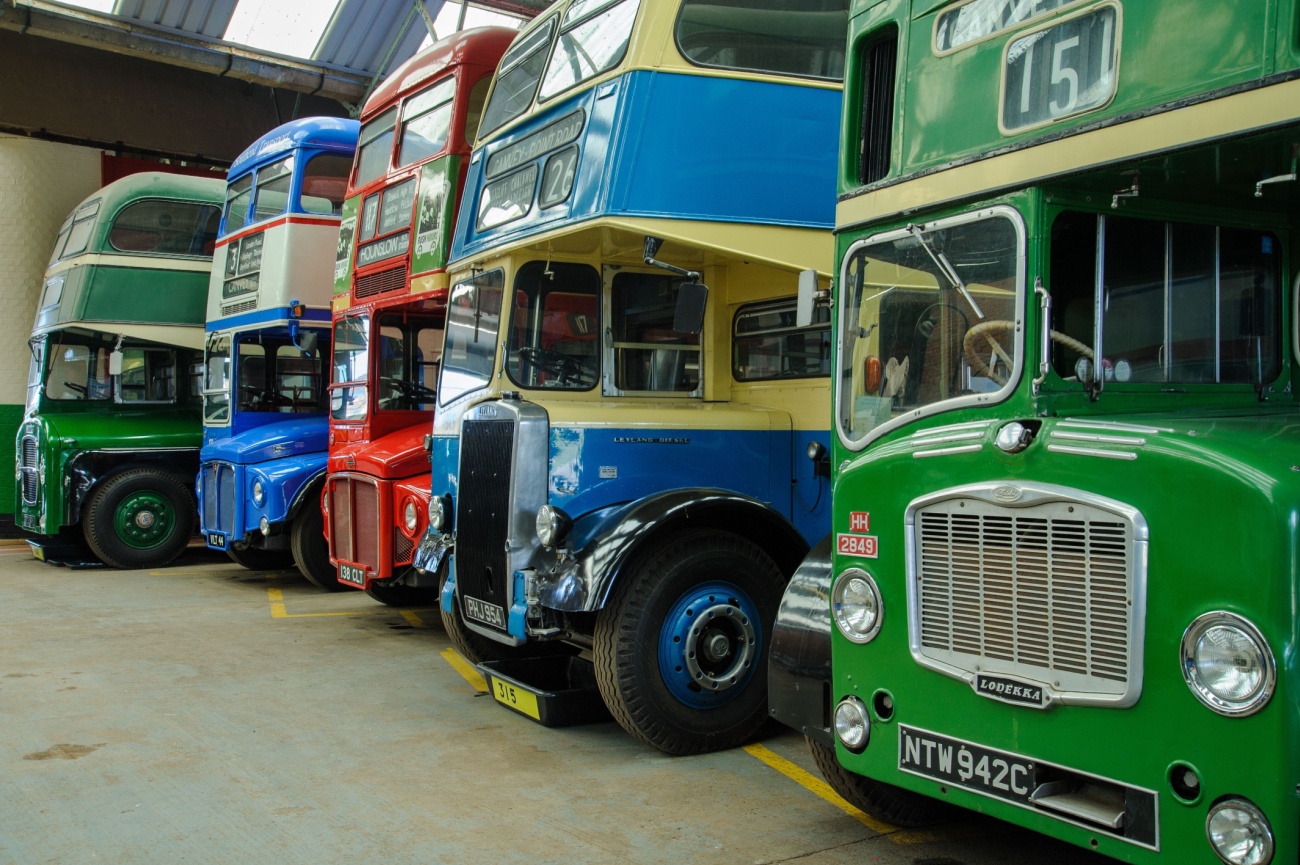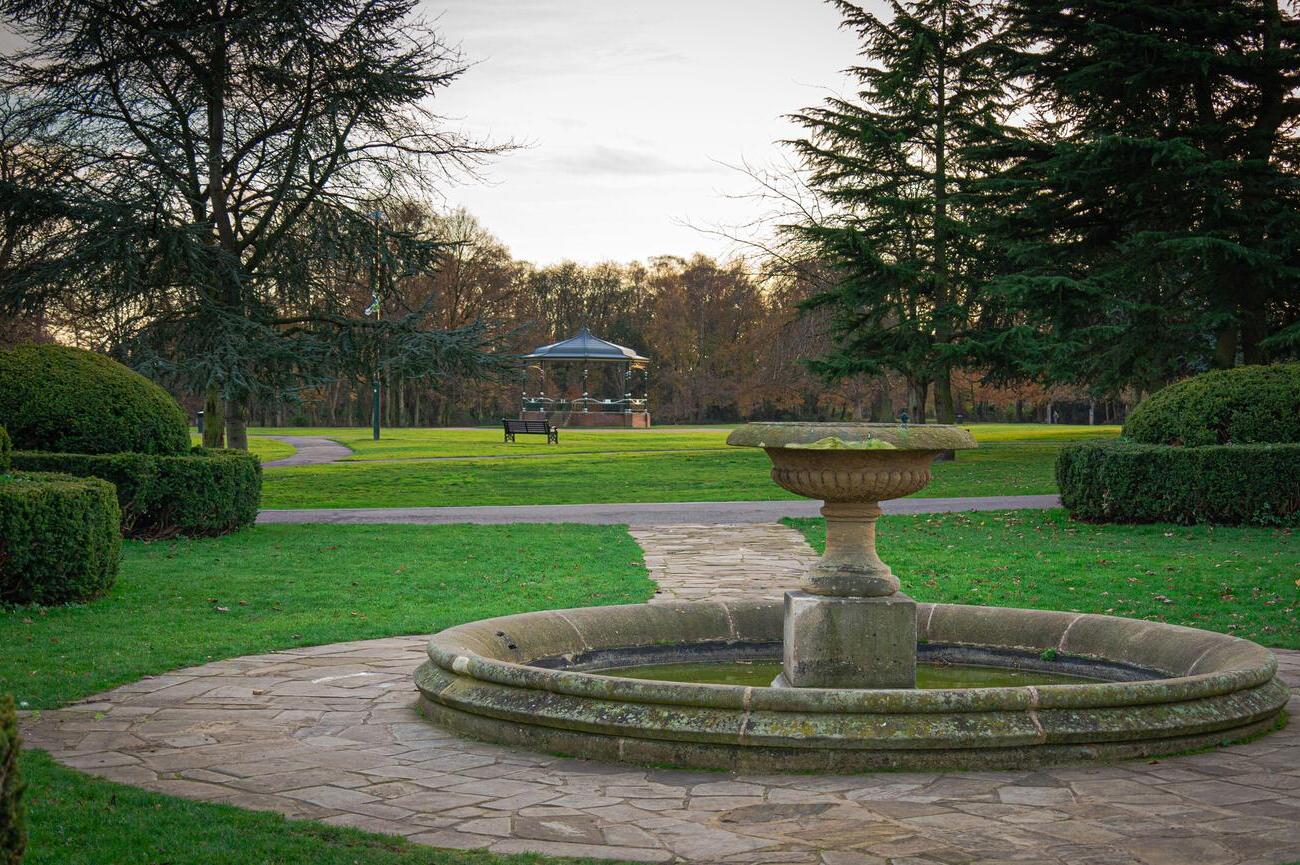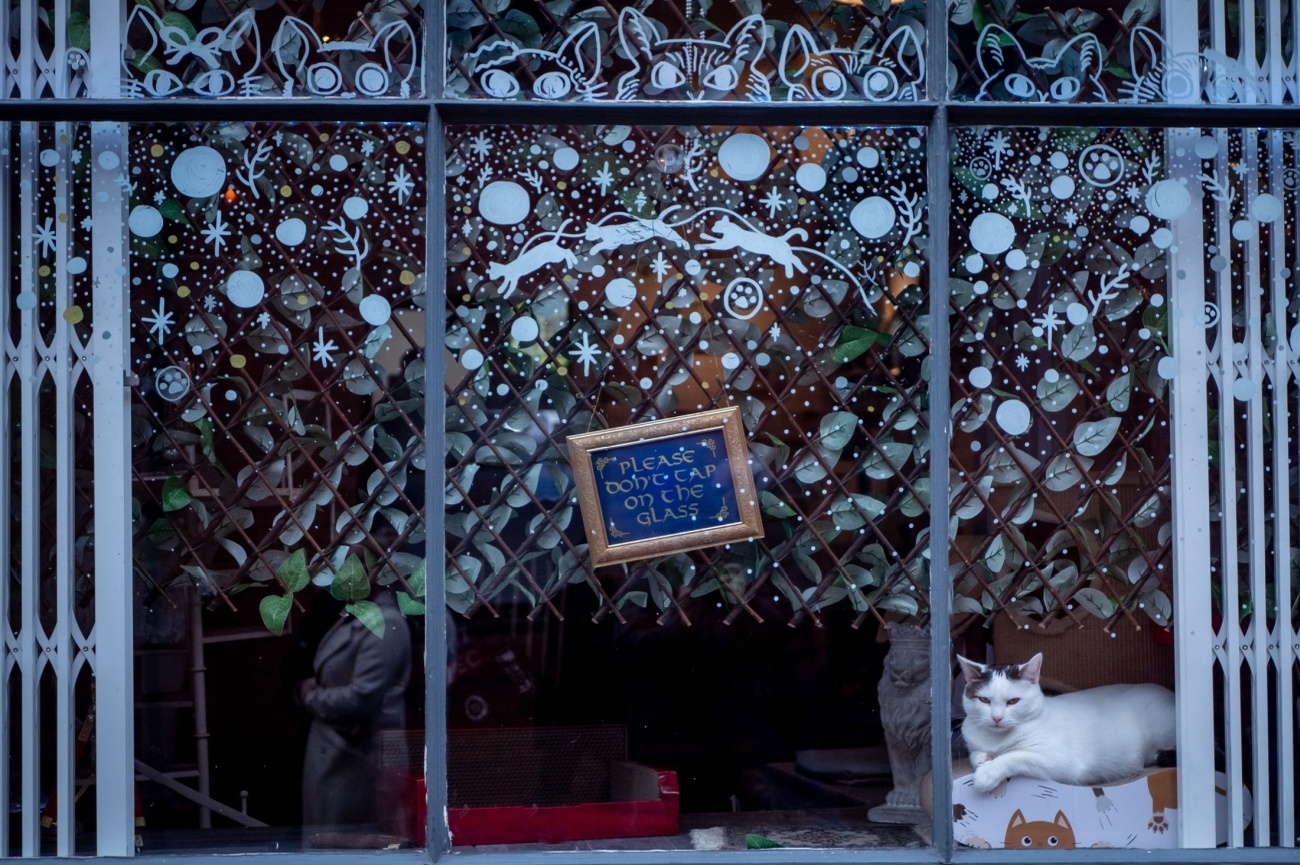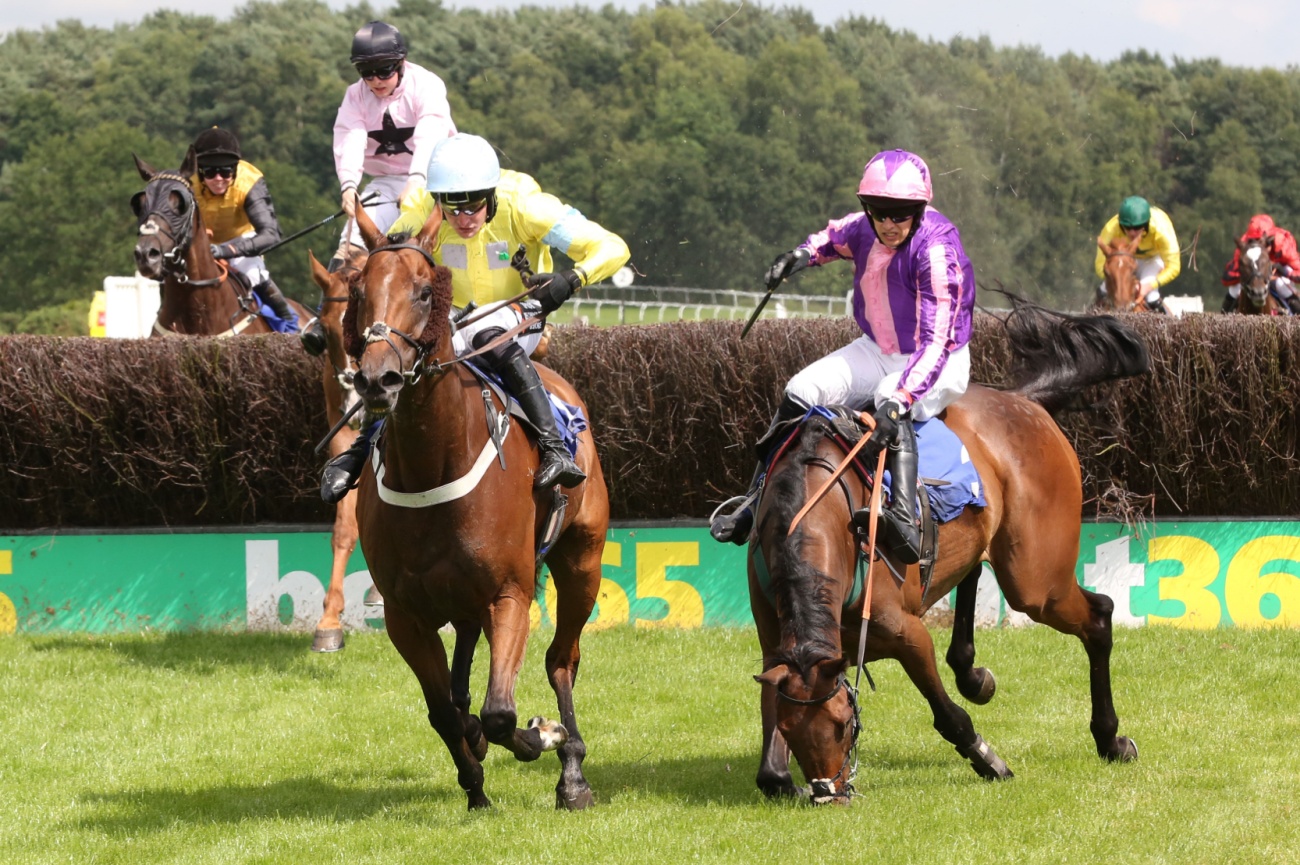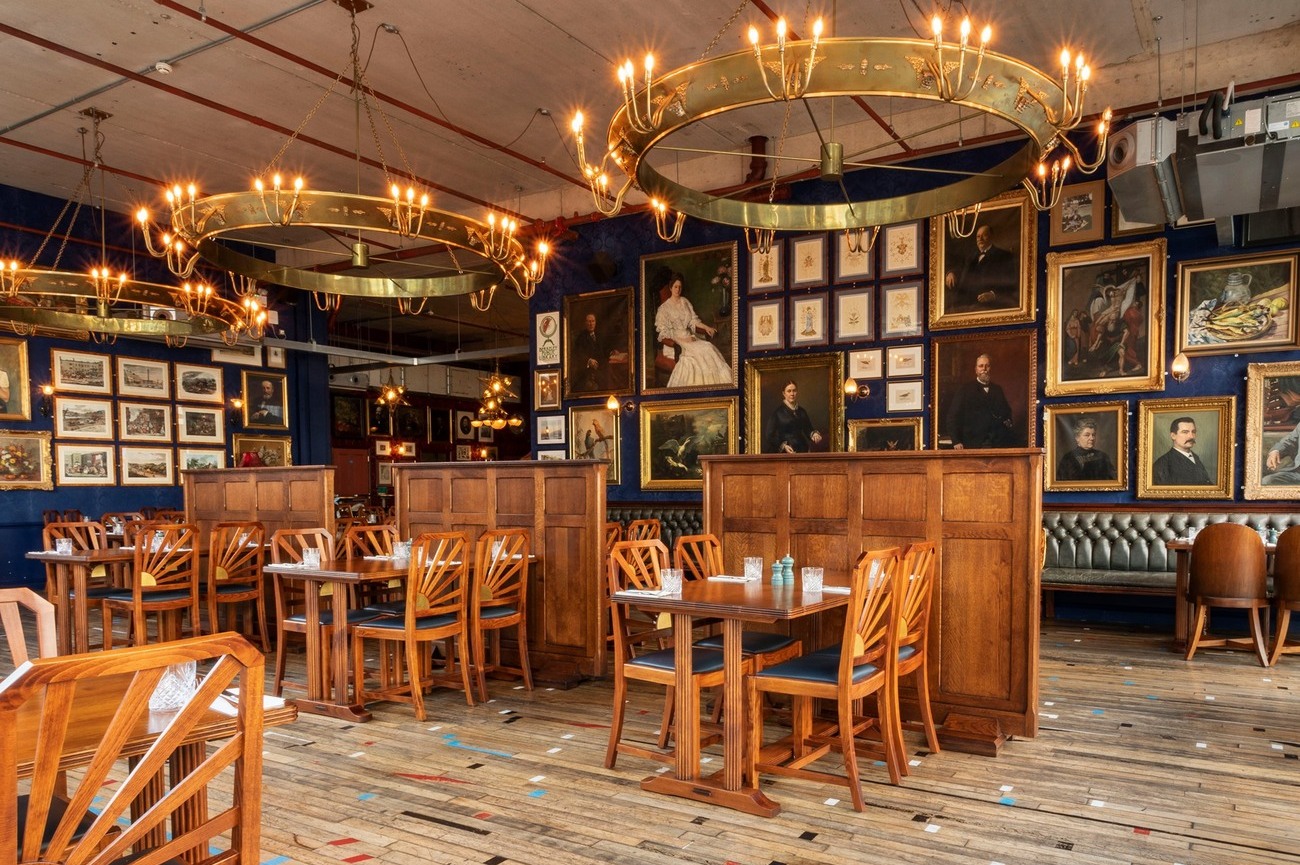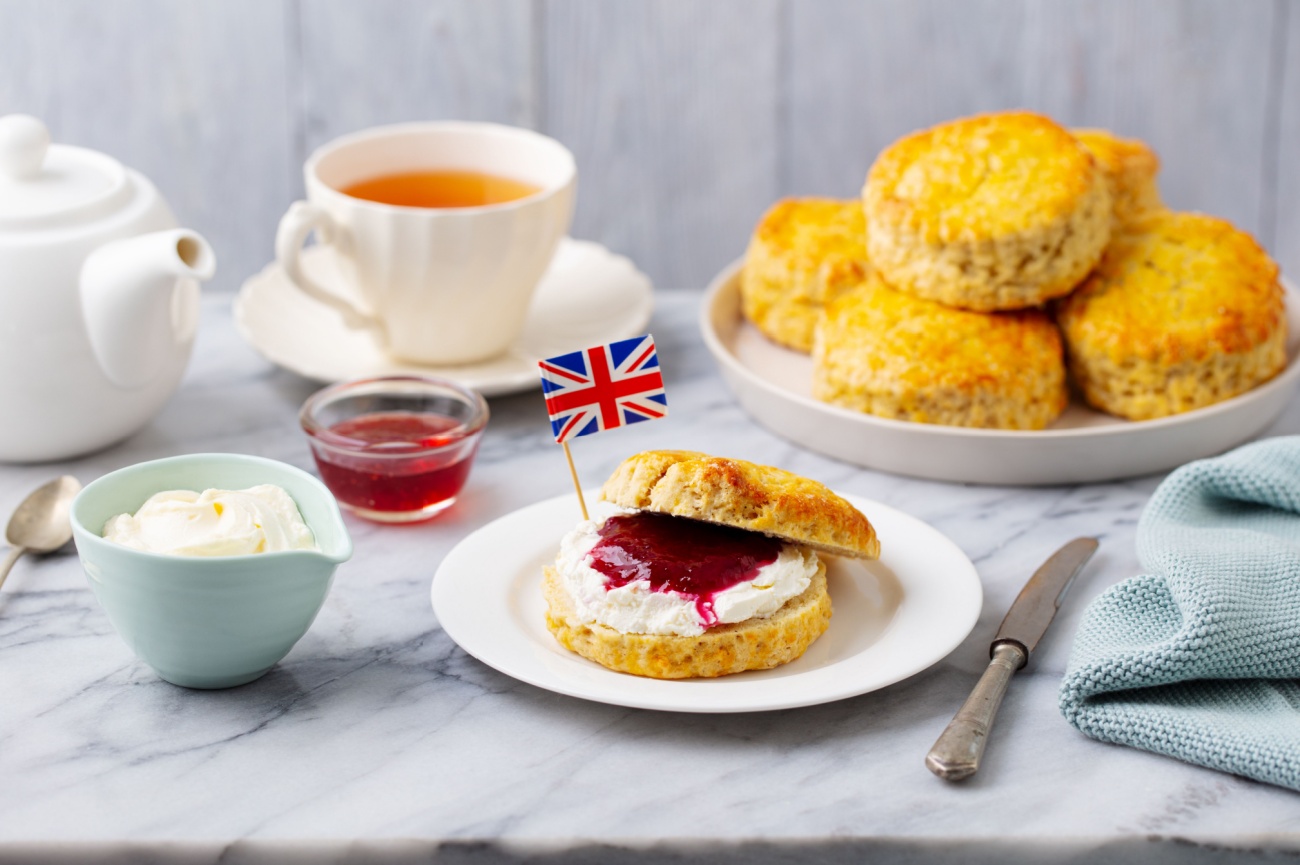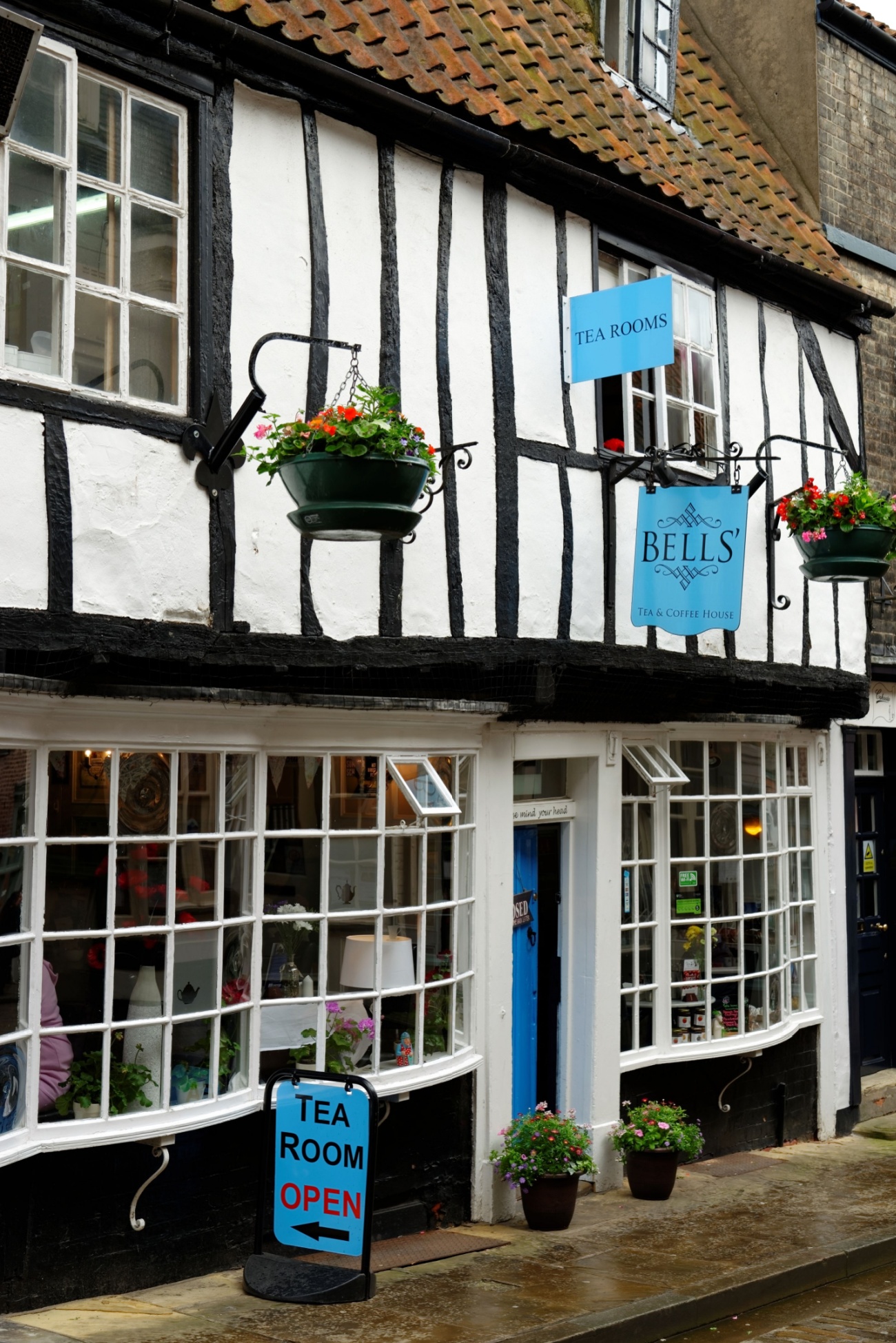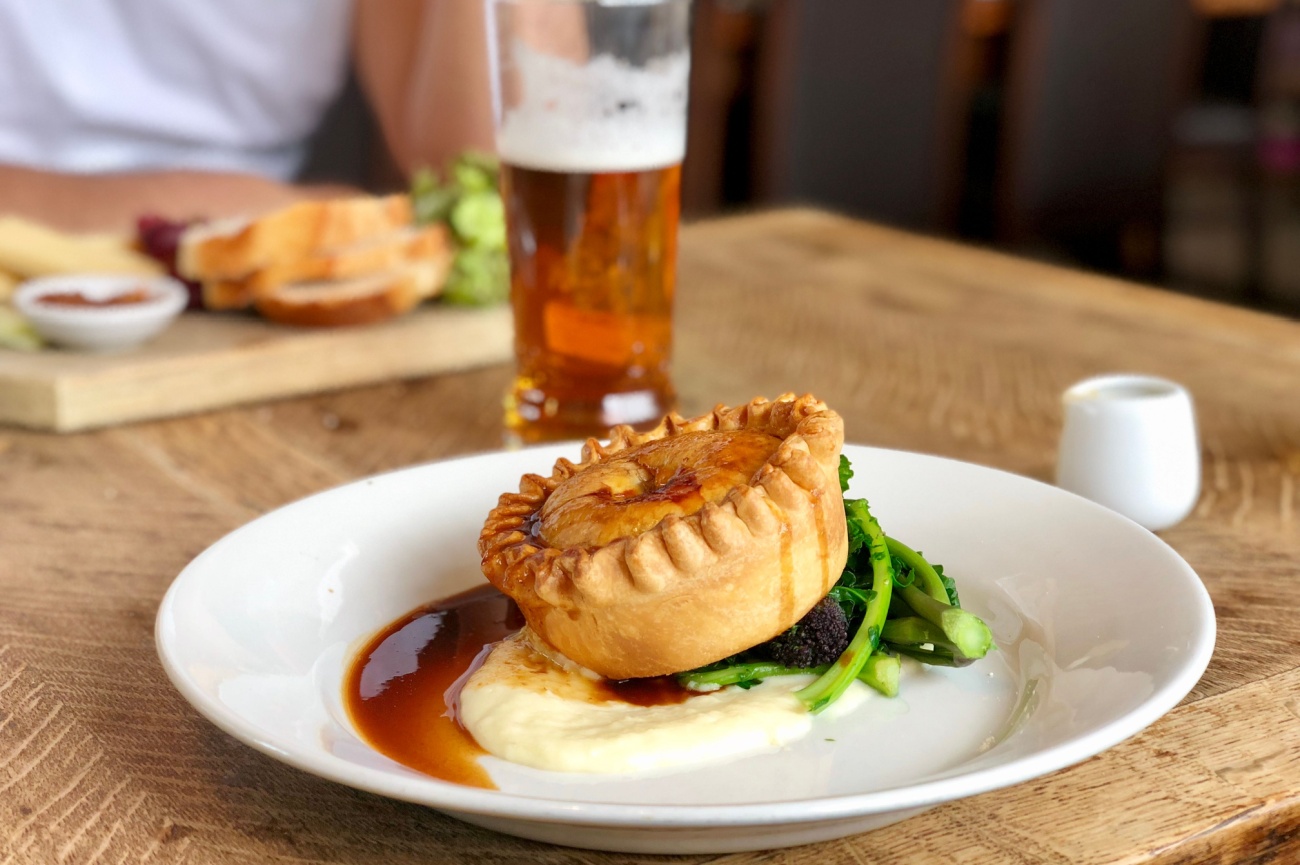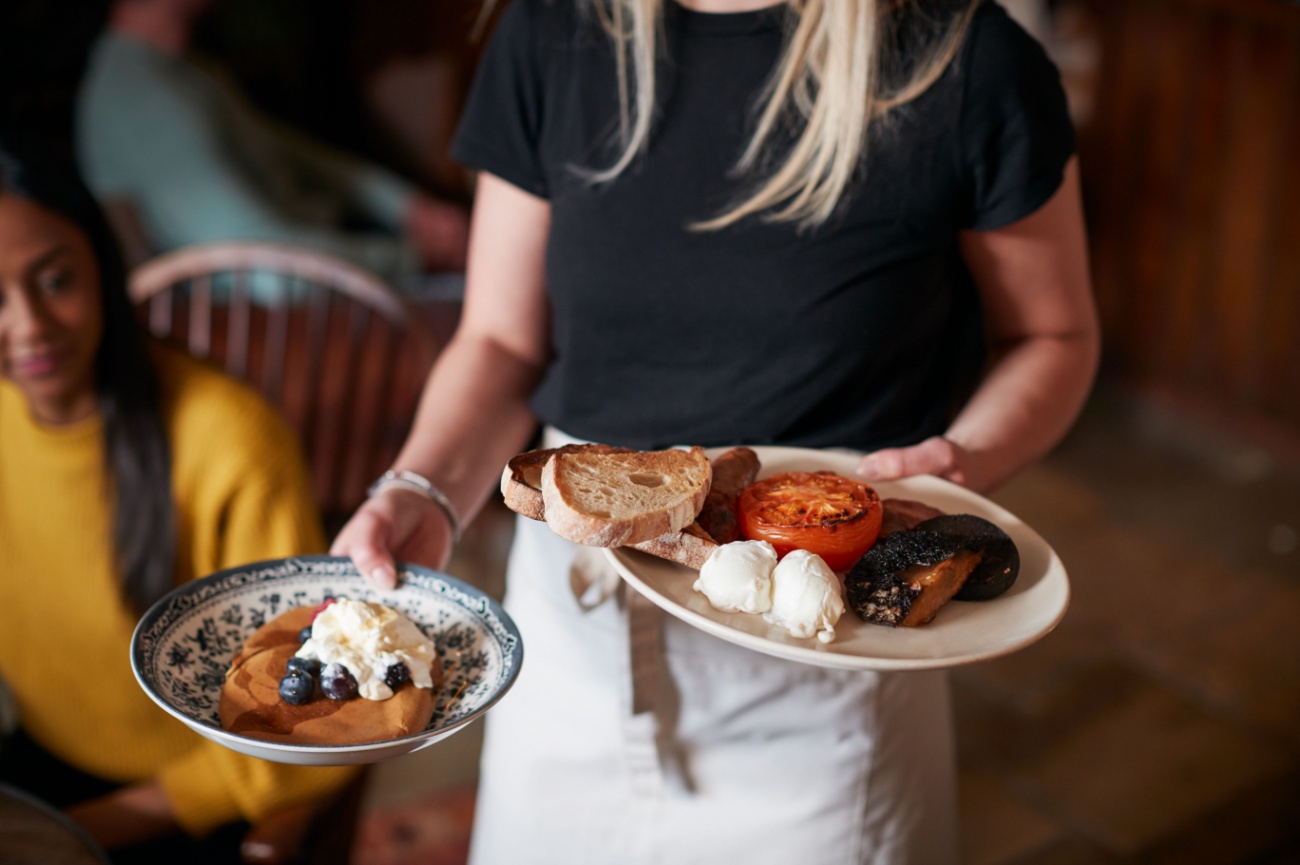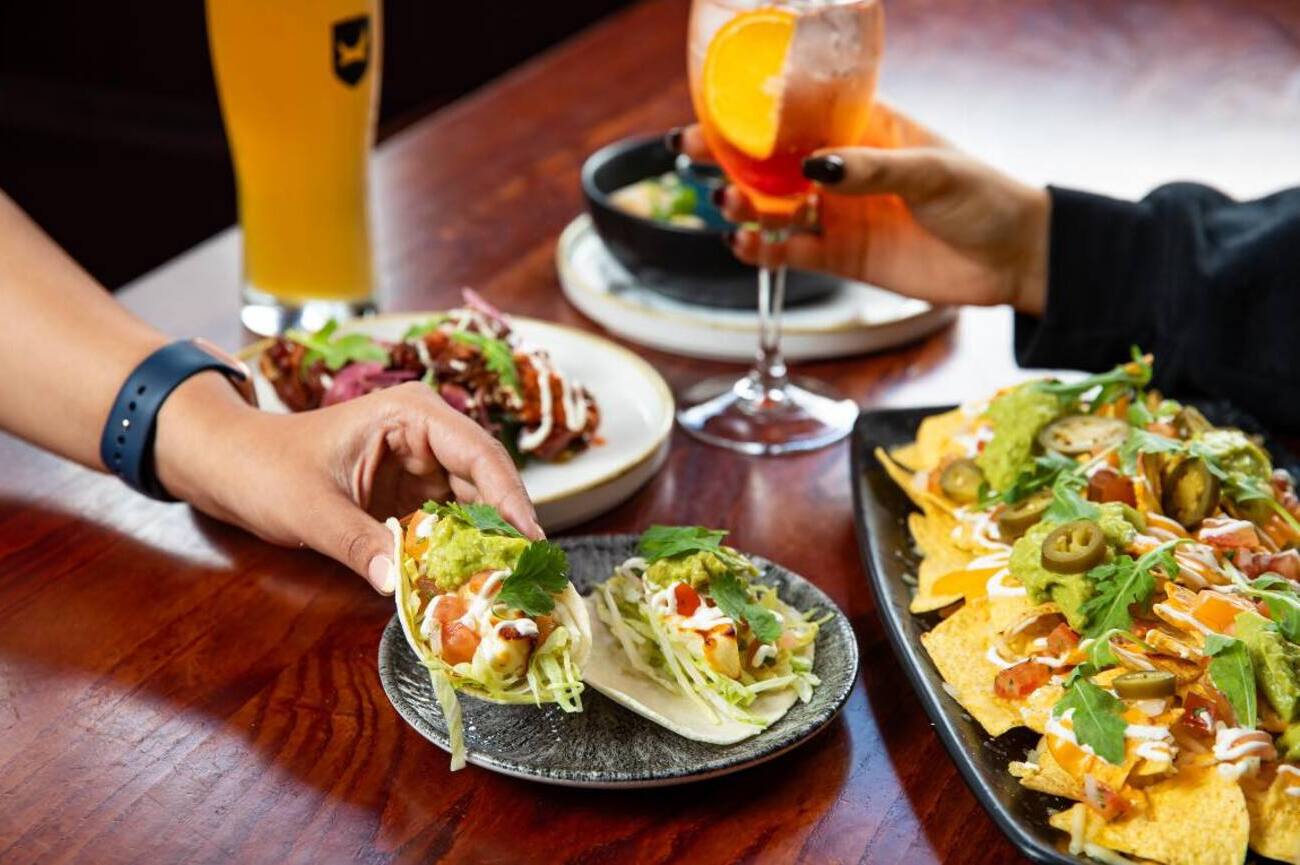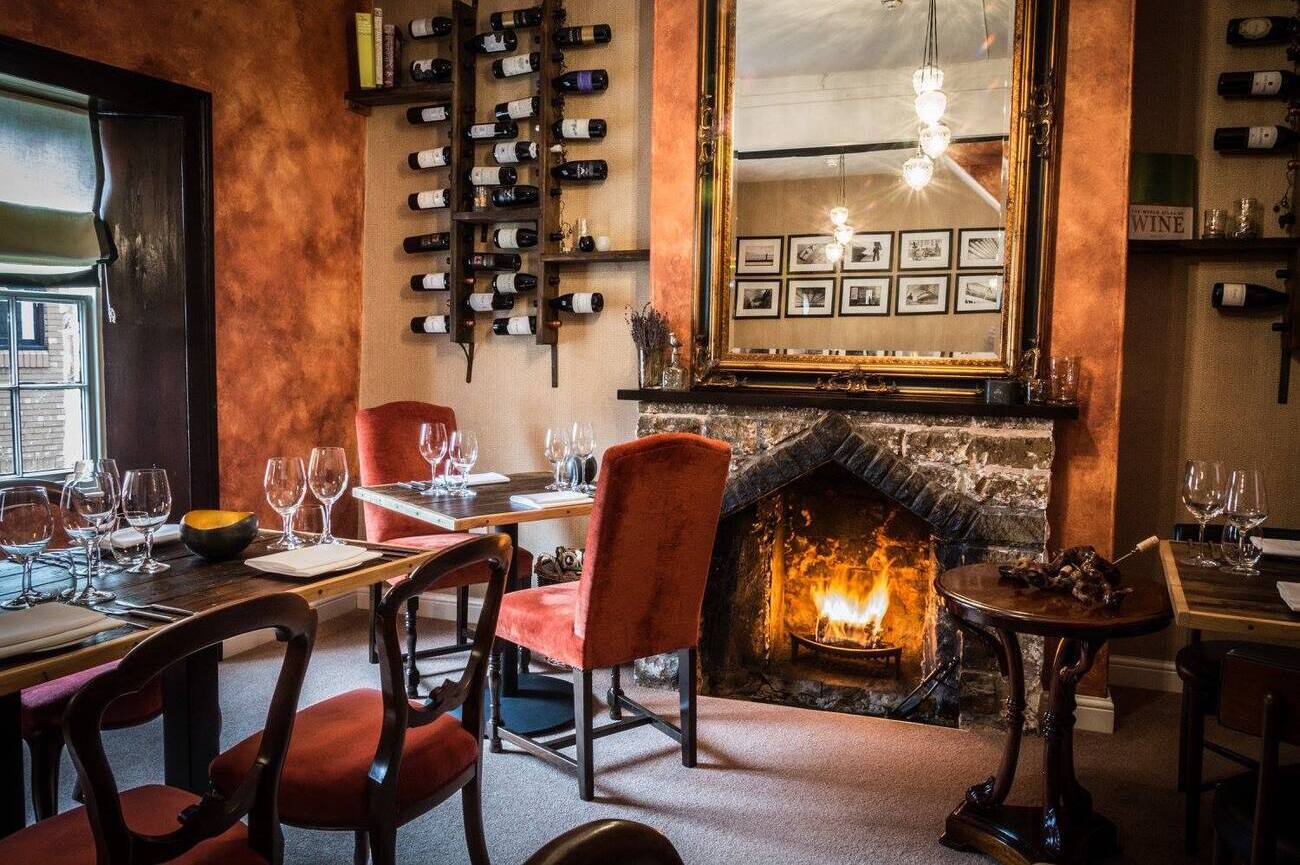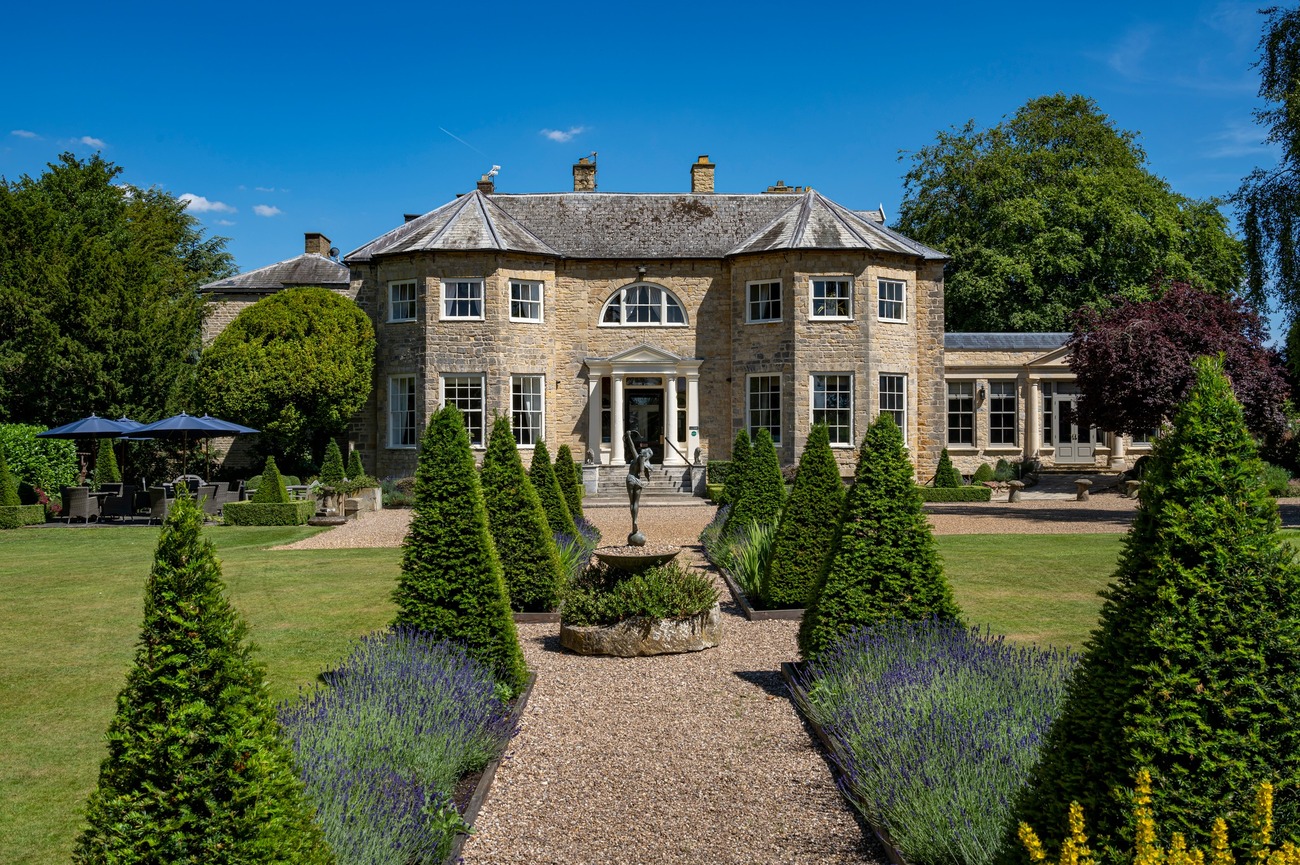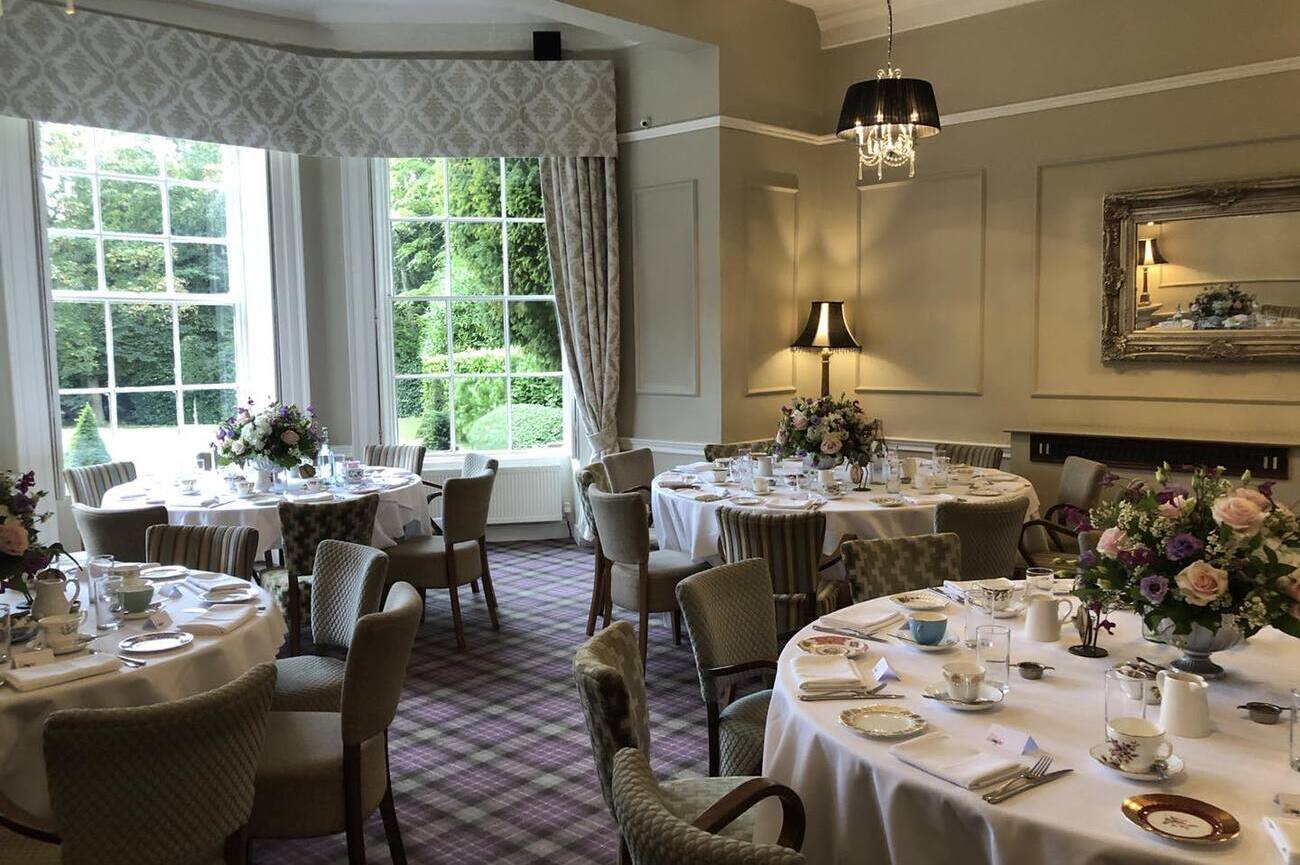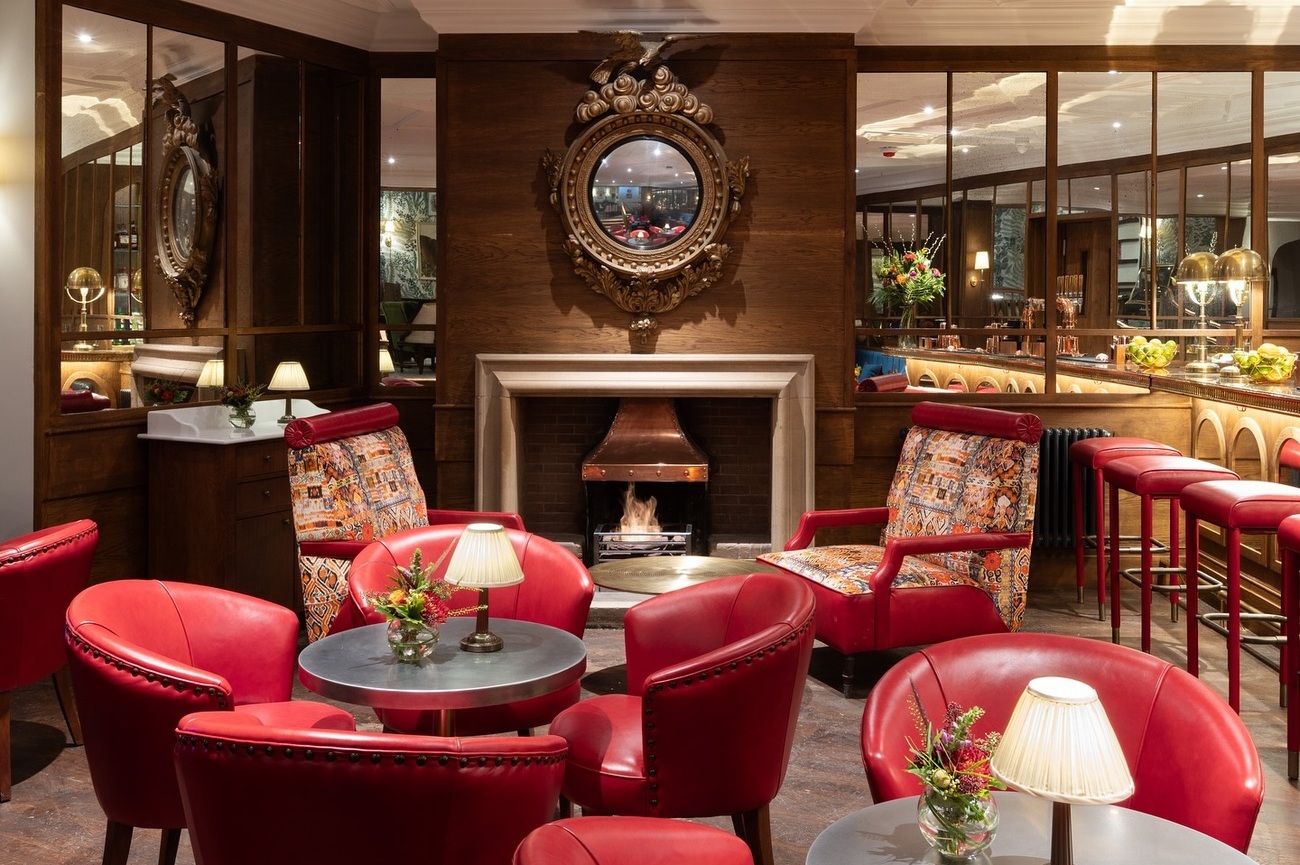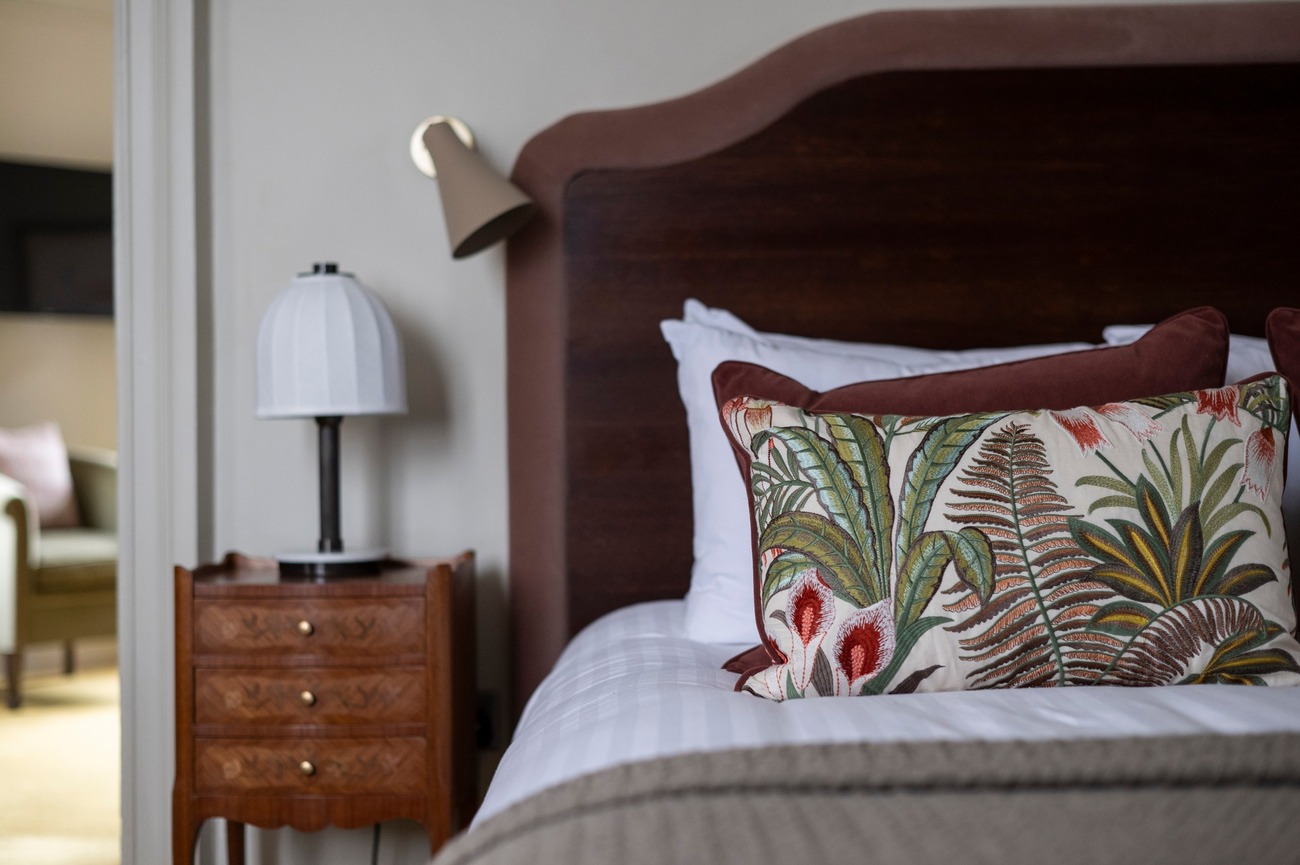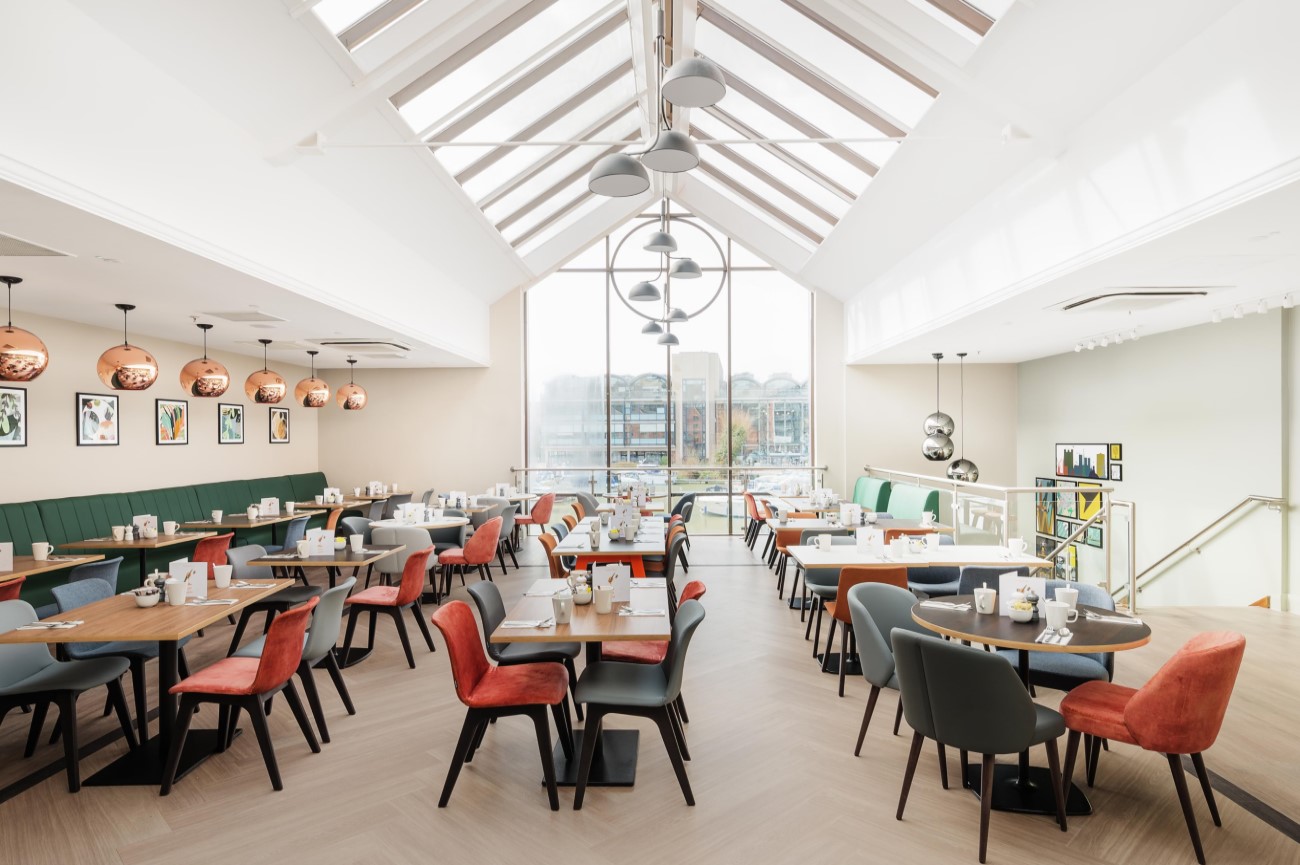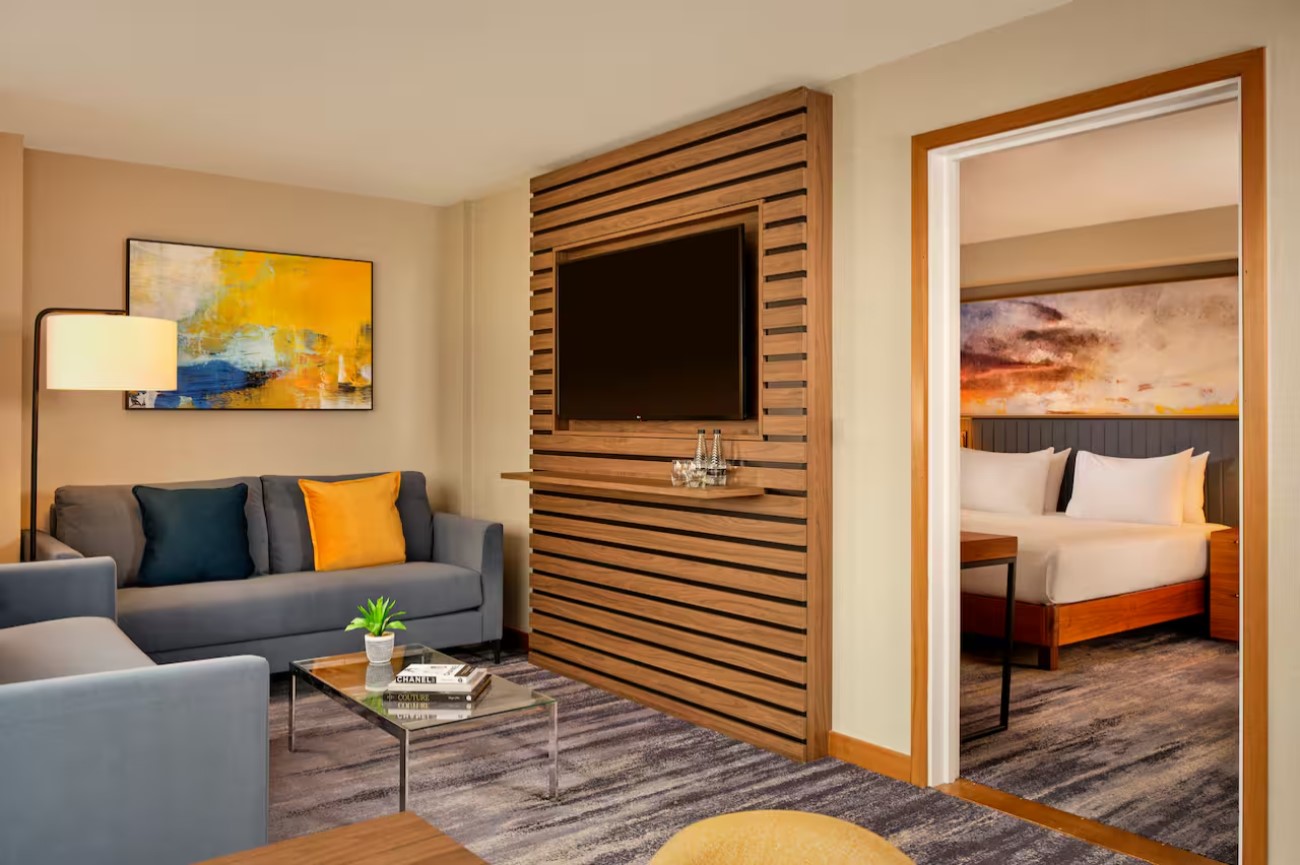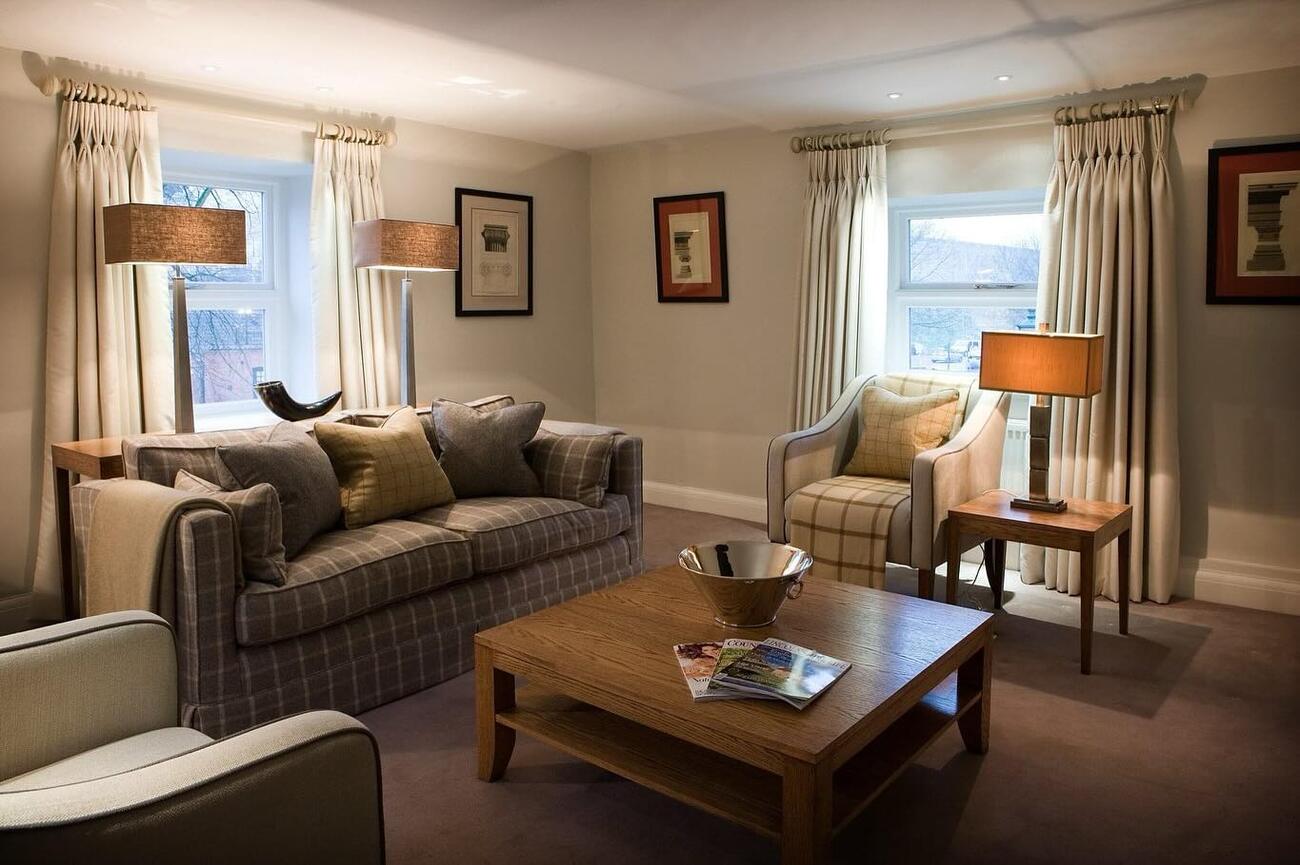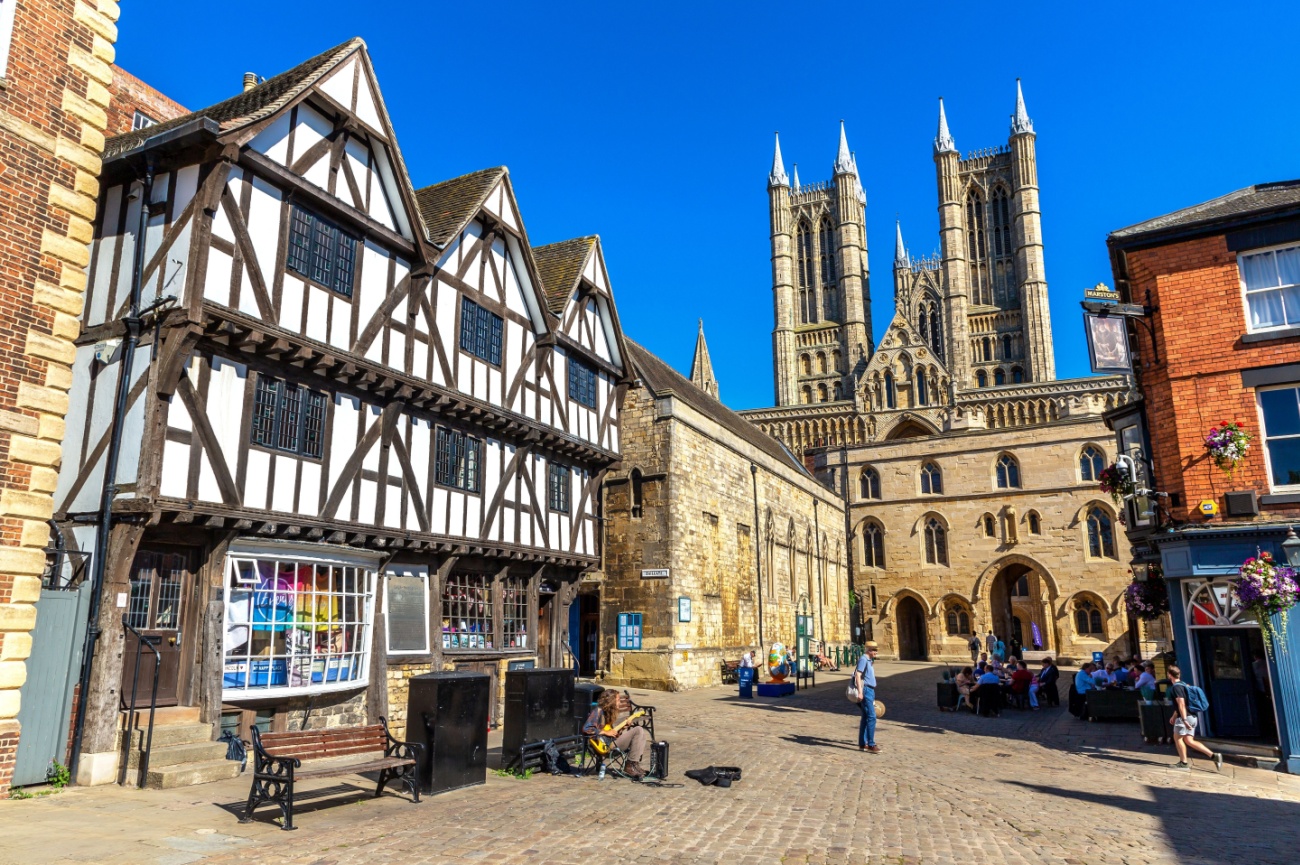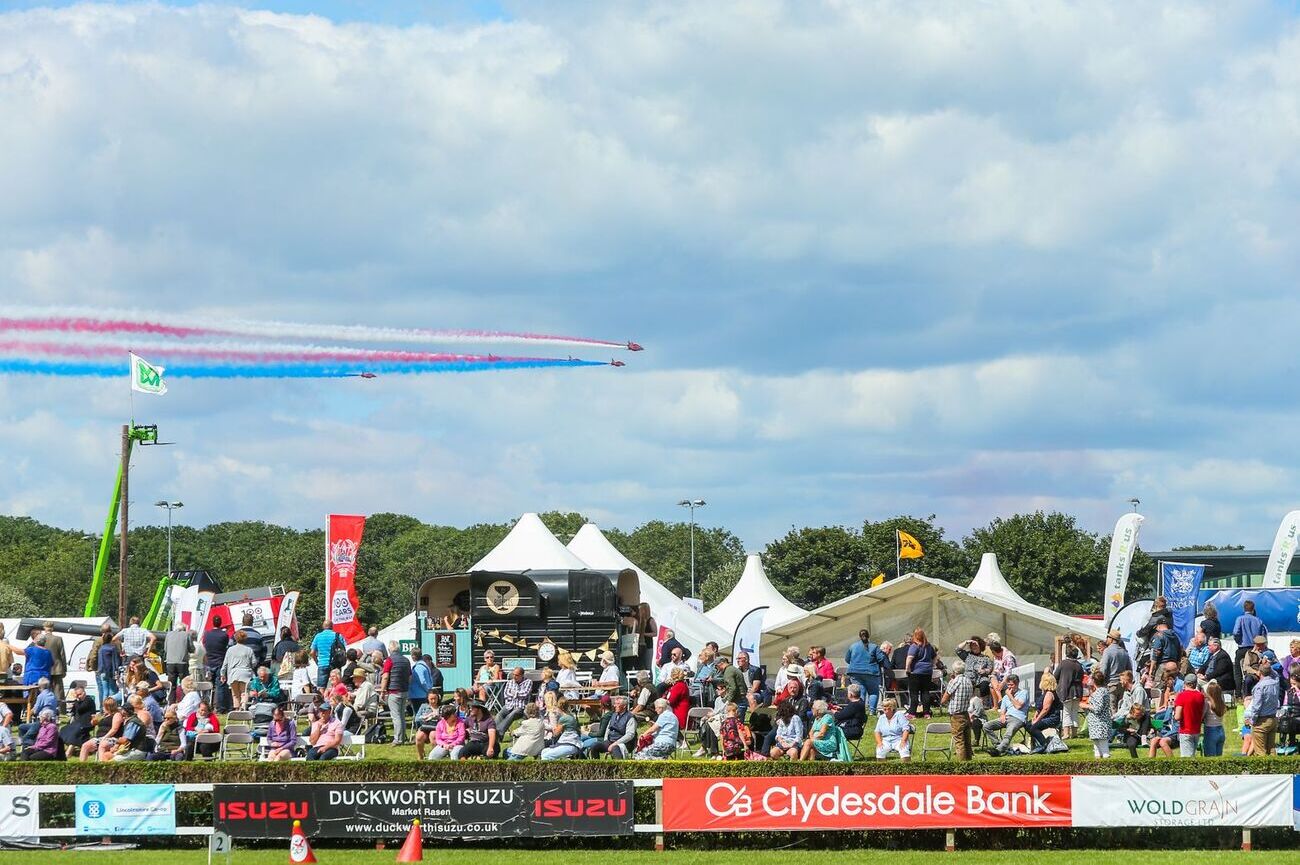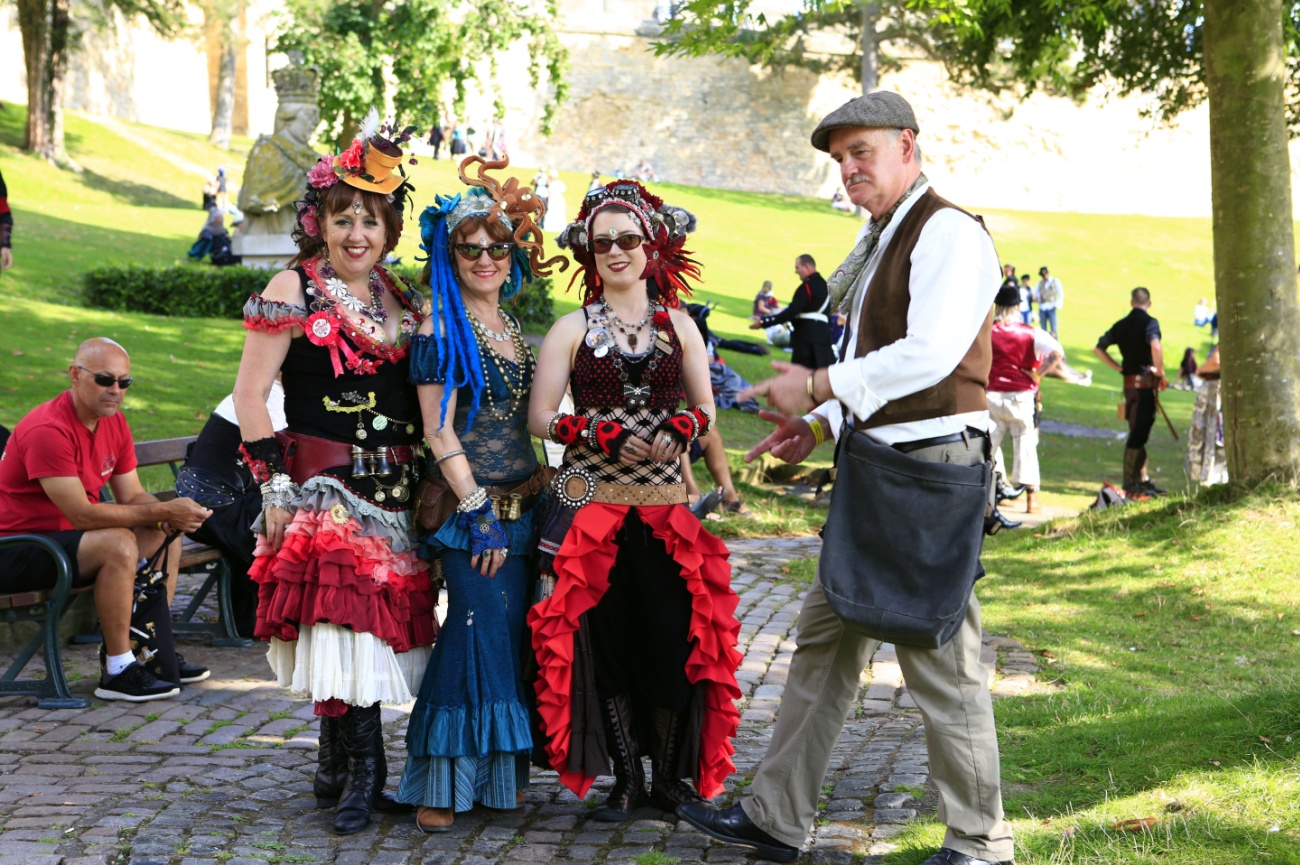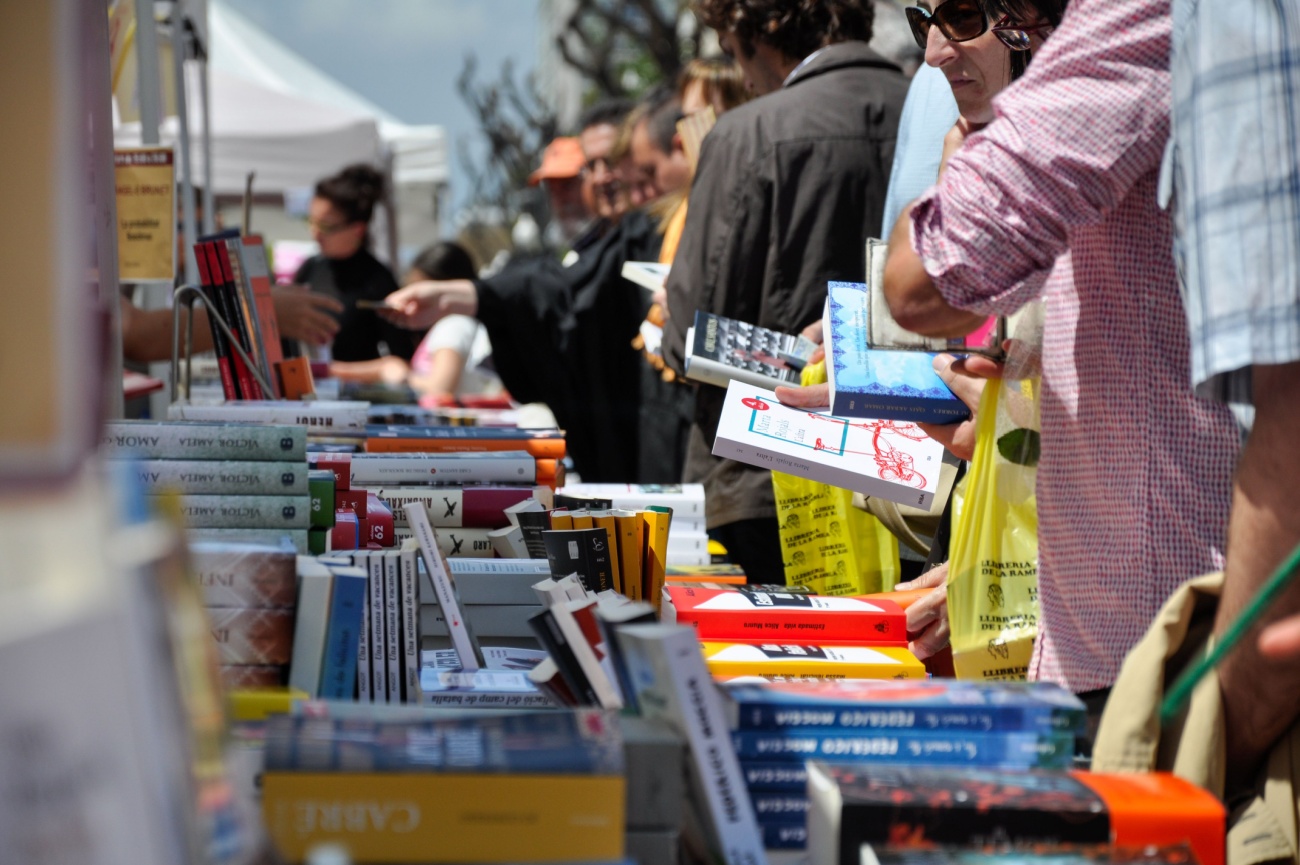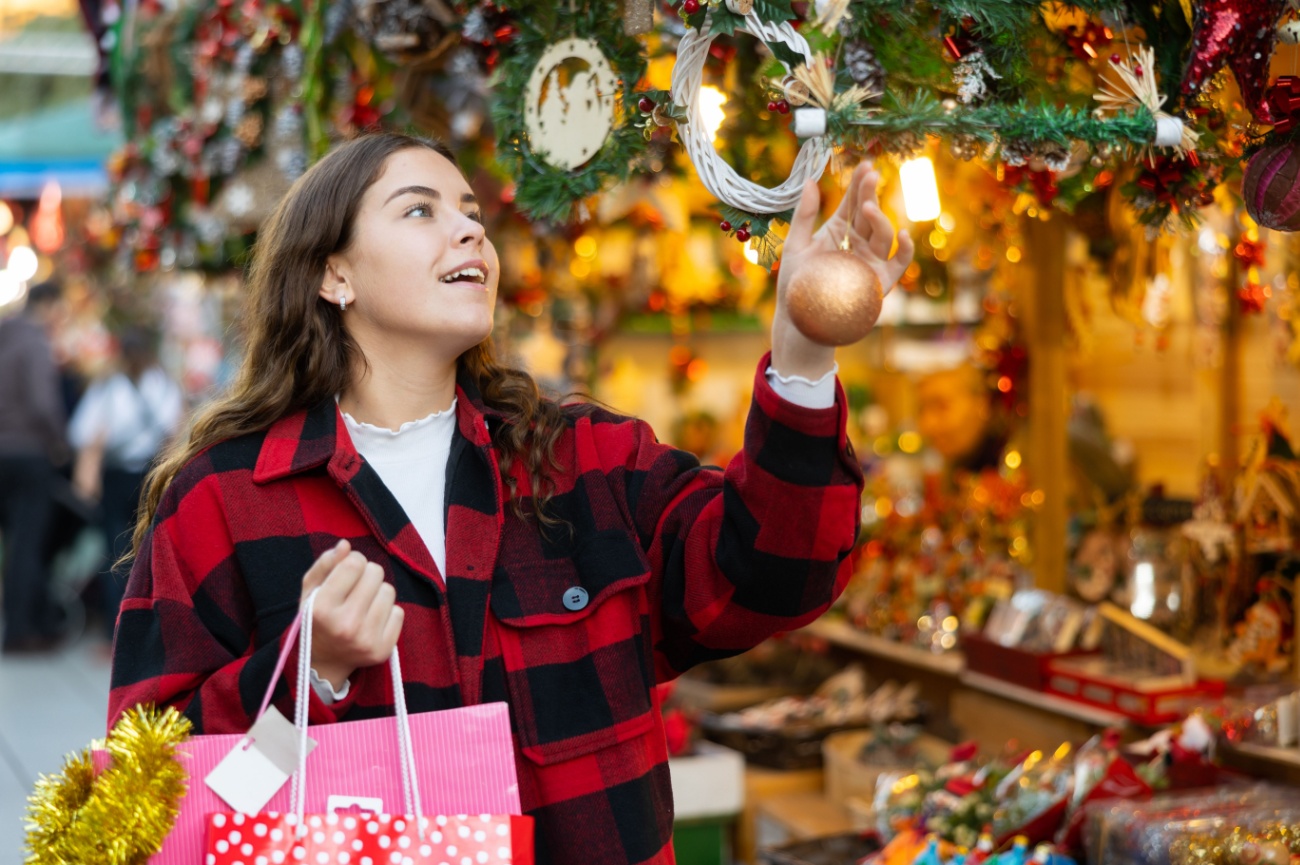Things to Do in Lincoln, UK: 2-Day Itinerary
Lincoln is a picturesque city in Lincolnshire with a long history and a magnificent cathedral dominating the landscape. It is one of the largest cathedrals in the UK and you could spend at least half a day exploring it. However, this is not all that there is to do in the city. Don’t miss visiting Lincoln Castle which houses one of the four existing copies of the Magna Carta. However, the history of the town goes even further back to Roman times and there are some ruins to find as well as mediaeval houses, museums, art galleries, and green spaces.
You can’t see all of Lincoln in one day so to do it justice, we have prepared a two-day itinerary for you, covering the main highlights and some hidden gems. If you have even more time, we have suggested other things to do in and near the city, as well as where to eat and sleep.
Day 1

Morning: Steep Hill
Start your first day on Steep Hill in the mediaeval part of town. It lives up to its name as it is a steep climb, but it is worth visiting and you can always stop off at a cafe if you need a rest. At the foot of the hill, you will see the Jew’s House, one of the oldest buildings in Lincoln dating to 1170, and one of the few surviving Jewish mediaeval houses in England. It is now a fine dining restaurant. Next to the Jew’s House is Jew’s Court, the ruins of a 12th-century synagogue.
Steep Hill is also home to many independent shops that sell interesting wares, such as vintage clothes, art, wine, artisan cheeses, and books.
Harding House Gallery
Just off Steep Hill, you will find Harding House Gallery, which is an interesting building in itself. It was constructed in the 15th century, and while the lower floor is made of stone, the first floor is timber-framed.
The ground floor is dedicated to works created by a group of resident artists. You will find a mixture of artwork on show including paintings, sculptures, photographs, and ceramics. Visiting exhibitions are held on the upper floor.
Lincoln Medieval Bishop’s Palace
The Lincoln Medieval Bishop’s Palace was constructed in the 12th century and is just a six-minute walk from Harding House Gallery. The Bishop’s Palace was the head office of the Diocese of Lincoln, which, at that time, was the largest diocese in the country. You can have an audio tour of the palace which will take you to the East Hall, the chapel and the entrance tower. The entrance tower is not as old as the rest of the palace as itt was commissioned by Bishop William Alnwick in the 15th century. The gardens are beautiful and peaceful and there you will find a vineyard growing three types of grapes, Madeleine Angevine, Muller-Thurgau, and Ortega.
Lincoln Cathedral
A two-minute walk will take you to the highlight of the city, Lincoln Cathedral. Work on this Anglo-Norman cathedral began in 1072, commissioned by William the Conqueror, and it was consecrated in 1092. However, there was a fire in 1124 and an earthquake in 1185 and these destroyed much of the cathedral apart from the West Front and twin towers. The rest had to be rebuilt and this was done in the Gothic style.
There is a wide range of tours on offer, and it is a good idea to take one or two of them as they are informative. Choose the floor tour if you want to admire the beautiful mediaeval stained-glass windows such as the Eye of the Deacon. Visit St. Hugh’s Choir, an excellent example of early Gothic architecture. There is a monument dedicated to Alfred Lord Tennyson who was born close to Lincoln in Sommersby.
If you want great views of Lincoln, take the roof tour or, even better, the tower tour. There are over 300 steps to the top of the tower, but it is well worth the effort for the uninterrupted views.
Other tours include the stained-glass tour, the symbolism tour, which tells you what the symbols on the carvings mean, and the outdoor tour during which you will learn about the architecture and the carvings.
By this time, you will probably be ready for lunch and there are a few restaurants in the vicinity, including Olivares Tapas Bar, Cafe Zoot, and the Lincoln Grill.
Day 1, Morning - Lincoln Tour Map
Afternoon: Lincoln
Castle
A five-minute walk from Lincoln Cathedral takes you to Lincoln Castle, founded in 1068 by William the Conqueror. It doesn’t cost anything to enter the grounds, but there is plenty to see inside so it is worth paying the entrance fee.
A highlight iof the castle s an original copy of the Magna Carta, one of just four in the country. It was signed in 1215 and sits next to the Charter of the Forest, signed in 1217, both of which belong to Lincoln Cathedral. They are part of an exhibition which includes a cinema documenting the history of the time.
Another highlight is the Victorian prison which has been restored to show how prisoners, even children, were kept in terrible conditions. Children will love this part of the castle as they can dress up in Victorian costumes and watch guides playing prisoners and warders.
The Medieval Wall Walk is an experience not to be missed. Climb to the top for some great views of the city and discover dungeons and towers.
Bailgate
A four-minute walk takes you to Bailgate where you can find many upmarket shops selling designer goods and antiques, restaurants, and hotels, sitting next to Roman ruins. The Romans conquered Lincoln in 48 AD and built a fortress in this area. You can see markings where the Roman columns once stood.
Newport Arch
Walk northwards along Bailgate and you will come to Newton Arch, a first-century Roman arch. It is the only one in the UK that is still used by traffic, and it is the best preserved Roman arch in the country.
Museum of Lincolnshire Life
A six-minute walk along Rasen Lane takes you to the Museum of Lincolnshire Life. which, as the name suggests, contains exhibitions and artefacts relating to the history of the city. It covers the period from 1750 to the present day. There are almost 250,000 artefacts on show including the highlight, the oldest World War I tank in the country.
Demonstrations are held in the kitchen showing how cooking was done in the past and you can see how a hand-operated printing press functioned. Also of interest are the interactive galleries showing what life was like in the Royal Lincolnshire Regiment.
Children will enjoy the museum as there is a trail they can follow.
Day 1, Afternoon - Lincoln Tour Map
Day 2

Morning: Brayford
Wharf North
Start your second day at Brayford Wharf North and take a stroll along the waterfront. There are many boats moored here, bars, restaurants, and hotels. Perhaps stop for a coffee at one of the cafes.
Brayford Waterfront is the oldest inland harbour in the country. After a decline, it has come to life again due to the opening of Lincoln University in 1996 and is a popular place for students to socialise.
High Bridge
Head to High Bridge which was built in 1160 with buildings added in the 16th century. It is one of only three bridges in England which have buildings and it is the oldest, making it unique. The buildings now include a cafe and a traditional English bakery. From the bridge you get great views of Lincoln Cathedral.
St Mary le Wigford Church
A five-minute walk takes you to the oldest church in Lincoln, St Mary Le Wigford. It dates to the Saxon era, staying open for services continually since then. It was originally made from timber, but this was replaced with stone during the 10th century. A tower was built in the 11th century, while the nave, chancel and north wing were added in the 13th century. The south aisle dates to the Victorian era.
Outside the church, you will be able to see an elaborately decorated conduit which was built in the mid-19th century. There is also an ancient Roman memorial stone fixed to the tower.
You will find an alabaster tomb and beautiful stained-glass windows inside the church.
Cornhill Market
The final stop of the morning is Cornhill Market which is four minutes away from the church. It used to be called the Lincoln Central Market and has been the heart of the city since 1938. It underwent a major renovation in 2022 but still has traditional charm. Stalls sell such things as fresh fruit and vegetables, embroidery, and handmade jewellery. There are hot food stalls so it’s a good place to grab some lunch. Oriental street food, crepes, and Thai are among the offerings.
Day 2, Morning - Lincoln Tour Map
Afternoon: Lincoln
Guildhall and Stonebow
On your way to Lincoln Museum, stop and have a look at the Lincoln Guildhall and Stonebow. It takes around four minutes to walk there from Cornhill Market and is worth a photo as it is a stunning building with limestone parapets, three magnificent archways, and a gable-mounted clock face. On certain days of the year, there are free tours so you might be lucky.
Lincoln Museum
A six-minute walk takes you to Lincoln Museum which tells you about the history of Lincolnshire from the Stone Age until the Mediaeval era. There is an emphasis on farming in the county.
The museum also has sections dedicated to the rest of the world. It looks at how money is used in different civilizations and the use of materials by different societies. You can discover what human bones indicate about the past and how artefacts are dated by archaeologists.
The Usher Gallery
The Usher Gallery is next door to the Lincoln Museum and is now part of the museum. It has a permanent collection of paintings, decorative arts, and clocks. Also on display are loans from national art galleries and temporary exhibitions are held.
Highlights include paintings of Lincoln by artists such as J.M.W. Turner and L.S. Lowry. There are modern paintings by artists including Lother Gotz and neoclassical sculptures by John Bacon.
The founder of the museum was James Ward Usher, a benefactor and businessman who ran a jewellery shop and watchmaker’s. He collected watches, miniature portraits, enamels, silver, ceramics and other fine arts which he donated to the museum.
The Cheese Society
To reach The Cheese Society, you need to double back on yourself, but it is only a nine-minute walk from The Usher Gallery. If you like cheese, you will love The Cheese Society, which is both a shop and a cafe. It sells fantastic cheeses including Lincolnshire cheeses such as Lincolnshire Red and Lincolnshire Poacher as well as some cheeses from Europe, including the French Morbier au Lait Cru. The cafe serves cheese-based dishes, such as mac and cheese, raclette, and cheese souffle. It is open from Wednesday to Saturday.
Day 2, Afternoon - Lincoln Tour Map
Other Things to Do in Lincoln
- Lincoln Open Top Bus: The Lincoln Open Top Bus works as a hop-on-hop-off bus with eight stops. It starts at Lincoln Cathedral and there is a bus every half an hour from 10.30 am until 3.30 pm. It then stops at Northgate, Newport Arch, Lincoln Castle, Museum of Lincolnshire Life, Brayford Waterfront, The Transport Hub, and St. Swithin’s Square on the High Street. You can get on and off as many times as you want as your ticket lasts all day. Alternatively, you can stay on the bus for the whole journey and listen to the interesting commentary. You will discover 2,000 years of Lincoln's history and will see the highlights of the city. The bus operates between March and October.
- Lincoln Ghost Walk: This frightening ghost walk has been running since 1996 and leaves from the Visitors Information Centre. The guide wears a black cape and tells spooky tales as you wander the streets of Lincoln. The tour runs all year from Wednesday until Saturday and starts at 7 pm.
- International Bomber Centre: The International Bomber Command Centre, which opened in 2018, commemorates and tells the stories of those affected by bombing during World War II. There are visual displays and testimonies from those who went through the conflicts. Outside you will find peaceful gardens where you can reflect on what you have seen in the centre. There is also a spire-shaped monument there honouring those who died in the war. The centre and the monument are on top of Canwick Hill. You can pre-book your time slot online.
- See A Show at The New Theatre Royal: The Theatre Royal is a Lincoln institution opening its doors for the first time in 1893. The actor, Patrick Stewart performed here for the first time professionally. The theatre offers a wide range of performances including plays, pantomime, musicals, and operas.
- Visit The Arboretum: The Arboretum is another Lincoln stalwart, opening around 150 years ago. It was restored in 2003 so is in pristine condition especially as it is well cared for. It is one of the nearest green spaces to the city centre, being just a ten-minute walk from Lincoln Cathedral. It covers 10 hectares and showcases beautiful flower gardens and a large open green space. There is a hedge maze in the Arboretum to keep the kids amused.
- Sincil Bank Stadium has been the home of Lincoln City Football Club since 1895. If you’re in Lincoln at the weekend and there’s a home match, why not go and enjoy a game of football. Once a month, there are tours of the club so check online to see if there is a match when you are in the city. The tour takes you to the dressing rooms of the players and allows you to walk through the tunnel into the stadium as if you were a player. The highlight is watching the first team having a training session.
- Lincoln Crown Court is a judicial facility which tries serious crimes. It is in the grounds of the beautiful Lincoln Castle. The judge decides if the public can come and view the trial and, if so, you can watch the trial from the public gallery.
- Ellis Windmill was built in 1798 although there had been a mill on the site since the 1600s. It is the only mill left of the nine that were on this hilltop and the only working mill left in Lincoln. The ground floor is open on certain days of the year so check online to ee if its open when you are in Lincoln. It’s good to know that it is free to go in.
Days Out from Lincoln
- Burghley House: Burghley House is 79 km south of Lincoln and is a spectacular house conceived by William Cecil, Lord High Treasurer to Queen Elizabeth I. It was built between 1555 and 1587 although alterations in the 17th century changed the design to Baroque. Explore the inside of the house and discover Italian Old Masters, European and Far Eastern ceramics, beautiful furniture, and English portrait miniatures. Outside there are two stunning gardens, the Sculpture Garden, designed by Capability Brown, and the Garden of Surprises. There is also a deer park. Children will enjoy the adventure playground, Hide & Seek, with different play zones. There is a cafe and a restaurant so you could easily spend the day here.
- Woolsthorpe Manor: Woolsthorpe Manor is in Grantham, 66 km south of Lincoln. It is the 17th-century house where Isaac Newton was born and spent 18 months after university alone with his experiments. It has an interactive science centre where you can explore Newton’s theories on light, optics, and gravity. Outside, you can even see the apple tree which inspired Newton’s theory of gravity. The manor houses a cafe serving snacks and light lunches.
- Lincolnshire Aviation Heritage Centre: The Lincolnshire Aviation Heritage Centre is 50 km southeast of Lincoln in Spilsby. It houses rare and eminent aircraft from the Second World War II, such as the Lancaster and the Mosquito. The centre offers experiences such as Taxy rides where you will enjoy being in a plane with the engines running and a ride on the runway.
- Hartsholme Country Park: Hartsholme Country Park is 5.5 km southwest of Lincoln and covers 81 hectares. It has a large reservoir with many nature trails allowing you to explore both landscaped gardens and woodlands. The park has a children’s playground and a campsite.
- Whisby Nature Park: Whisby Nature Park is just over 11 km southwest of Lincoln and covers 65 hectares with trails to explore. The park is home to lakes, woodlands, scrubland, and grassland. Inside the park, you will find the Natural World Centre where there is a wildlife adventure area for children. The onsite cafe overlooks a lake.
- RAF Battle of Britain Memorial Flight: This attraction is 37 km southeast of Lincoln and displays WWII aircraft such as the last Hurricane to be built and one of only two Lancaster bombers which are still operational, the ‘City of Lincoln’. The planes take part in flying displays, but you can also take a hangar tour.
- Tattershall Castle: Tattershall Castle is 46 km southeast of Lincoln and is a mediaeval castle built for Ralph Cromwell, Lord Treasurer of England. It has a six-floor keep which was built in the mid-15th century. It is worth climbing the 150 steps to the battlements for views over the Lincolnshire countryside. Visit the church next door, also built by order of Cromwell.
- Doddington Hall: Doddington Hall is 11 km southwest of Lincoln. It is an Elizabethan mansion completed in 1600 and is privately owned by the descendants of the family who had it built. It is an artistic masterpiece housing 17th-century Flemish tapestries as well as beautiful ceramics and paintings. There is a restaurant serving meals prepared with produce grown on-site, as well as two cafes and tearooms where you can get a traditional afternoon tea.
- Woodhall Spa: Woodhall Spa is 27 km southeast of Lincoln and is a village known for its curative saline waters. Now it houses spa hotels where you can indulge in spa treatments. Woodhall Spa is also home to the Kinema in the Woods, a cinema which was built in 1922. It is the only cinema in the UK that has a back-screen projector. Now and again the cinema puts on organ shows where live music is performed to accompany the films.
- Gainsborough Old Hall: Gainsborough Old Hall is in the historical town of Gainsborough, 29 km north of Lincoln, the location of King Alfred’s marriage in 868 AD and the place where the Danish King, Sweyn, died in 1014. There was also fighting here during the English Civil War. Gainsborough Old Hall is a well-preserved mediaeval manor house. The highlight is the 15th-century kitchen which prepares some of the food for the on-site cafe.
- Lincolnshire Wolds National Landscape: Lincolnshire Wolds National Landscape is 37 km northeast of Lincoln and is a beautiful and unspoilt area to explore. It holds the honour of being an Area of Outstanding Natural Beauty. There are many trails to explore by foot, bicycle, or horse and pretty villages to visit, which have market days selling local produce. A highlight is the Red Hill Nature Reserve, named for its red chalk, only found in the UK in Lincolnshire, Yorkshire, and Norfolk. Another highlight is Cadwell Park Motor Racing Circuit, home to both car and motorbike racing, including one of the rounds of the British Superbike Championship. Take a ride on the Lincolnshire Wolds Railway which is the only full-sized steam railway in the country. If you’re looking for excitement, head to Wild Pines Park which is an enormous rope course with challenging activities for both adults and children.
- Skegness: The seaside town of Skegness is 80 km east of Lincoln and has all you want out of a British holiday resort, with a beautiful beach, a pier, a fairground, restaurants, cafes, and bars. On the pier, you can enjoy 10-pin bowling and arcade games. Highlights of Skegness include a seal sanctuary for injured and abandoned seals and Europe’s biggest seven-day market, Ingoldmells, which has 320 stalls.
- Newark-On-Trent is 20 miles southwest of Lincoln. It is a market town that expanded around the beautiful Newark Castle where King John died in 1216. As well as visiting the castle, you can spend some time in the many museums, including the Town Hall Museum & Art Gallery, the Newark Air Museum, the National Civil War Centre Newark Museum, and the Queen’s Royal Lancers and Nottinghamshire Yeomanry Museum. Don’t miss seeing one of the best Georgian market squares in the country.
- Belvoir Castle is 33 miles south of Lincoln and has been the home of the Dukes of Rutland since 1607. It is on a hill so you will have beautiful views of the surrounding countryside. The castle was built in the Regency style and houses a fantastic collection of antiques, sculptures, and paintings. Take time to stroll around the Formal gardens and the Japanese Woodlands.
Things to Do with Kids in Lincoln
- Bransby Horse Rescue and Welfare: Bransby rescues horses who need help and provides them with a safe home. Children will love meeting the horses and exploring the grounds. There is also a playground and a cafe. You don’t have to pay to get in but donations are welcome.
- Daisy Made Farm: This is another animal attraction which younger children in particular will enjoy as they can pet smaller animals like guinea pigs and rabbits. They can also meet goats and alpacas. A highlight is the coffee shop which serves 60 flavours of homemade ice cream. There is also a crazy golf course. The farm is in Skellingthorpe Village, five km from Lincoln.
- Playzone: Playzone is a fun place for kids with four monster slides, climbing frames, a basketball court, and a playground. There is also a soft play area for the under fours and a cafe. It is on Cross Street.
- Boat Trip on the Brayford Belle: This is a simple activity, but children will love to be on the water. The cruise lasts for around an hour and is accompanied by entertaining commentary about the places you pass by. The cruise can be enjoyed in all weathers as there is both indoor and outdoor seating.
- Lincolnshire Road Transport Museum: The Lincolnshire Road Transport Museum is privately owned and has a collection of over 40 classic and vintage vehicles dating back as far as 1927. There are both private and commercial vehicles on show including buses. The museum is in North Hykeham, six km from Lincoln.
- Boultham Park: Boultham Park is a 20-hectare public park where children can let off steam enjoying the outdoors. Take a walk by the River Witham or the lake and enjoy the exhilaration of the zip wire. The park also has a children’s play area.
- The Lincoln Mystery Treasure Trail: This is a self-guided mystery investigation around the streets of Lincoln. Your children can be detectives for the day while discovering exciting stories hunting through the cathedral and castle.
- The Arcade Warehouse: The Arcade Warehouse will delight children of all ages. There is a big collection of classic arcade games, modern arcade games, air hockey tables, and more. Your kids will have fun for hours and won’t want to leave.
- The Little Pottery Studio: The Little Pottery Studio is in the centre of Lincoln and offers kids the chance to paint pots in a variety of designs including animals and racing cars. They can even create their own designs and there are workshops on offer, such as story time painting for preschoolers.
- Jump Inc. Trampoline and Inflatable Parks Lincoln: Jump Inc. is a fantastic day out for the whole family, young and old. There is a wide variety of trampolines to enjoy including an Olympic-sized trampoline and a course of connecting trampolines. There is also a ninja obstacles course and inflatables to have fun with.
- Hollywood Bowl: The Hollywood Bowl is a bowling alley which offers fun for children of all ages and their mums and dads. There are 20 bowling lanes and an impressive amusement arcade with all the top games. Head to the American Diner for shakes, nachos, burgers, and more.
- Visit the Cat Cafe: Cat cafes have become popular in recent years and there is one in Lincoln. As long as your children are 11 years or older, you can bring them here for a drink and to meet the feline occupants. All the cats have come from a rescue centre so have been given a new lease of life. You have to pay an admission fee to get in which goes toward the welfare of the cats, and then you can spend an hour in the cafe.
- Rand Farm Park: Rand Farm Park is 17.7 km northeast of Lincoln. Here, your children can meet a wide range of animals, including sheep, goats, donkeys, horses, ponies, cows, a bull, and alpacas. There are plenty of other things to do to entertain your children, including archery, mini golf, a skyrider, tractor rides, pedal go-karts, and trampolines. There is also a play area for toddlers.
Racecourses Near Lincoln
- Market Rasen Racecourse: Market Rasen Racecourse is 30.5 km north of Lincoln and hosts races throughout the year. As well as regular race days, special events are held such as fireworks for Halloween, Boxing Day races, and Easter carnival. The restaurant, Altiors, overlooks the pre-parade ring, the racecourse, and the winners enclosure.
Golf Clubs in and Near Lincoln
- Carholme Golf Club: Carholme Golf Club is a seven-minute drive from the city centre and is one of the oldest golf courses in the county of Lincolnshire. Visitors are welcome but all tee times must be pre-booked. The course doesn’t have any hills, but it is nevertheless challenging with tight fairways lined with trees. There is a clubhouse where visitors are welcomed, and the drinks are reasonably priced.
- Lincoln Golf Centre: Lincoln Golf Course is 12.4 km south of Lincoln in Thorpe on the Hill. Here visitors have the use of a nine-hole golf course and a floodlit driving range. The on-site Oaks Cafe and Restaurant offers coffee and cakes, brunch, lunch, and drinks.
- Woodhall Spa Golf Club: Woodhall Spa Golf Club is 27 km southeast of Lincoln. It offers two courses, the Hotchkin and the Bracken and is the home of England Golf. Visitors are welcome to use the 16-bay driving range, the 1.6-hectare short game area, grass tee areas, the indoor swing analysis room, and they can book a lesson. There is a clubhouse for both food and drinks.
- Market Rasen & District Golf Club: This golf club is 30 km north of Lincoln and is a well-established club, founded in 1912. Visitors are welcome to play on the challenging heathland course and to use the clubhouse.
Where to Eat in Lincoln
There is a wide variety of eateries in Lincoln, and we have chosen a few of the best to tell you about.
Best Brunch
- Cosy Club: The Cosy Club on Sinal Street is open for brunch between 9 and 11.45 am. It is a 1930s style restaurant and bar which opened in 2018. However, the food is modern and imaginative with such dishes as the Butchers Brunch for meat-lovers, a vegan brunch for those who want to avoid meat, and shakshuka for something a little different.
Best Afternoon Tea
- Grayz Tea Rooms: Grayz Tea Rooms on Gordon Road offers a delicious cream tea with classic sandwiches and delicious scones served with clotted cream and homemade jam. All of the ingredients are fresh and of high-quality. The service is excellent, and the vintage crockery adds to the experience.
- Bells Tea Shop: Bells Tea Shop on Steep Hill offers afternoon tea served on stylish tiered trays. It uses locally sourced produce wherever possible and afternoon tea consists of sandwiches, cakes, and scones served with jam and clotted cream. You can also have as much Yorkshire tea or Americano coffee as you want. There are gluten free, vegan, and vegetarian options on offer.
Pubs
- Adam & Eve Tavern: The Adam & Eve Tavern on Lindum Road is the oldest pub in the city, dating back three centuries. It serves real ale and has a menu offering traditional British fare at reasonable prices. The pub also has regular live music.
- Wig & Mitre: The Wig & Mitre on Steep Hill offers fresh food throughout the day, including breakfast at the weekend. It serves traditional pub fare with a twist such as honey and mustard roast ham with chips, as well as burgers, grills, and vegan options. On Sundays, a traditional roast is on offer.
- Prince of Wales: The refurbished Prince of Wales is in Bailgate. When it comes to drinks, it has an impressive selection including local beers, guest ales, and a massive collection of more than 100 gins. When it comes to food, there is a varied choice, including nachos, wings, baked sourdough pizzas, burgers, and fish & chips. There is a separate vegan menu.
Fine Dining
- Jew’s House: The Jew’s House is on The Strait and is housed in one of the city’s oldest buildings, dating to 1170. It is one of the few Jewish buildings left in Lincoln as the Jewish community was expelled in the 13th century. The restaurant celebrated 50 years of business in 2023 and is one of the highest regarded restaurants in the city. It offers a four or six course tasting menu and a set three-course menu on Wednesdays and Thursdays.
Where to Stay in Lincoln
- Washingborough Hall Hotel is a Grade II listed, beautifully restored Georgian manor house located just outside Lincoln. It was built around 1750. The hotel has 12 individually styled guest rooms, offering a blend of modern comfort and traditional charm. Beautifully landscaped gardens offer a charming backdrop for outdoor events and weddings.
- The White Hart Hotel: This four-star hotel is located in the historic Bailgate area of Lincoln, just a short walk from the Cathedral and Castle. The hotel features 49 luxurious bedrooms, along with bars and a restaurant that offers a range of dishes made with locally sourced ingredients. It caters to events from private celebrations to weddings.
- Holiday Inn Lincoln, an IHG Hotel: This four-star hotel is 1.2 km from Lincoln Castle and a 10-minute walk away from Brayford Waterfront. The rooms all offer a TV, a private bathroom with a power shower, and air conditioning. The room rate includes a continental breakfast.
- DoubleTree by Hilton, Lincoln: The Double Tree has a beautiful waterfront location on Brayford Wharf North. It is a four-star hotel and offers a fantastic rooftop restaurant and bar with views of the city, including the cathedral. It even has a glass lift on the outside which also offers great views. On the fifth floor, you can enjoy the Marco Pierre White Steakhouse. The rooms are all ensuite and have an LED TV and tea & coffee making facilities. The hotel is just a 10-minute walk from the city centre.
- Castle Hotel & Apartments: Castle Hotel & Apartments is three-star and is located in Westgate, next to Lincoln Castle. It is a Grade II listed building and offers individually designed rooms which have a TV, tea & coffee making facilities, and a private bathroom with a power shower. The Reform Restaurant serves breakfast every day and a seasonal modern European menu from Wednesday to Sunday with each dish being prepared to order.
Best Time to Visit Lincoln
England’s weather is unpredictable but the best chance of enjoying good weather is during July and August. However, it can get busy during the school holidays so if you want to avoid the crowds, June and September are often warm and sunny. Winters can be cold and wet but most of the attractions remain open so if you don’t mind what the weather is like, this will be the quietest time. You can always head to a cosy pub to warm up.
Festivals in Lincoln
Lincoln hosts many festivals throughout the year and here are a few of the best.
- Lincolnshire Show: Agriculture is very important in Lincolnshire with the county producing a third of the food grown in the UK. It is not surprising then that a festival is held embracing and showcasing the agriculture of the county. The Lincolnshire Show has been held for over 150 years and takes place at the Lincolnshire Showground just outside Lincoln. It is held in June and is run by the Lincolnshire Agricultural Society. There is plenty on offer including 600 food stalls, exhibitions, and entertainment such as BMX shows, chainsaw competitions, scurry driving, and showjumping.
- Lincoln’s Asylum Steampunk Festival: This festival is the longest-running steampunk festival in the world as well as being the biggest, attracting at least 100,000 people each year. It is held for our days over the August Bank Holiday weekend which is at the end of the month. It is centred around Lincoln Castle but includes smaller events all over the city. It celebrates art, literature, comedy, and creativity. The street festival is free, but some venues may charge.
- Lincoln Book Festival: The Lincoln Book Festival is held in September and introduces writers of both fiction and non-fiction to audiences. It lasts for four days and is held at different venues throughout the city. Events include workshops, talks, readings, and question-and-answer sessions.
- Christmas Festivities: Lincoln goes all out to celebrate Christmas starting at the end of November with the switching on of the Christmas lights. As well as the lights, the evening includes festive entertainment. Lincoln Castle is illuminated from the end of November until the day before Christmas Eve and is truly magical. The Lincolnshire Food and Gift Fair is held at the end of November or the beginning of December for a weekend at Lincolnshire Showground. More than 150 stalls sell unusual and exciting gifts, artisan food, and crafts. There are talks by top chefs, music from local choirs, and Santa welcomes children to his workshop. The Lincoln Ice Adventure takes place on the second weekend of December with ice sculptures to be spotted all around the city.

